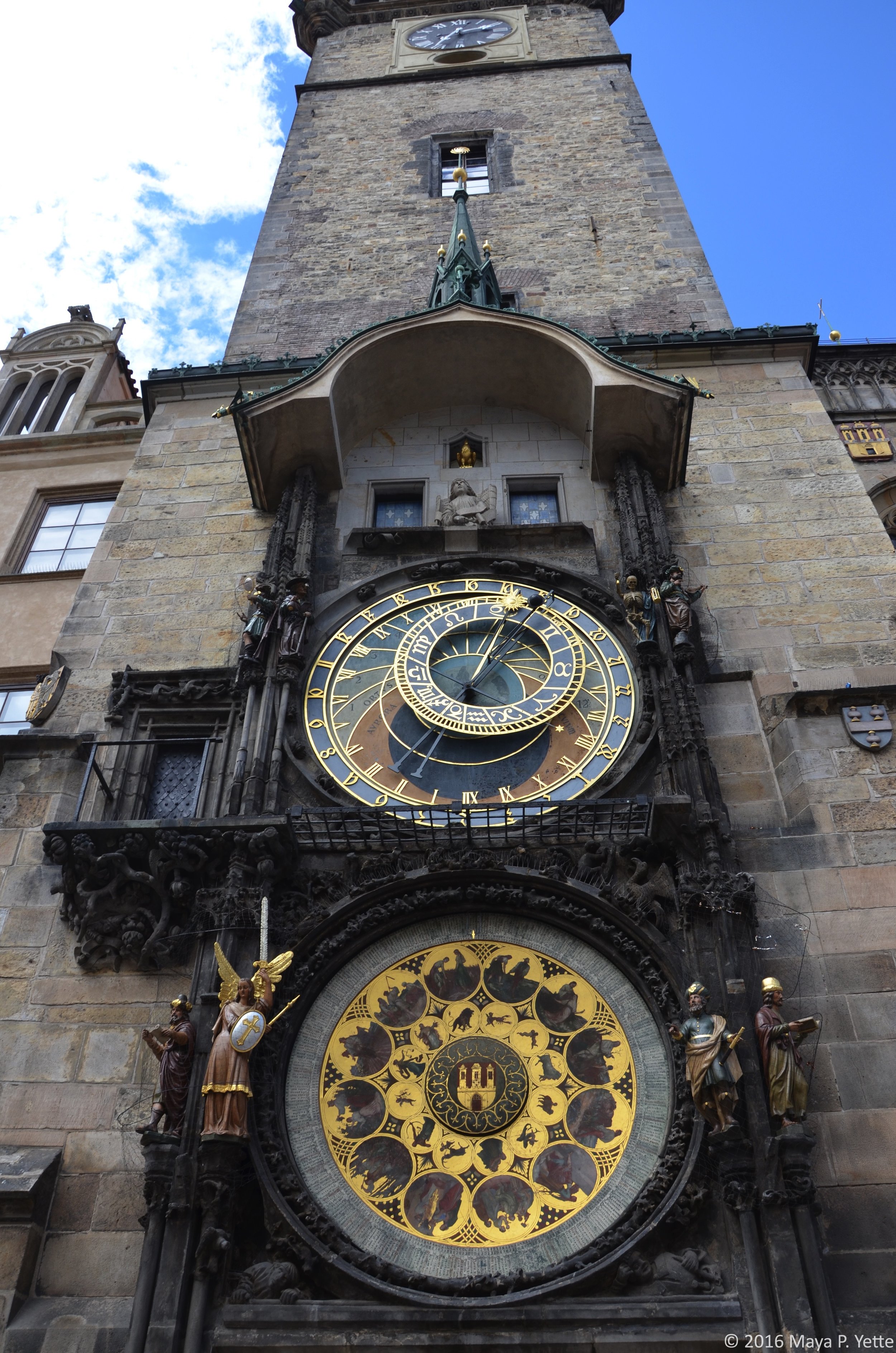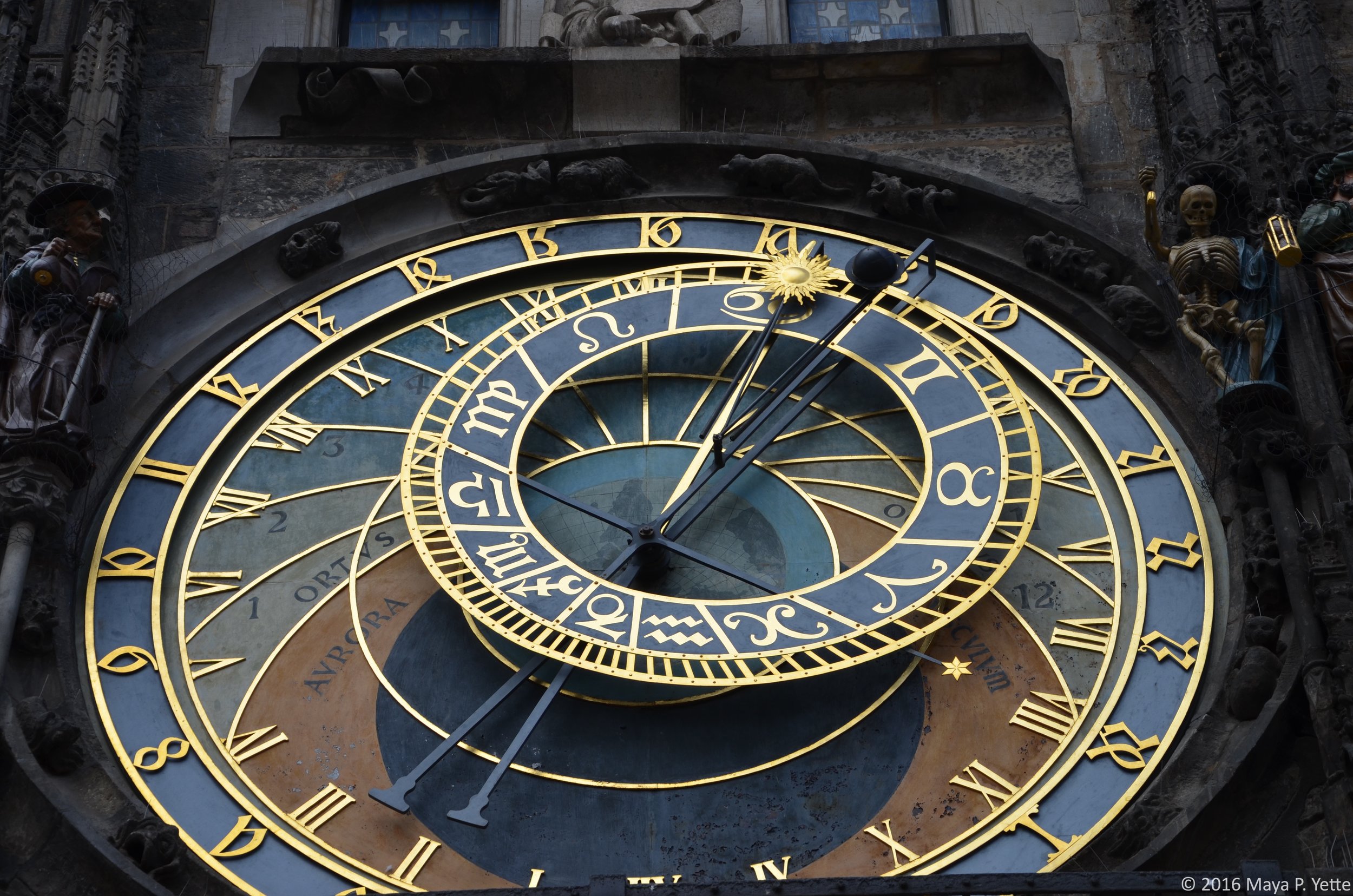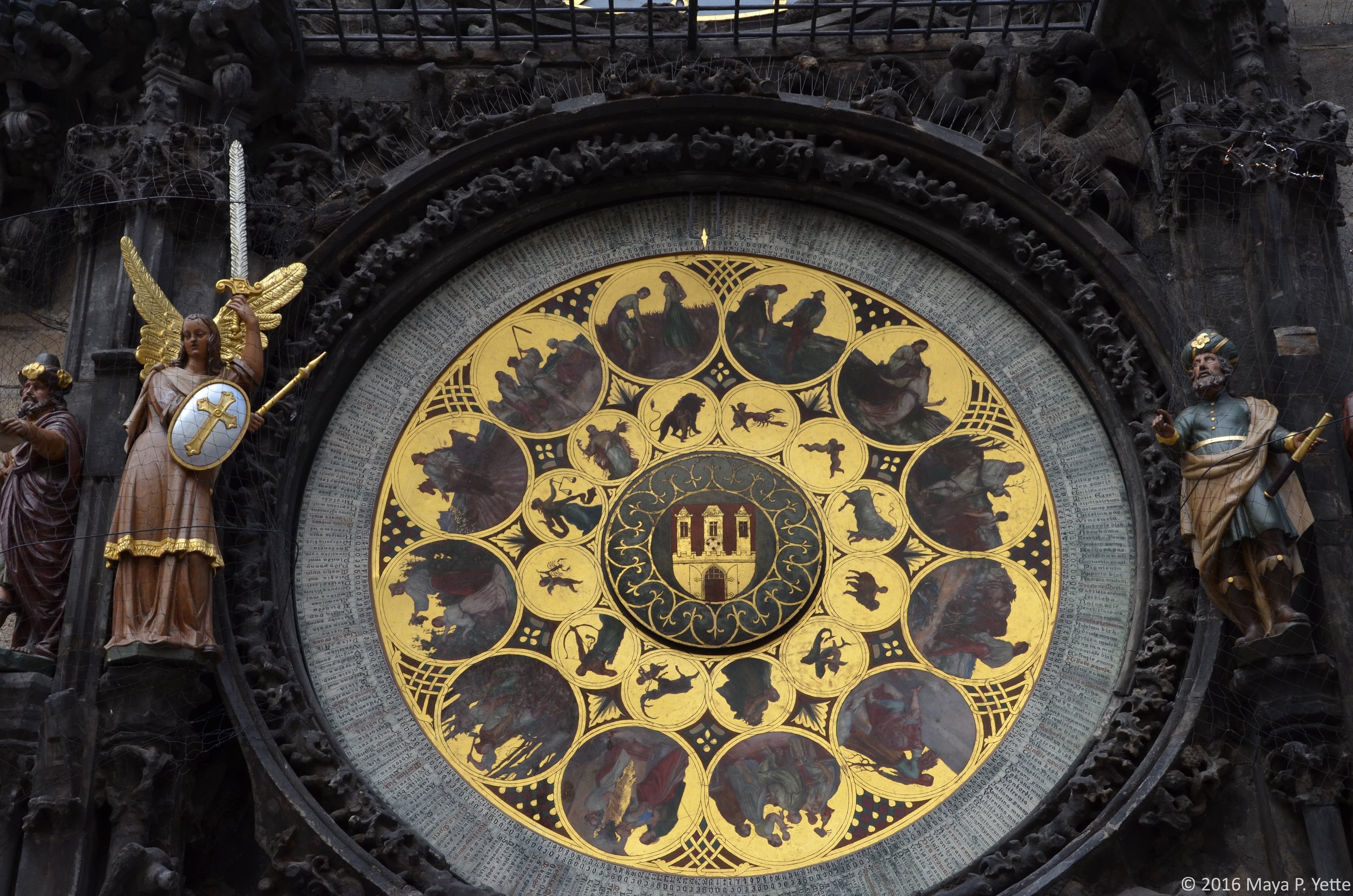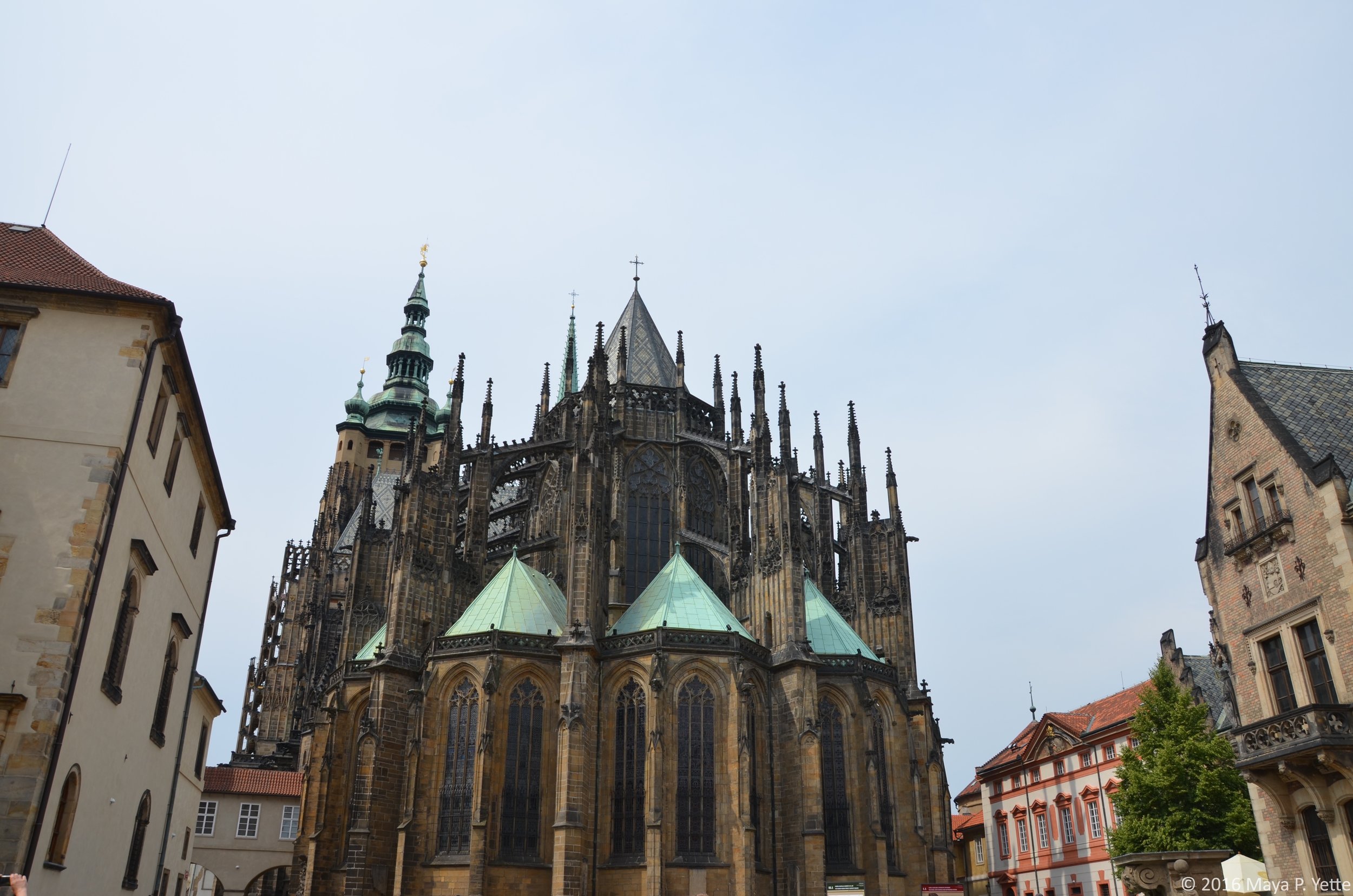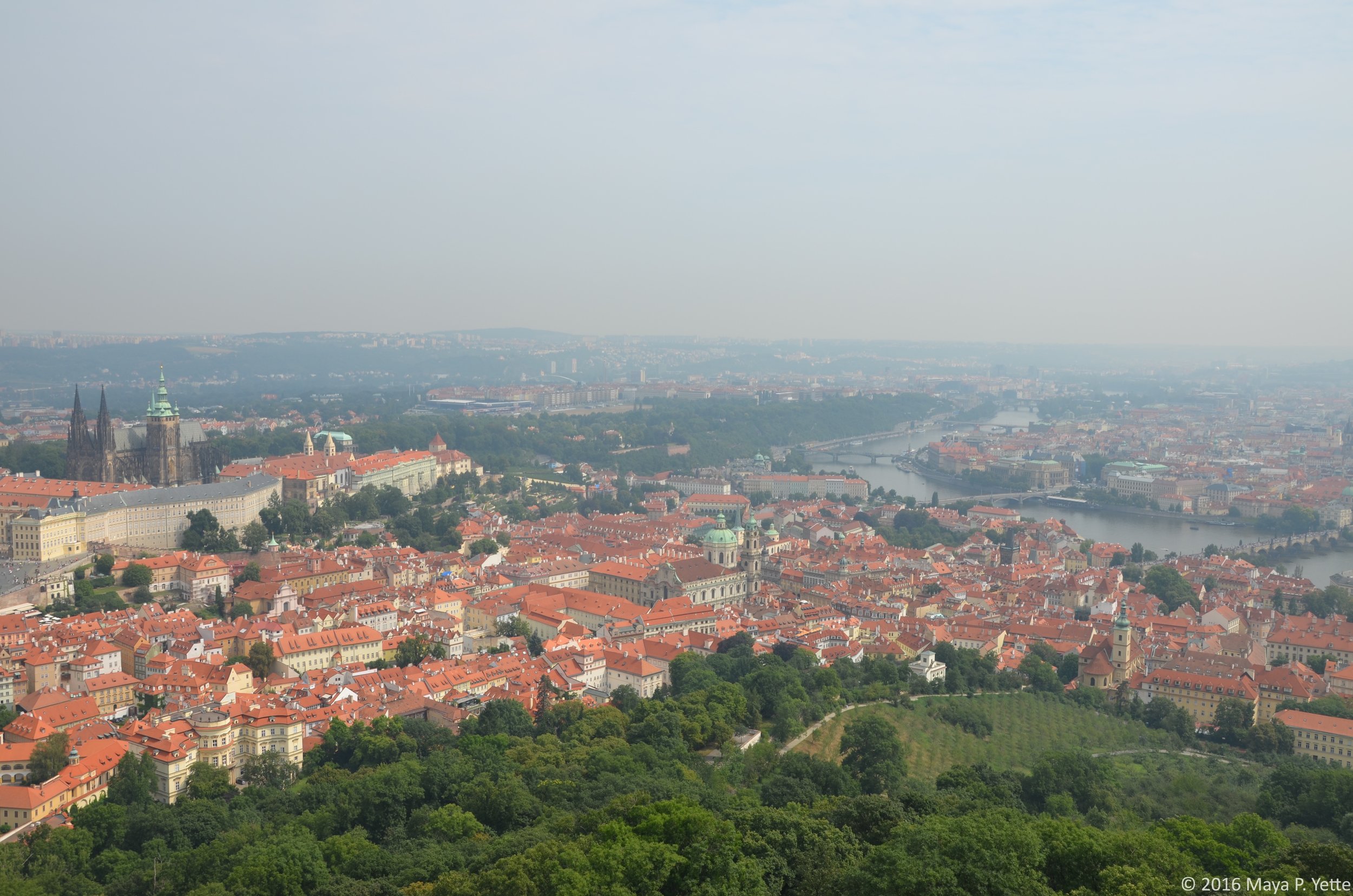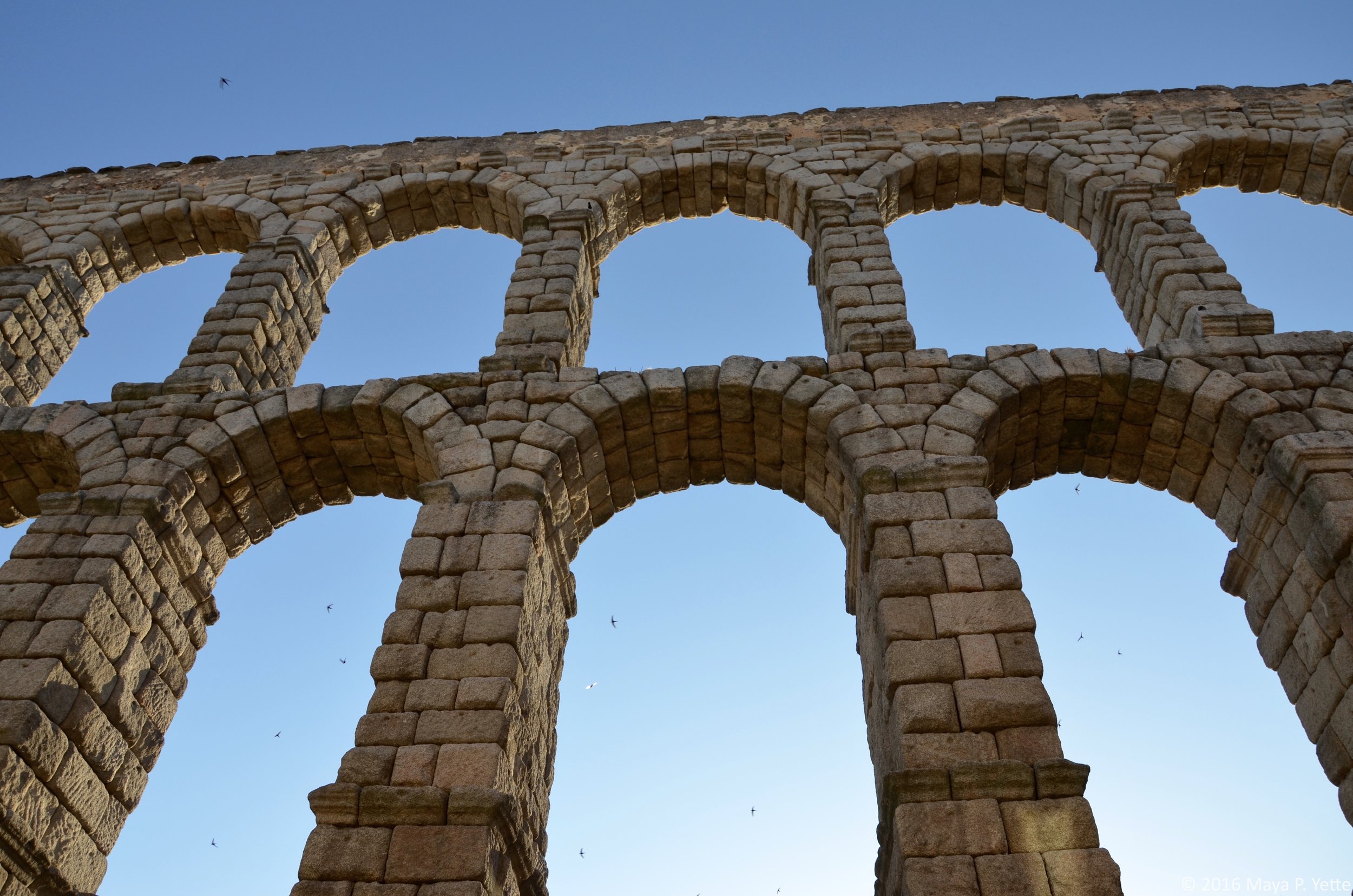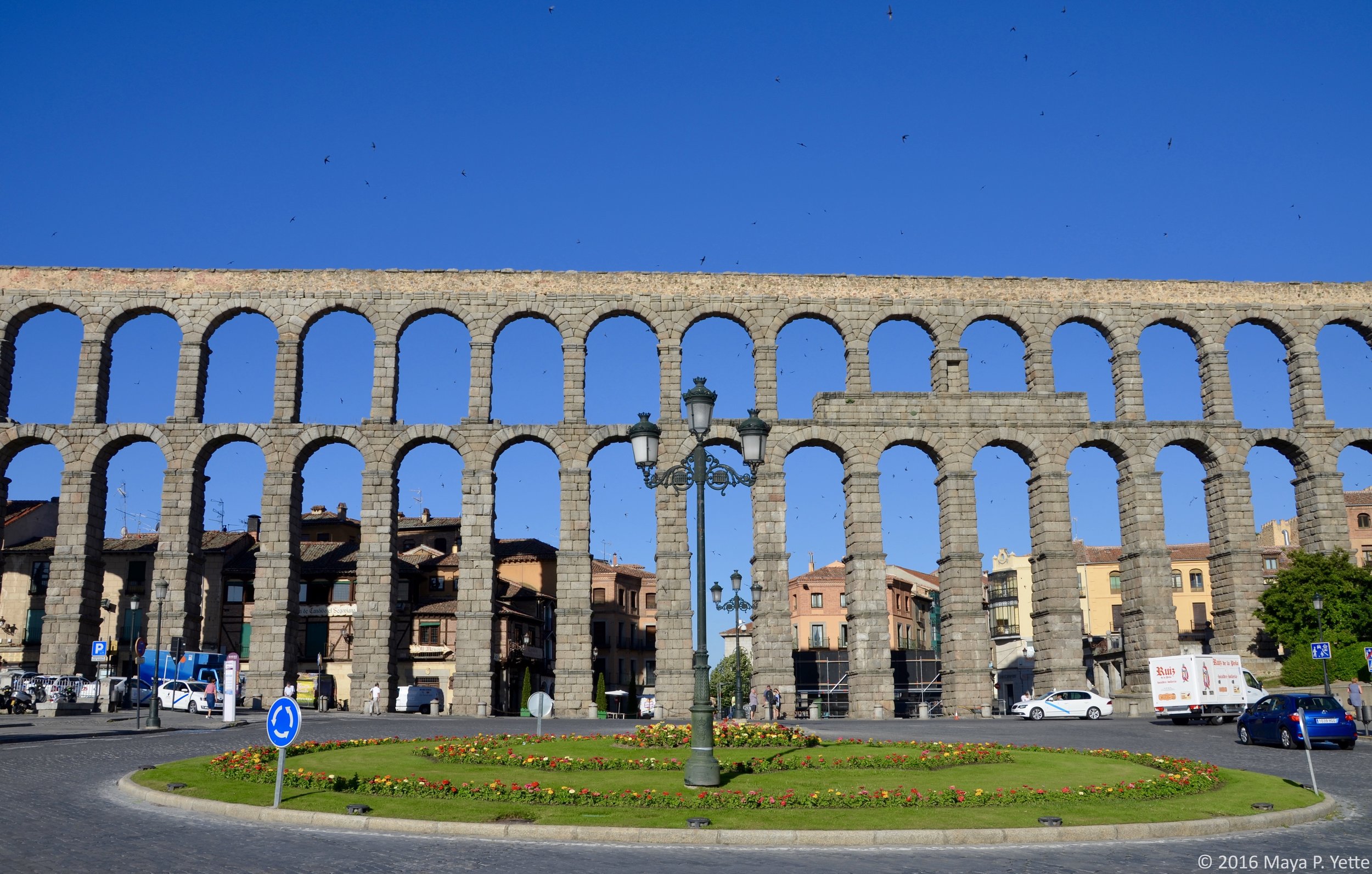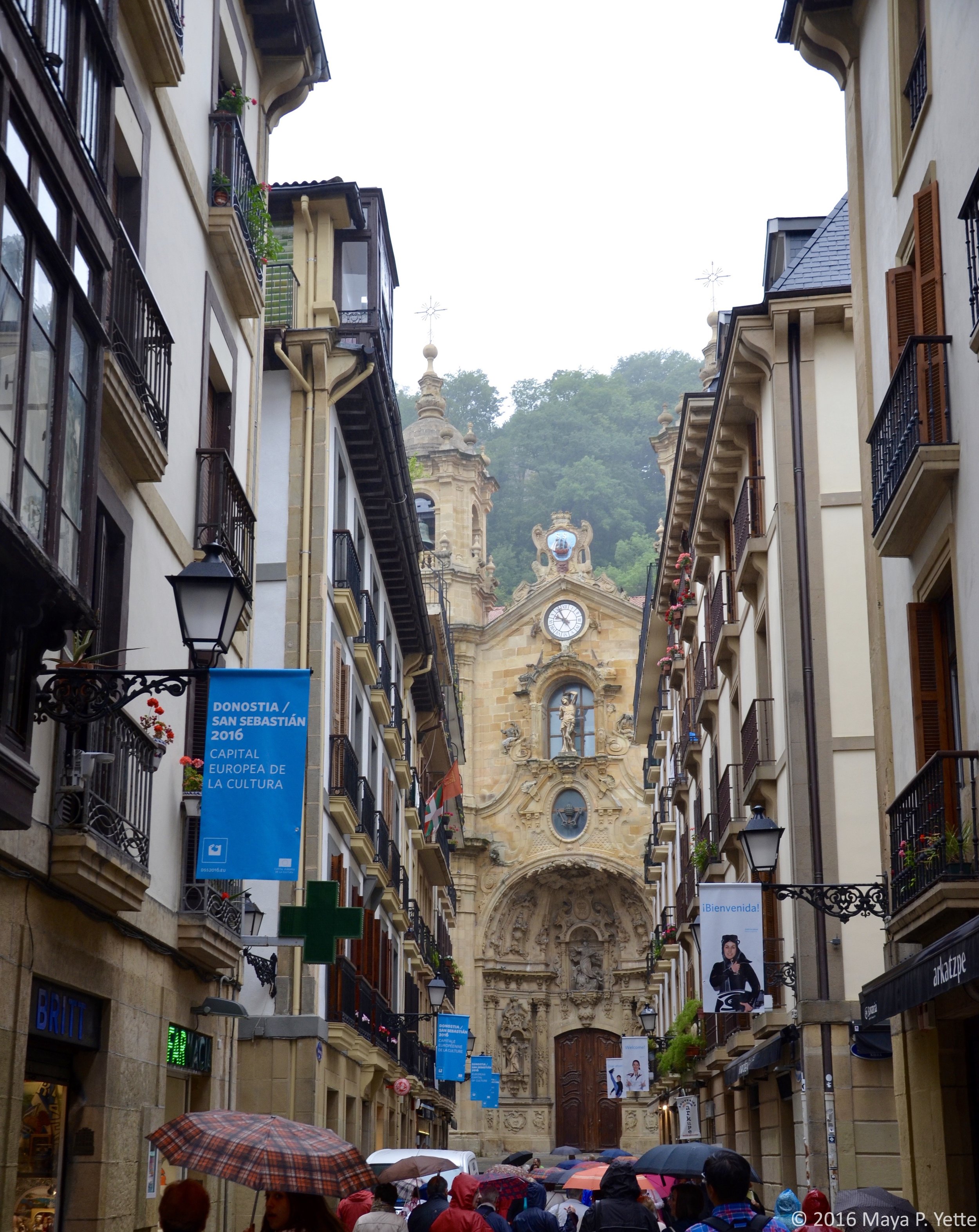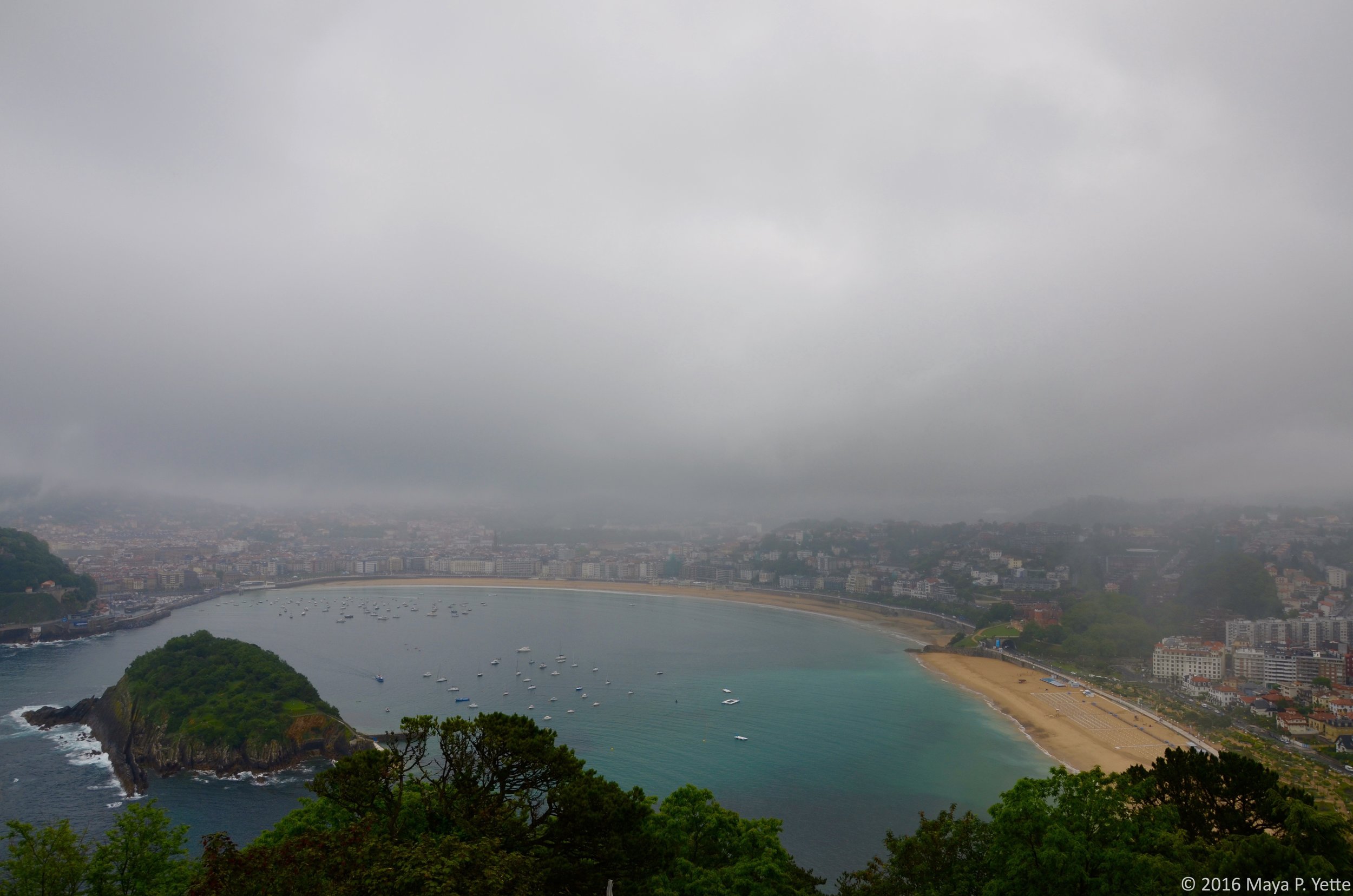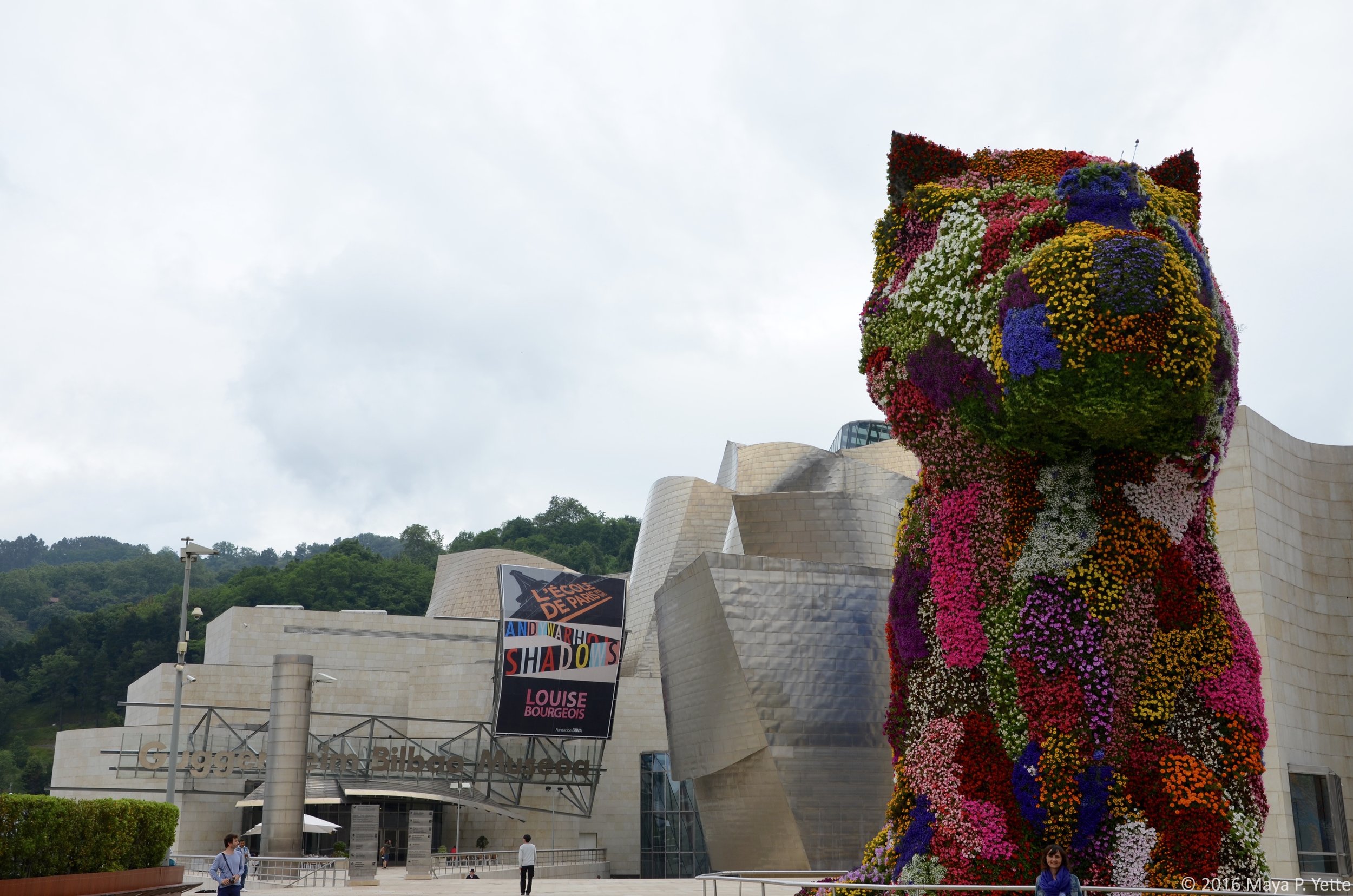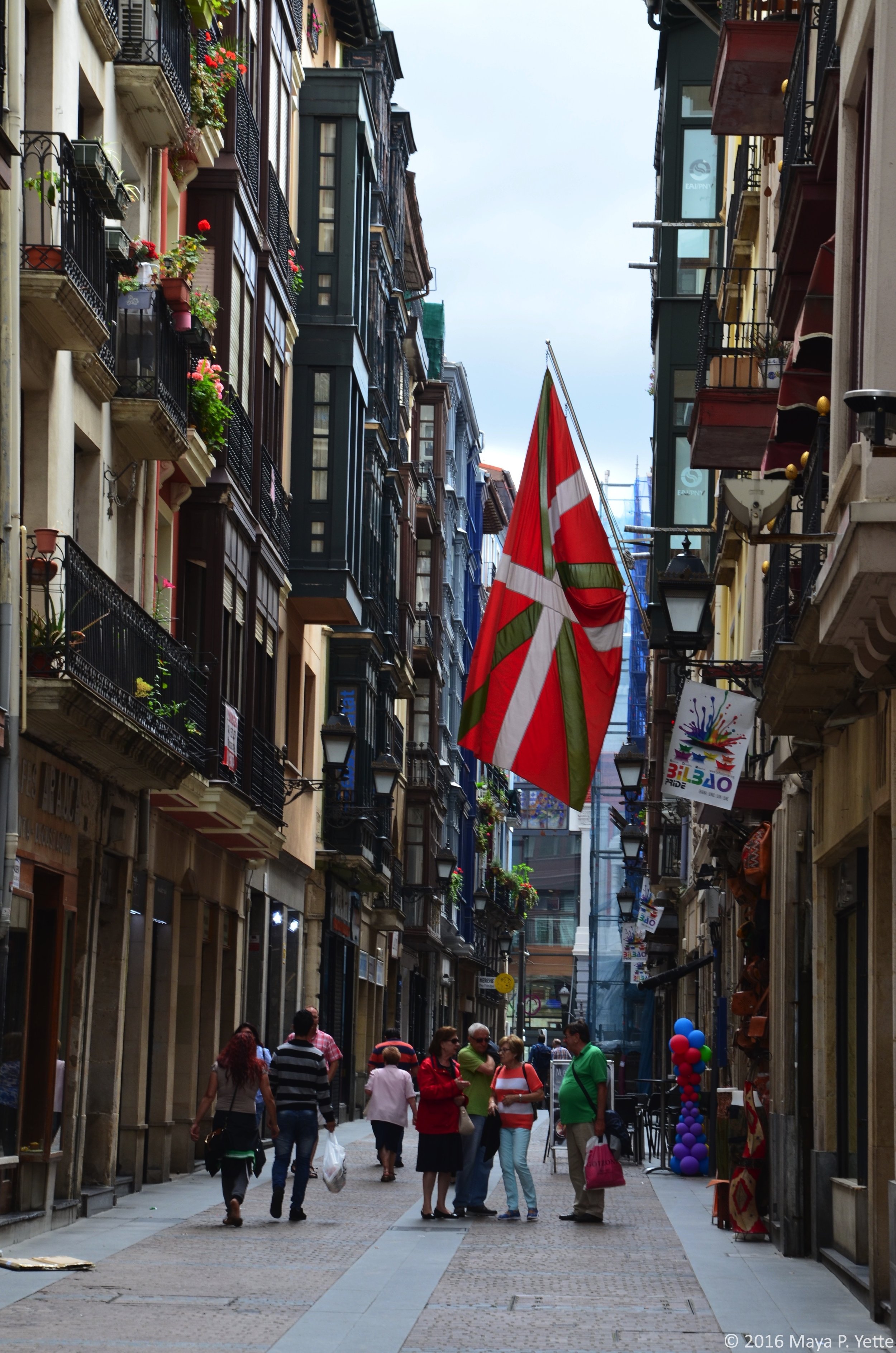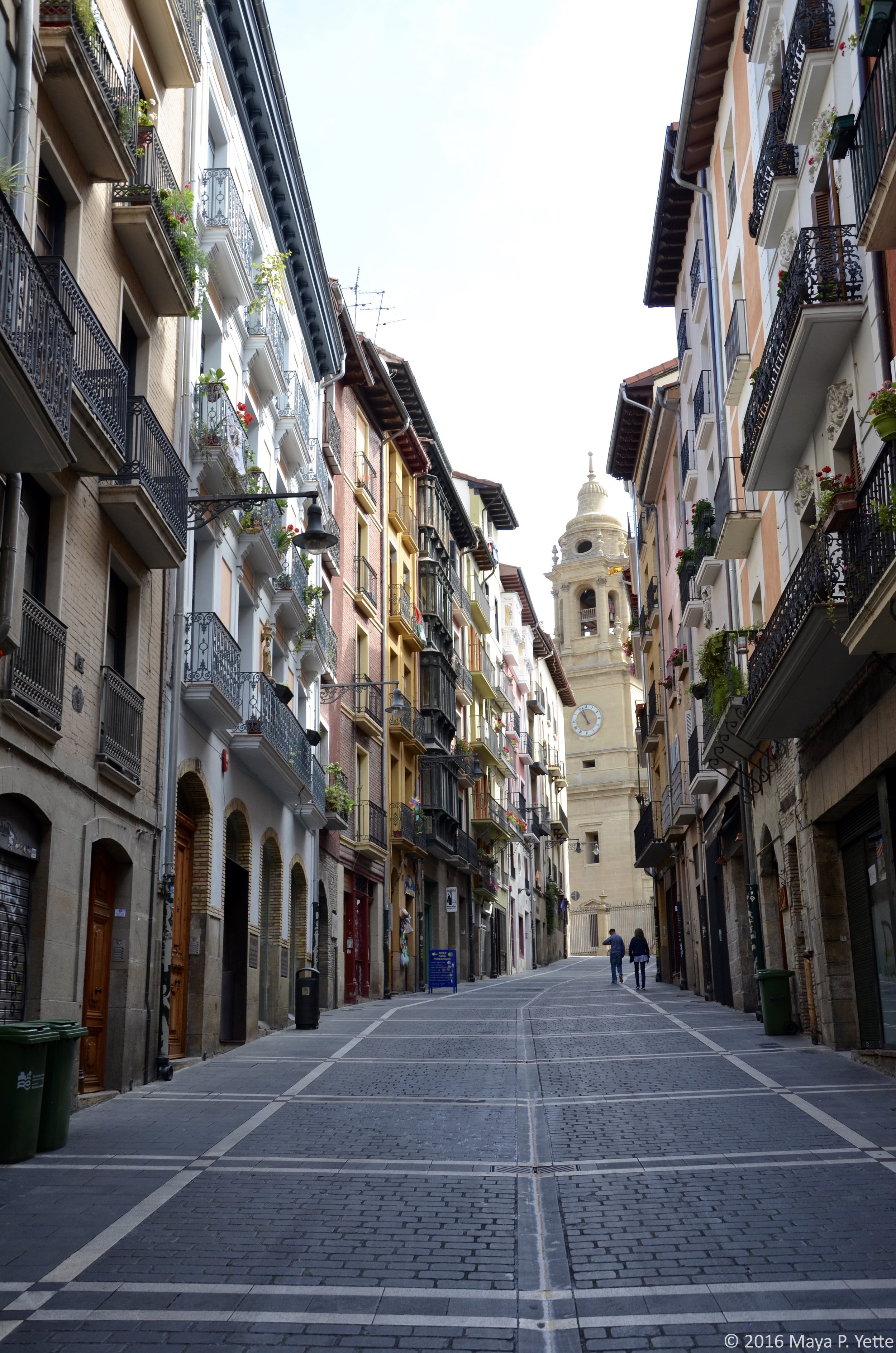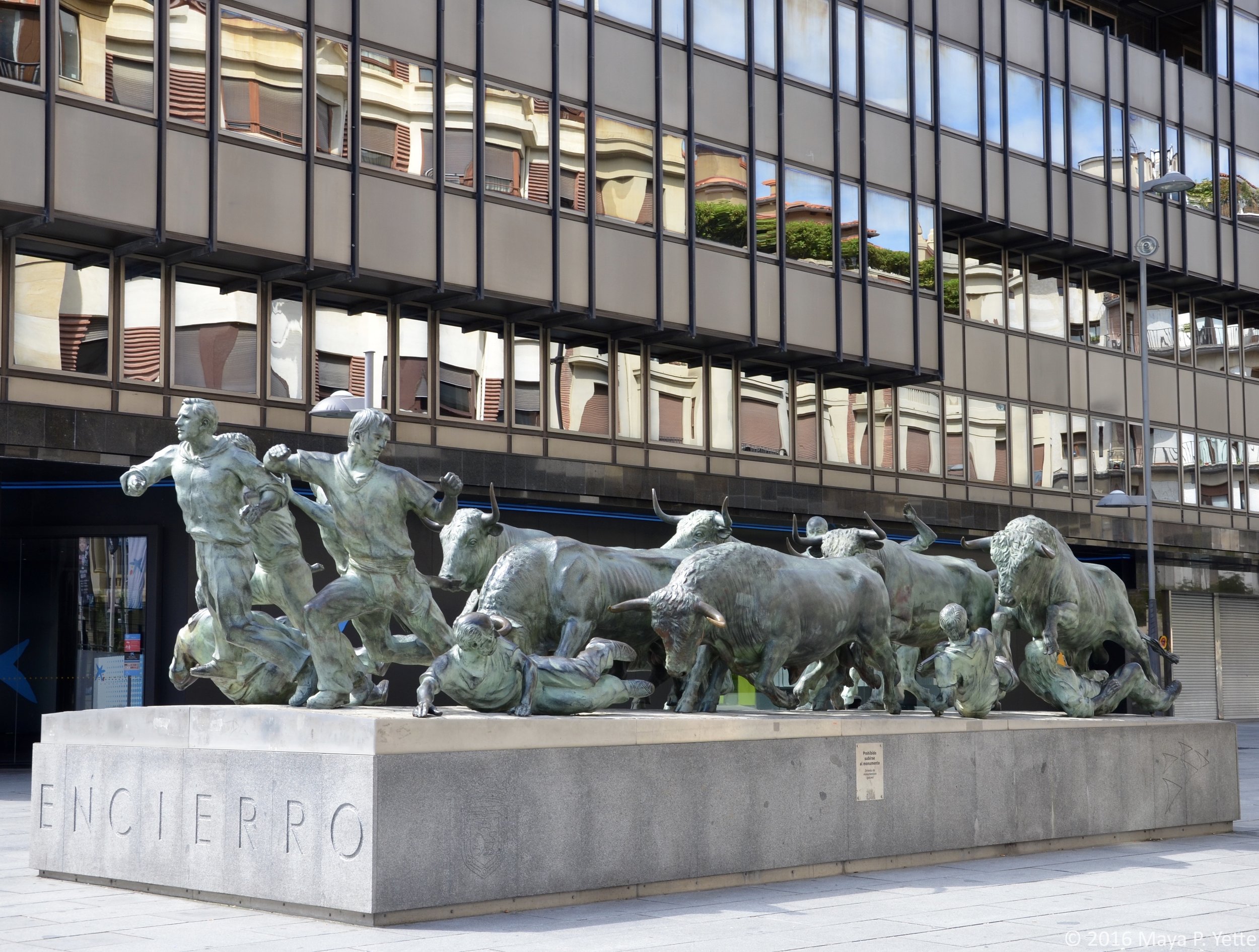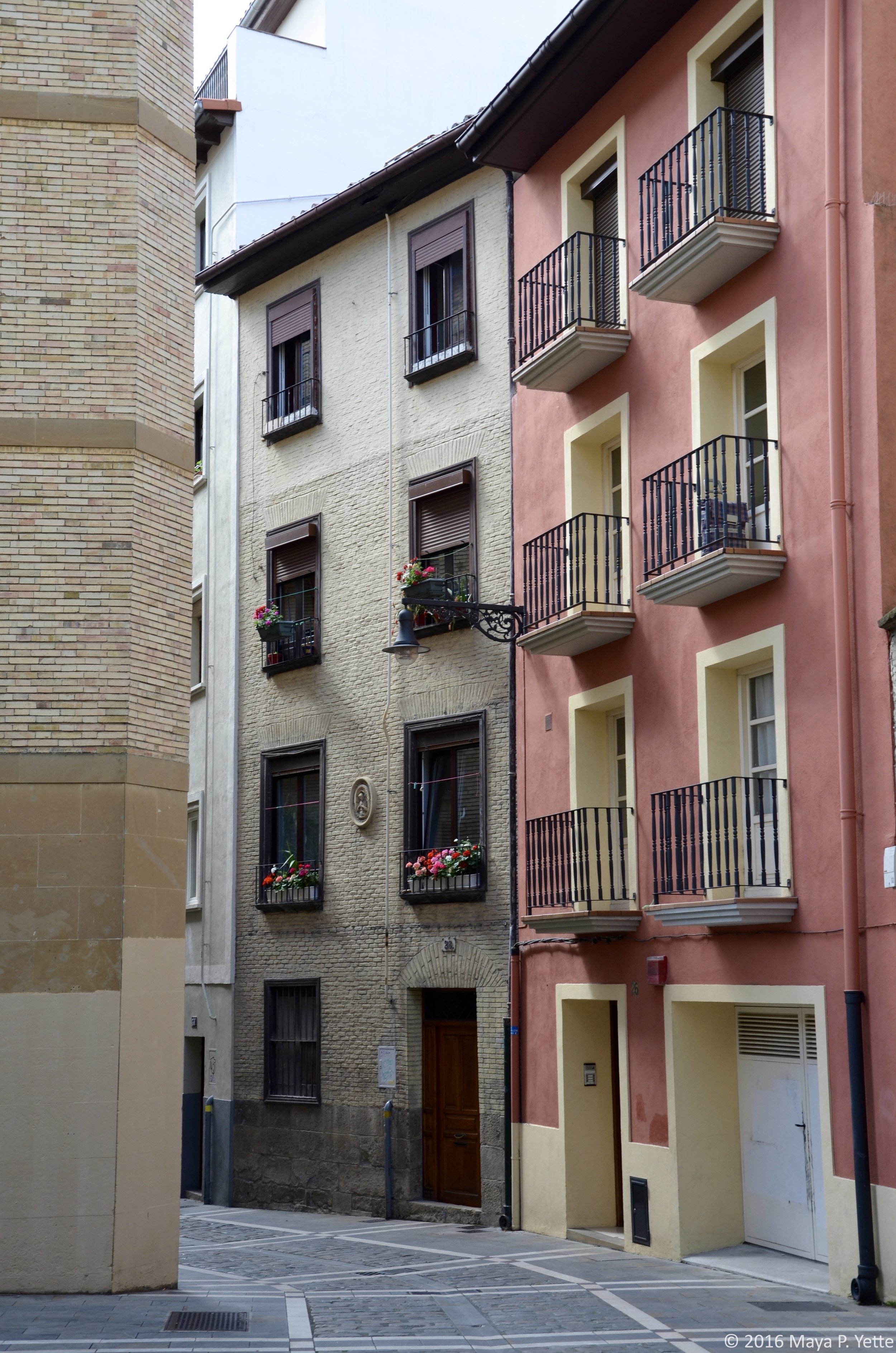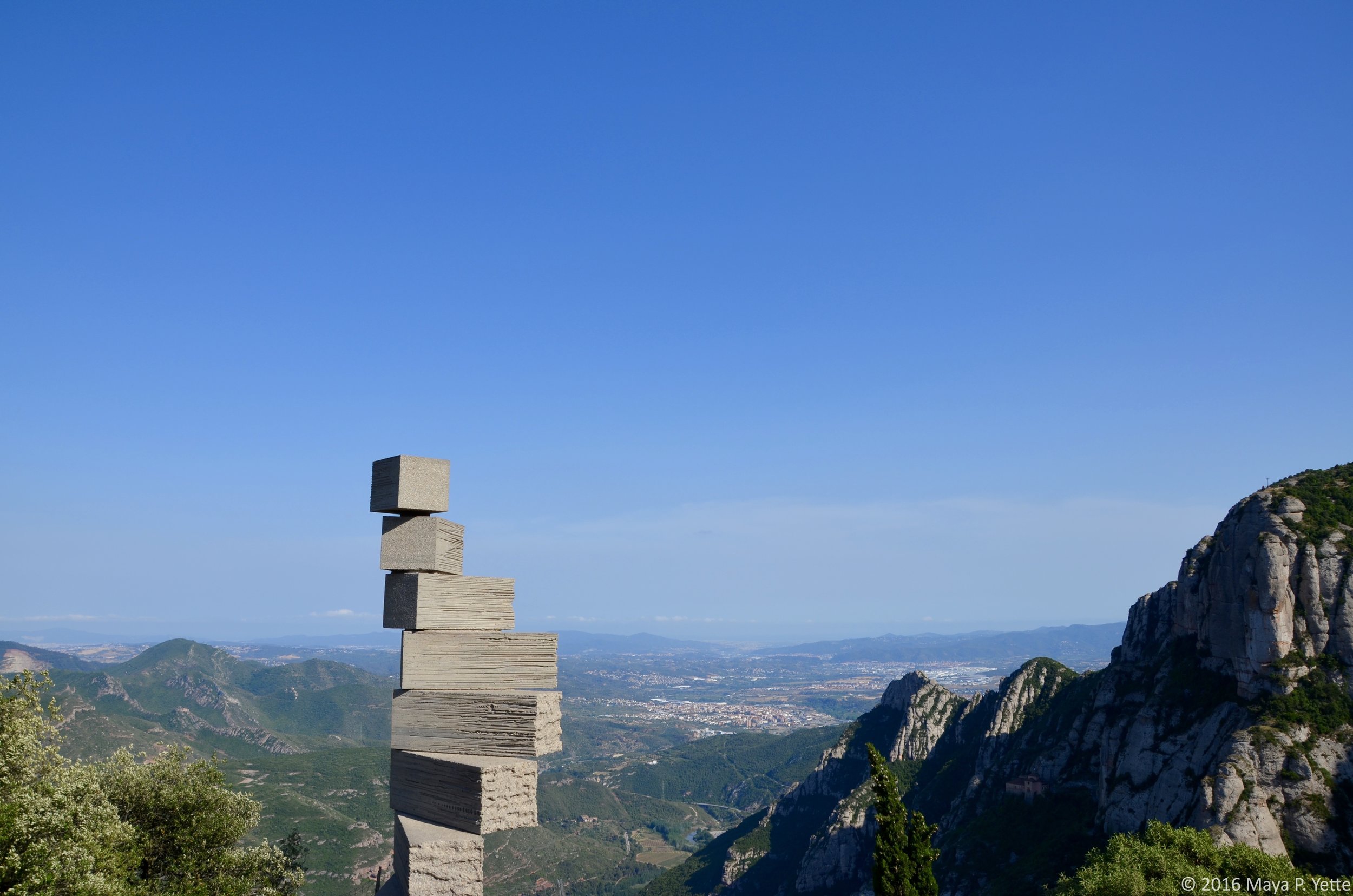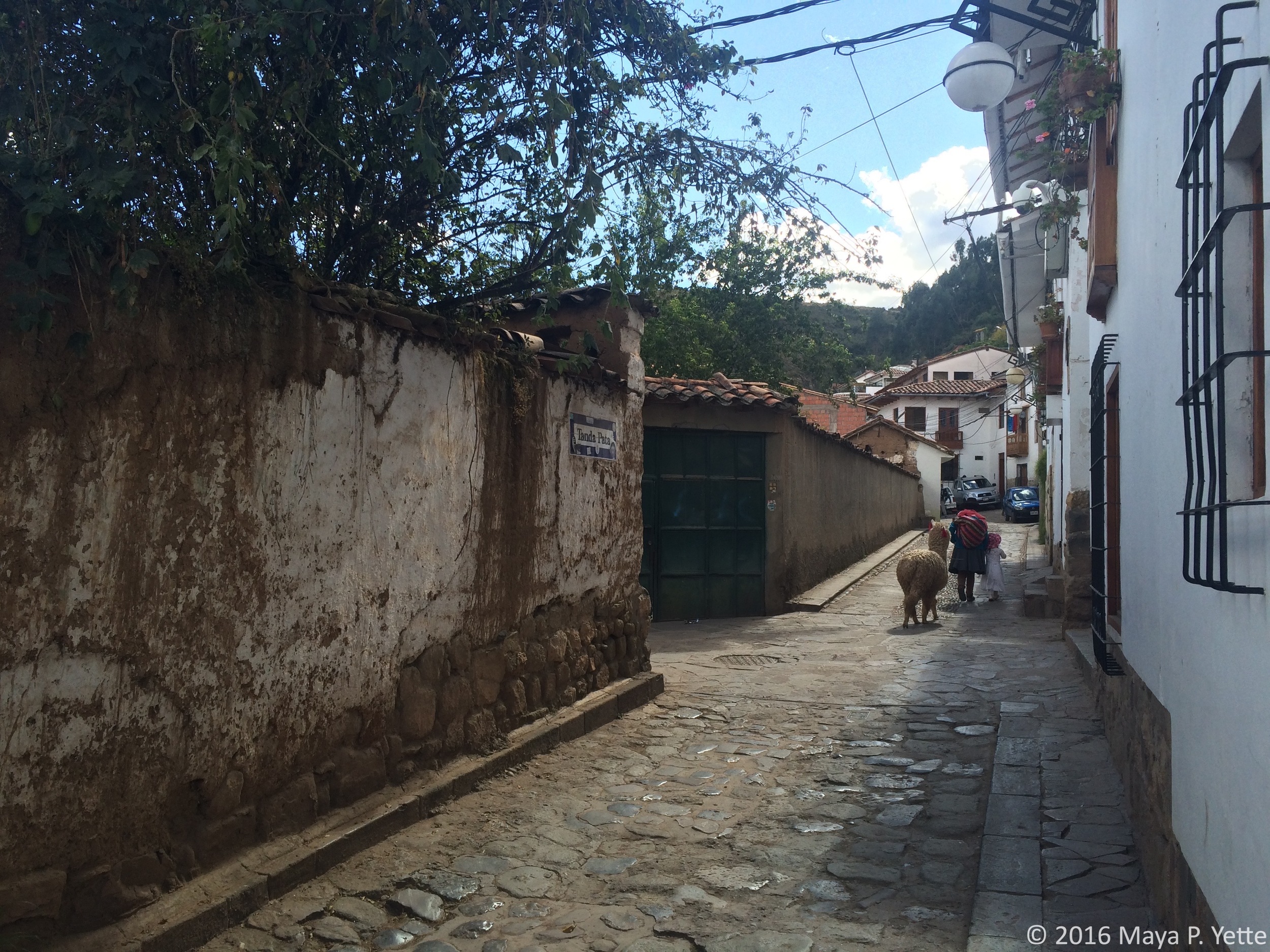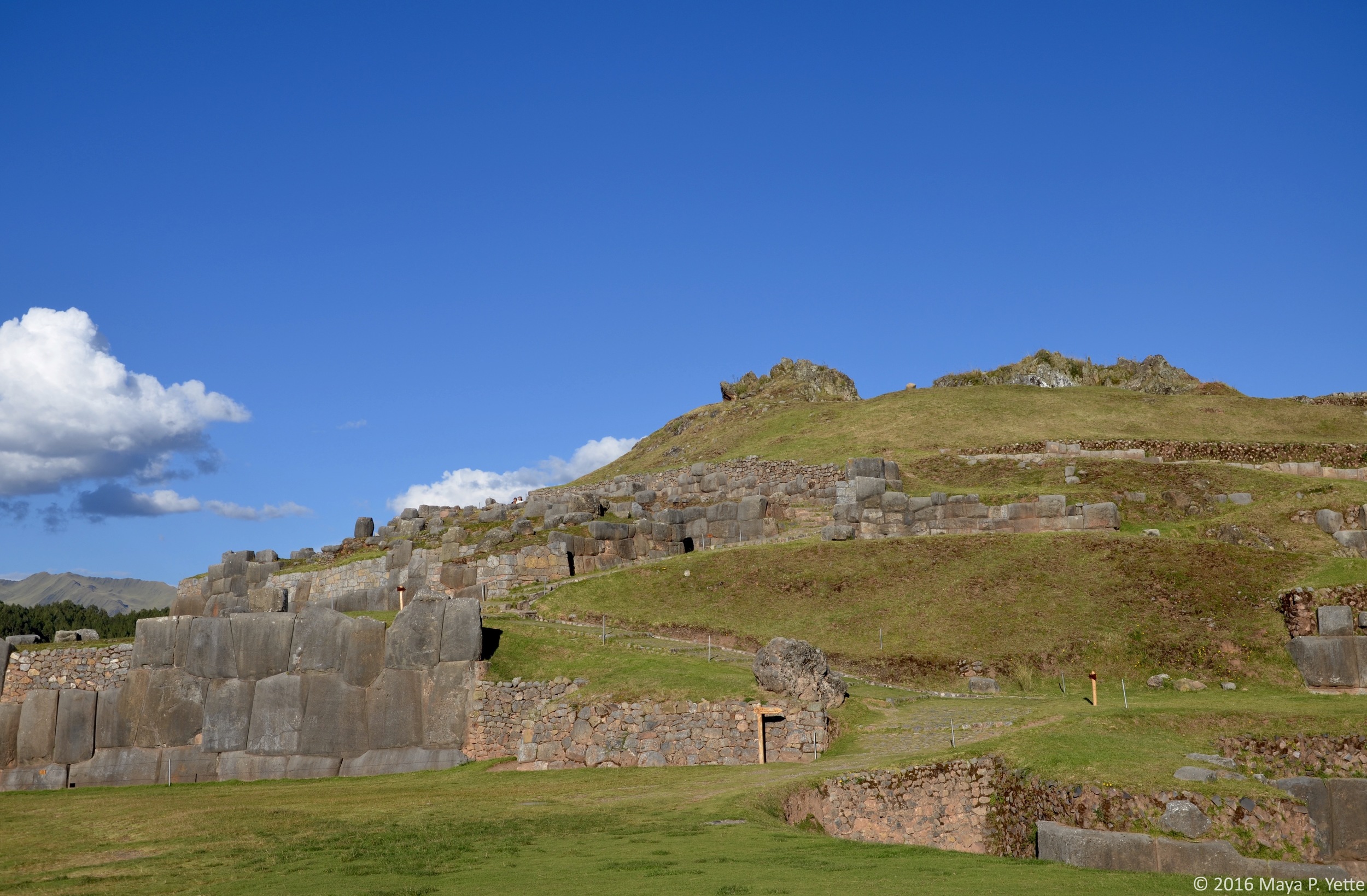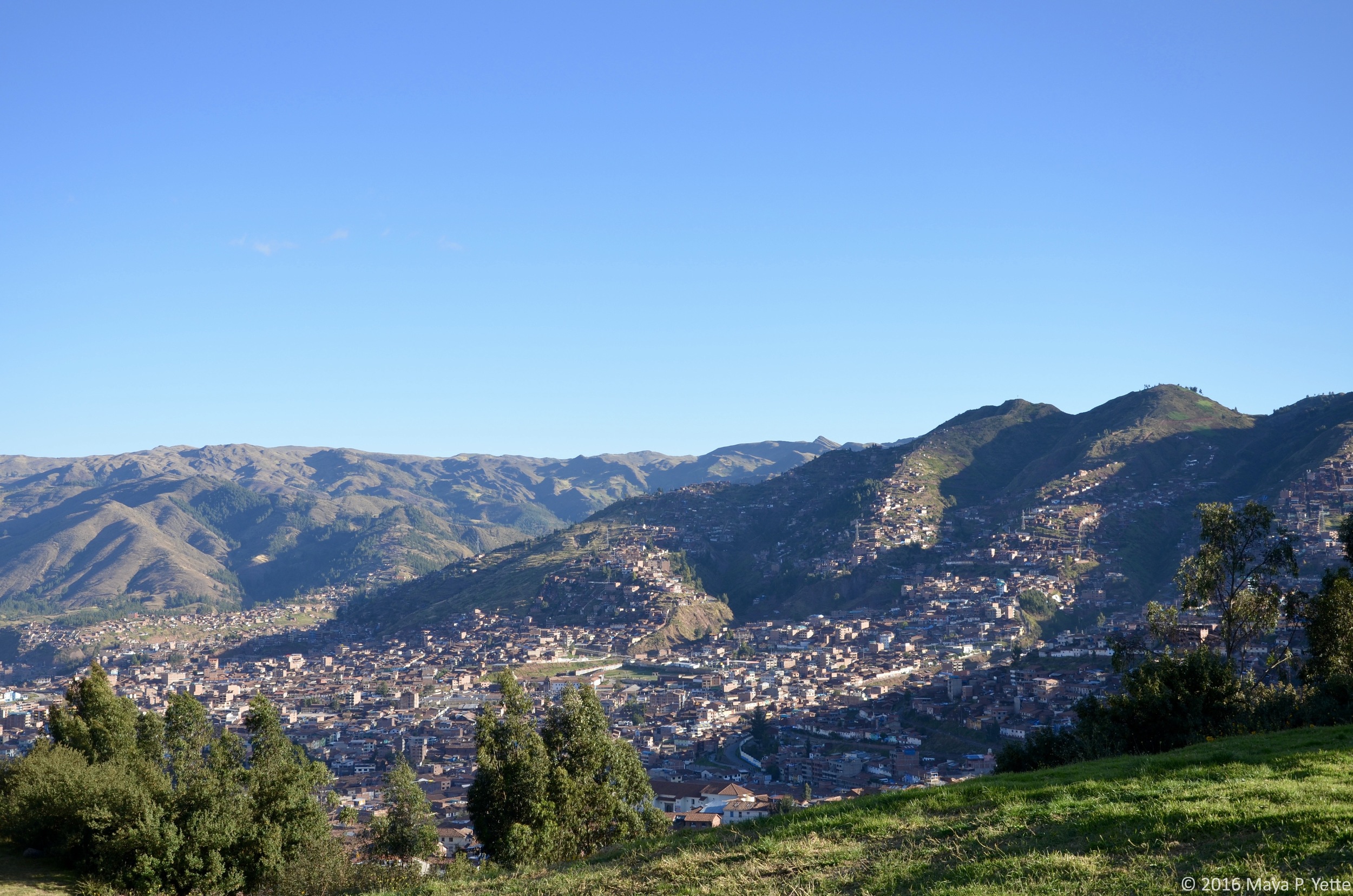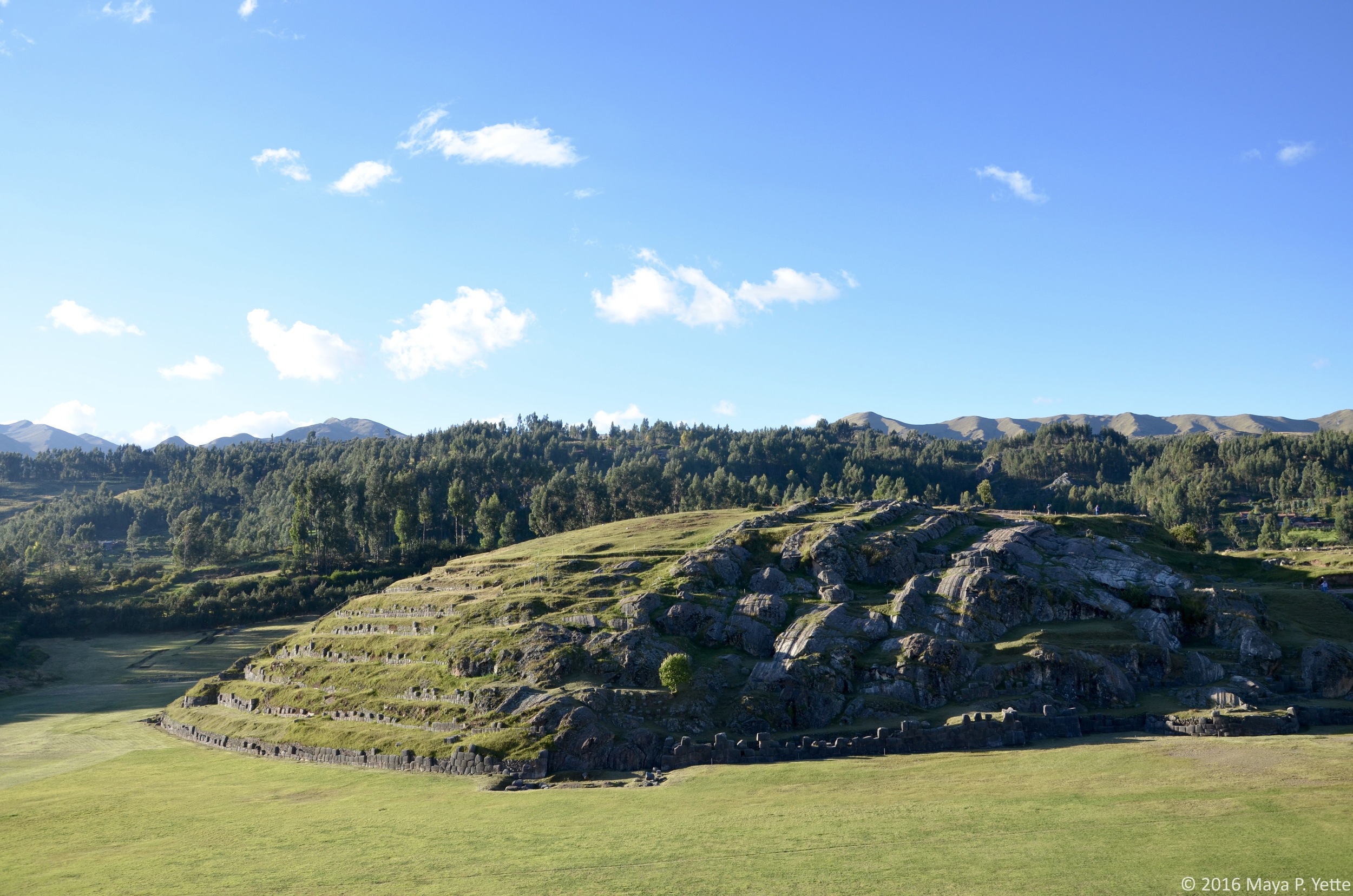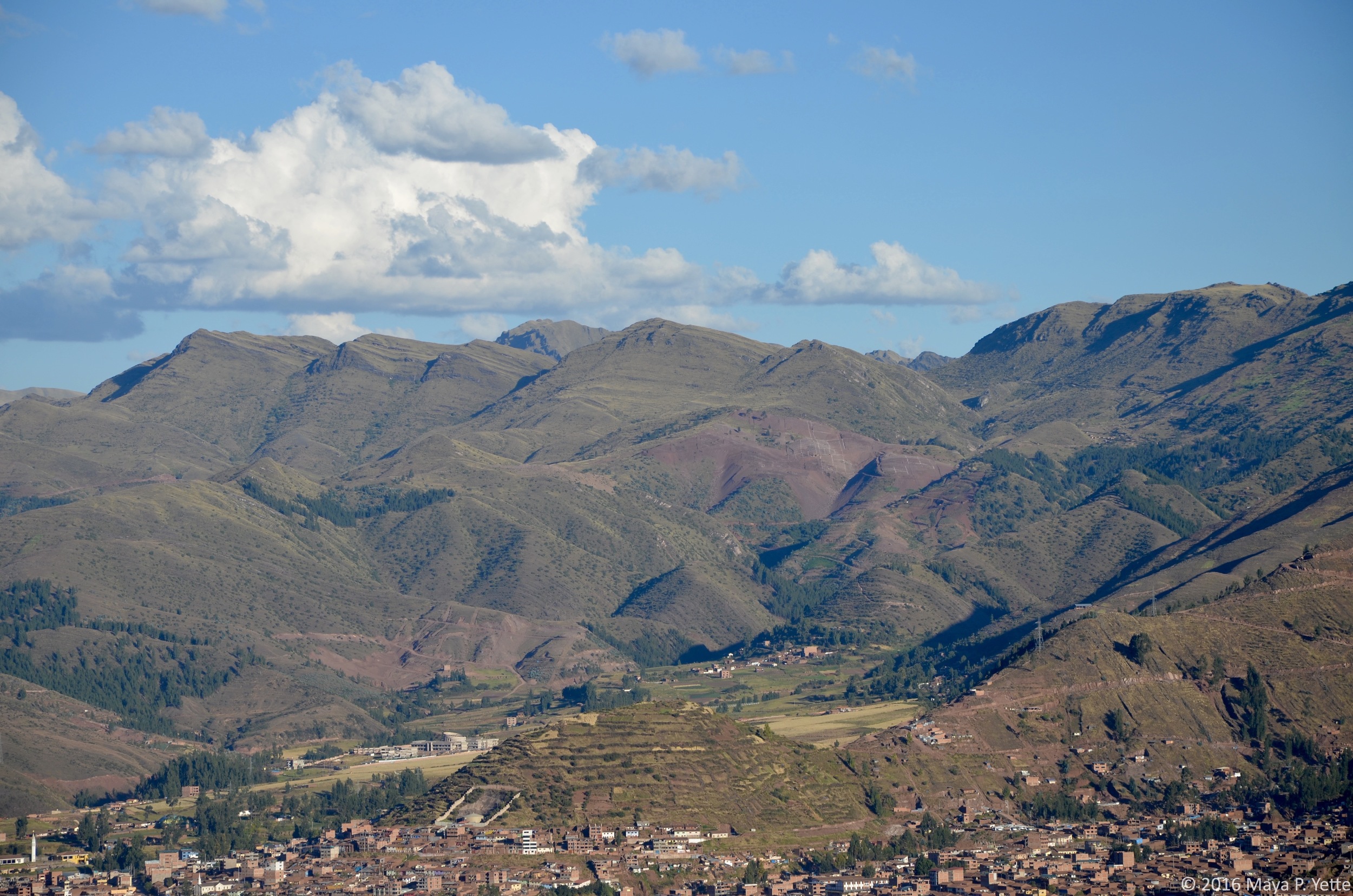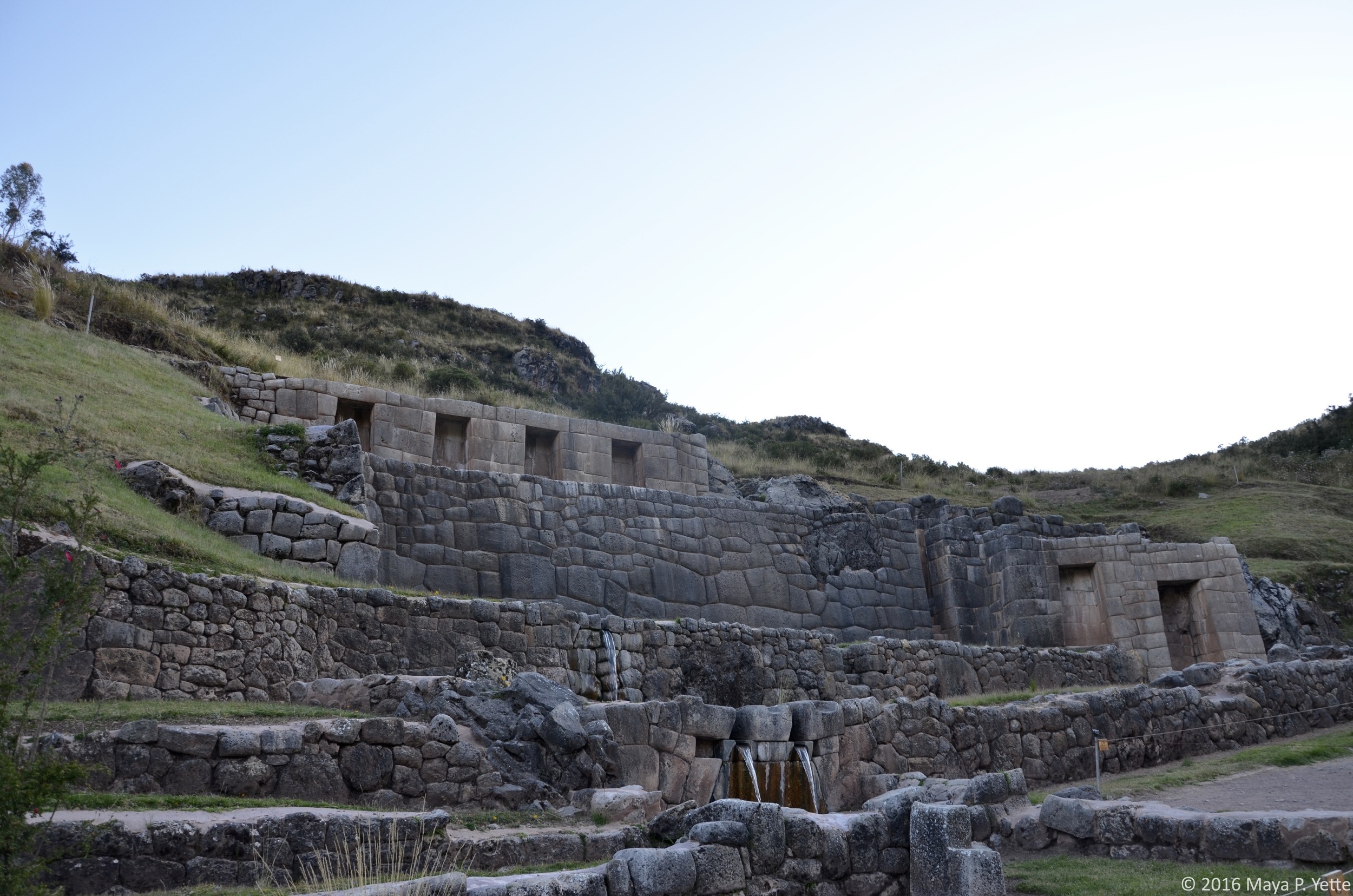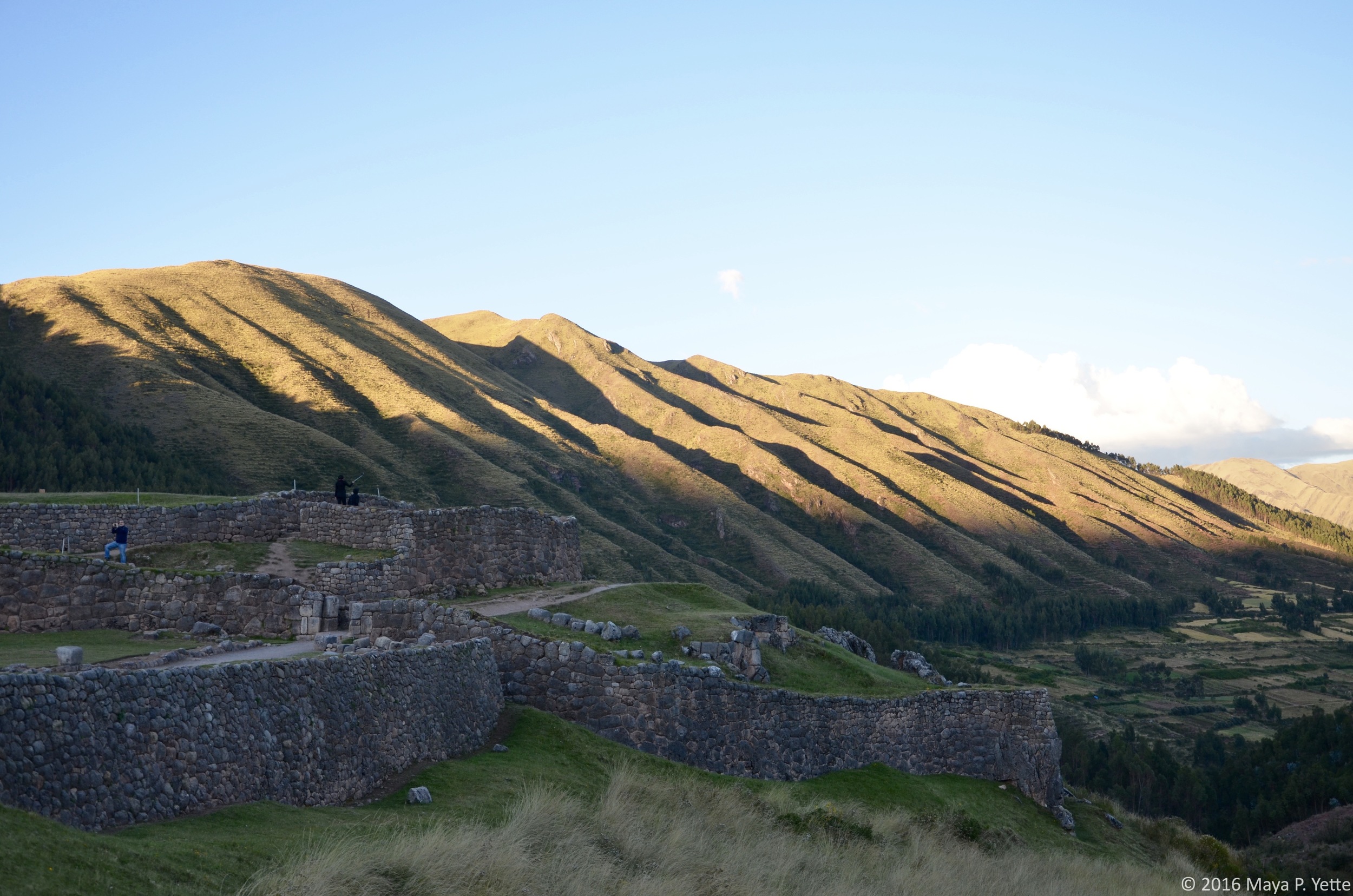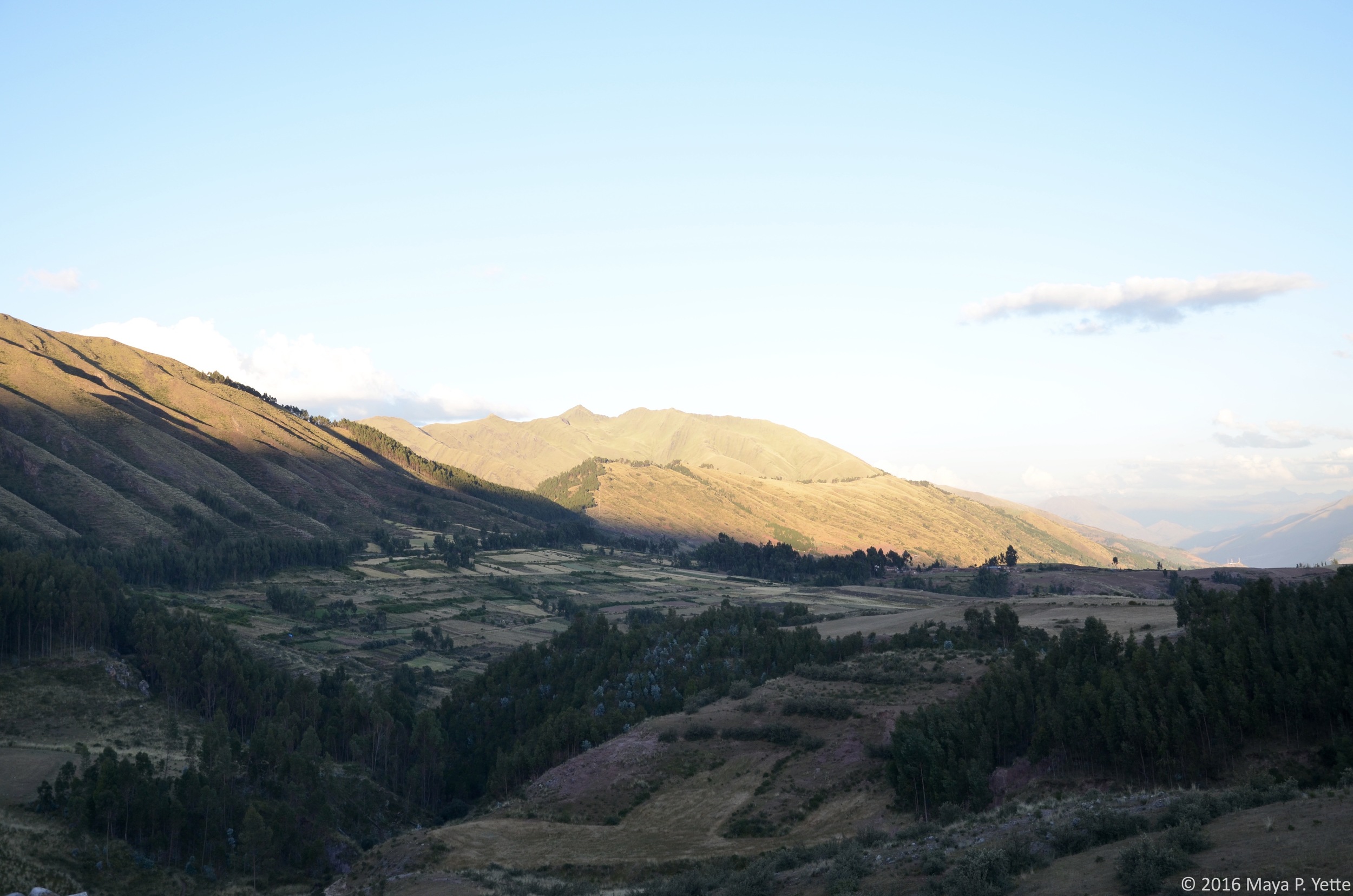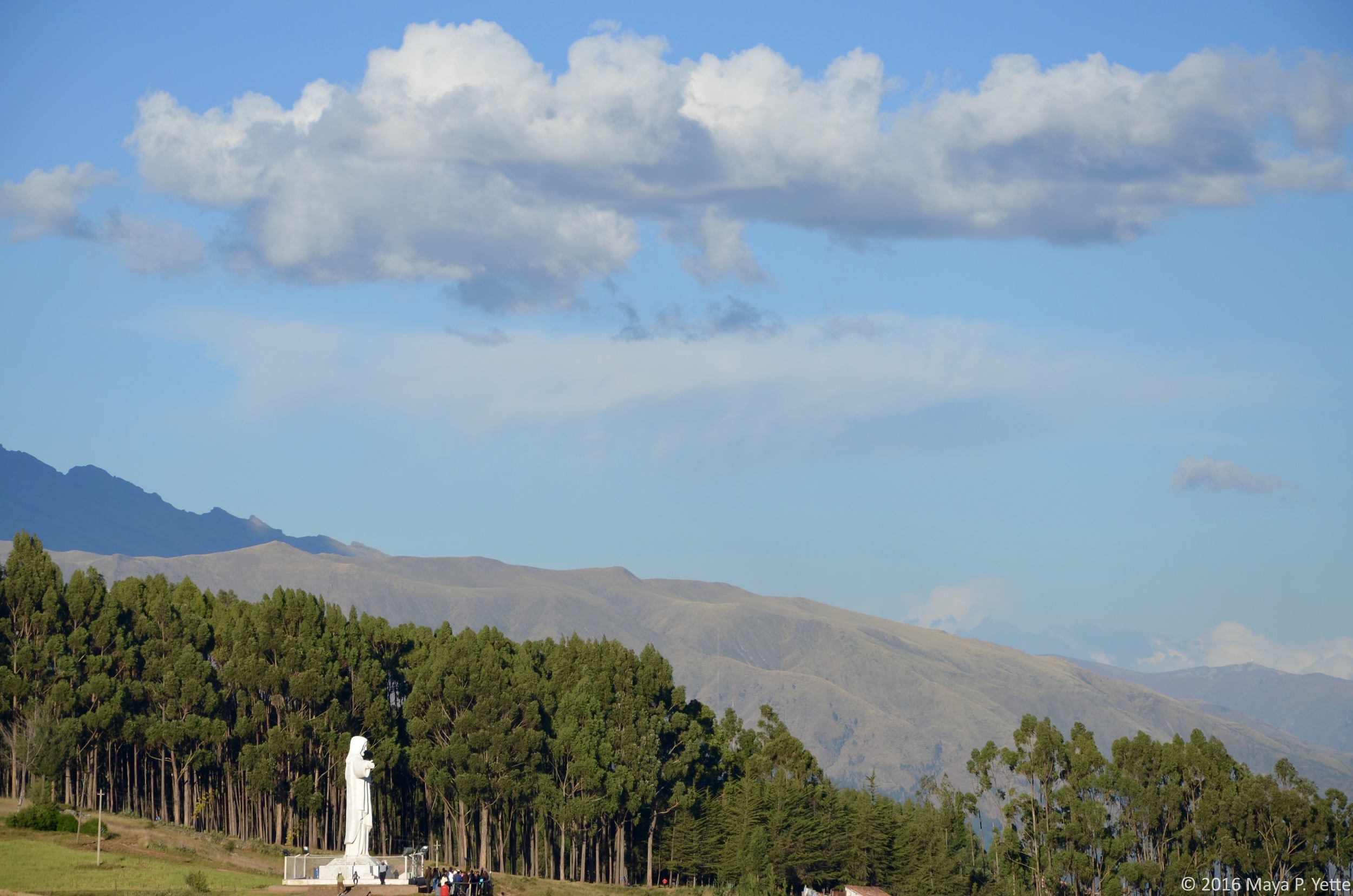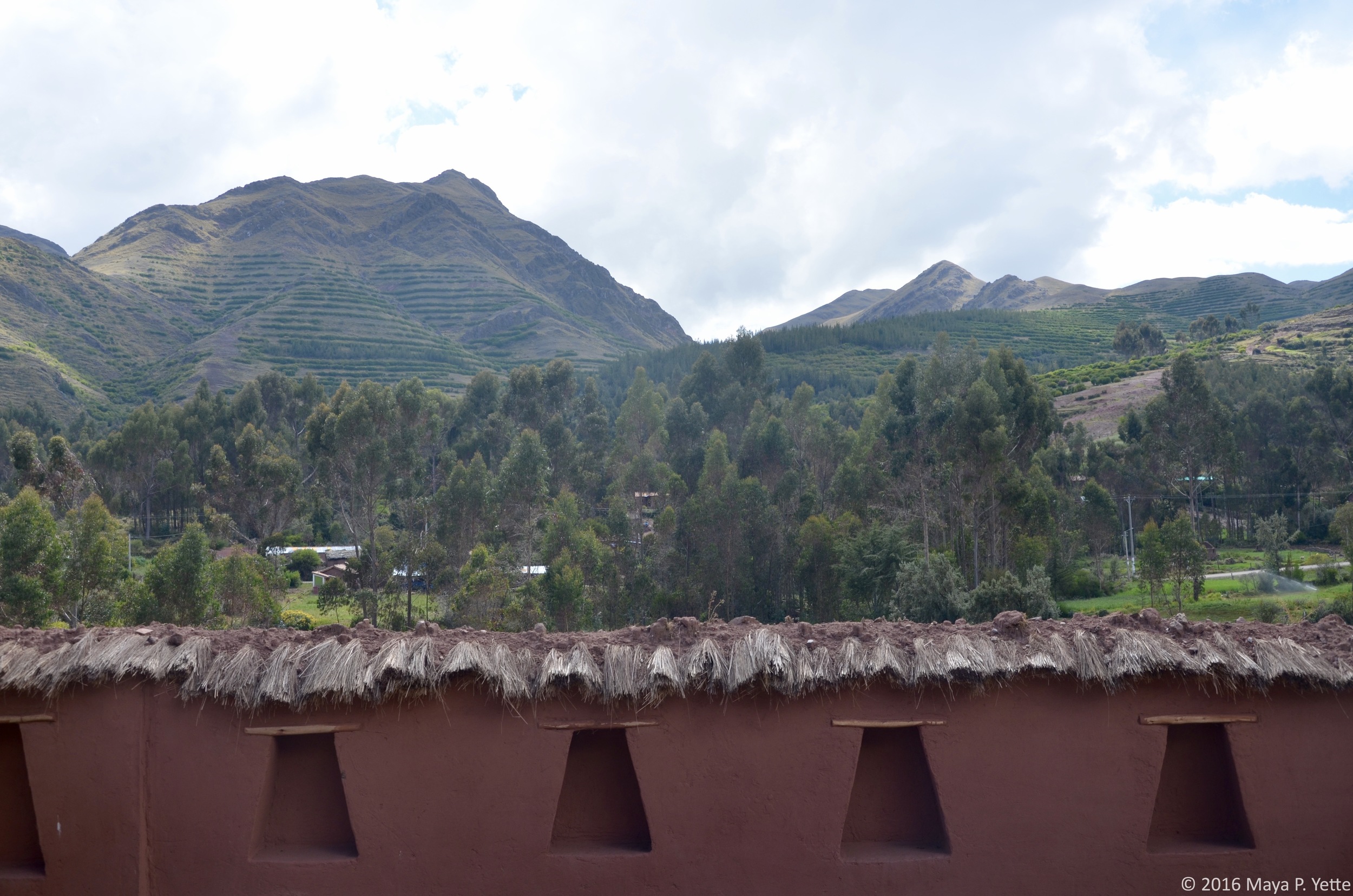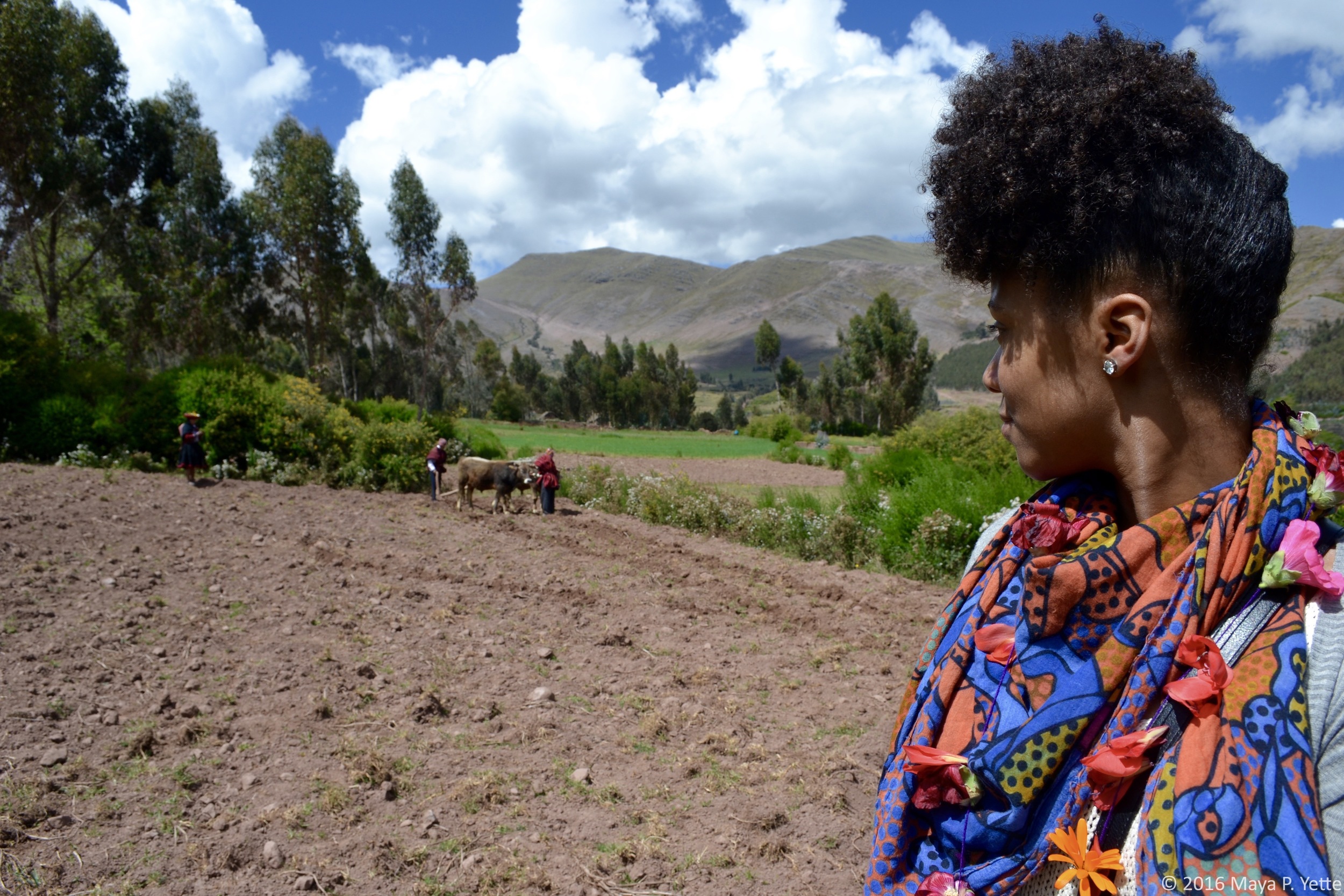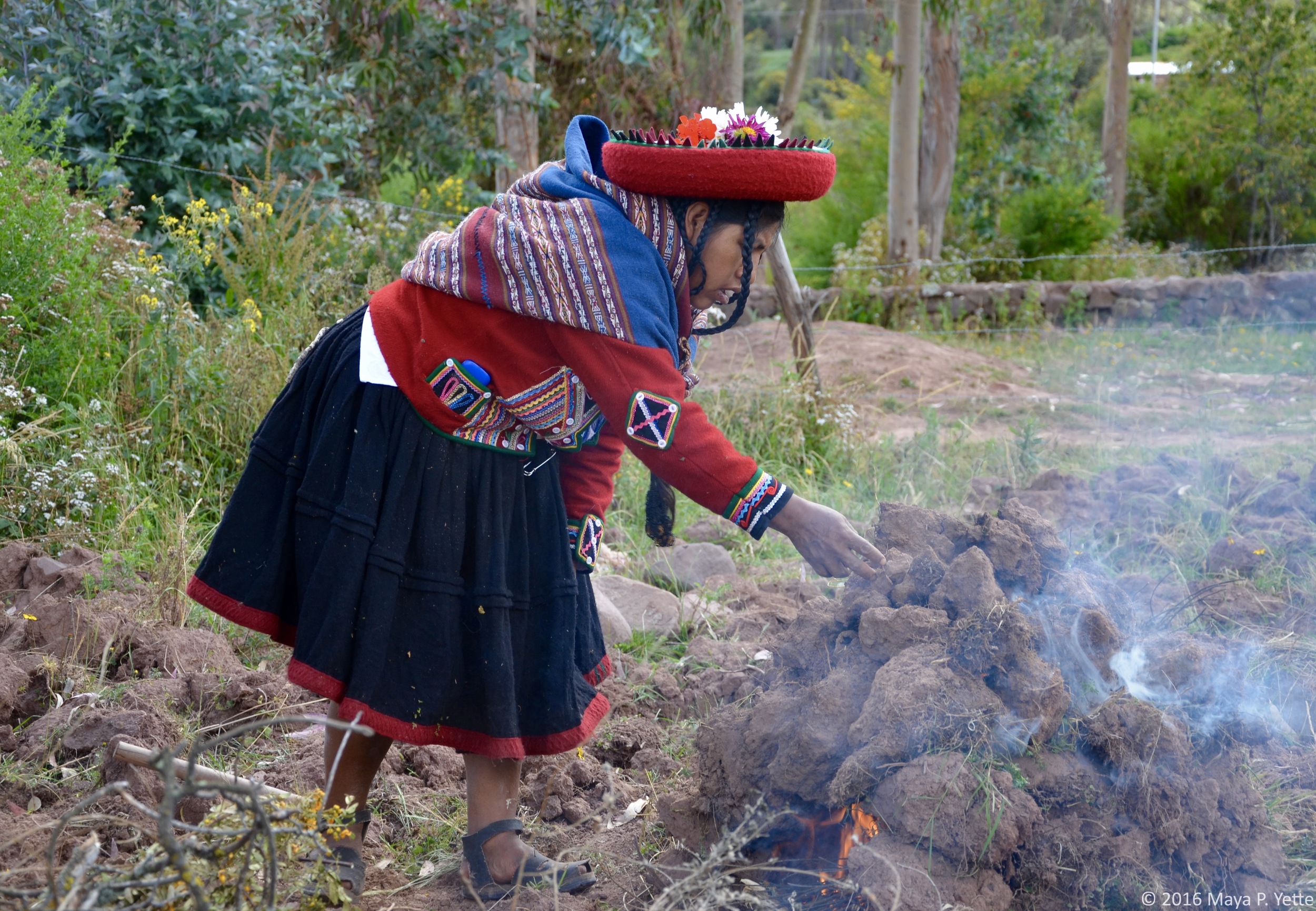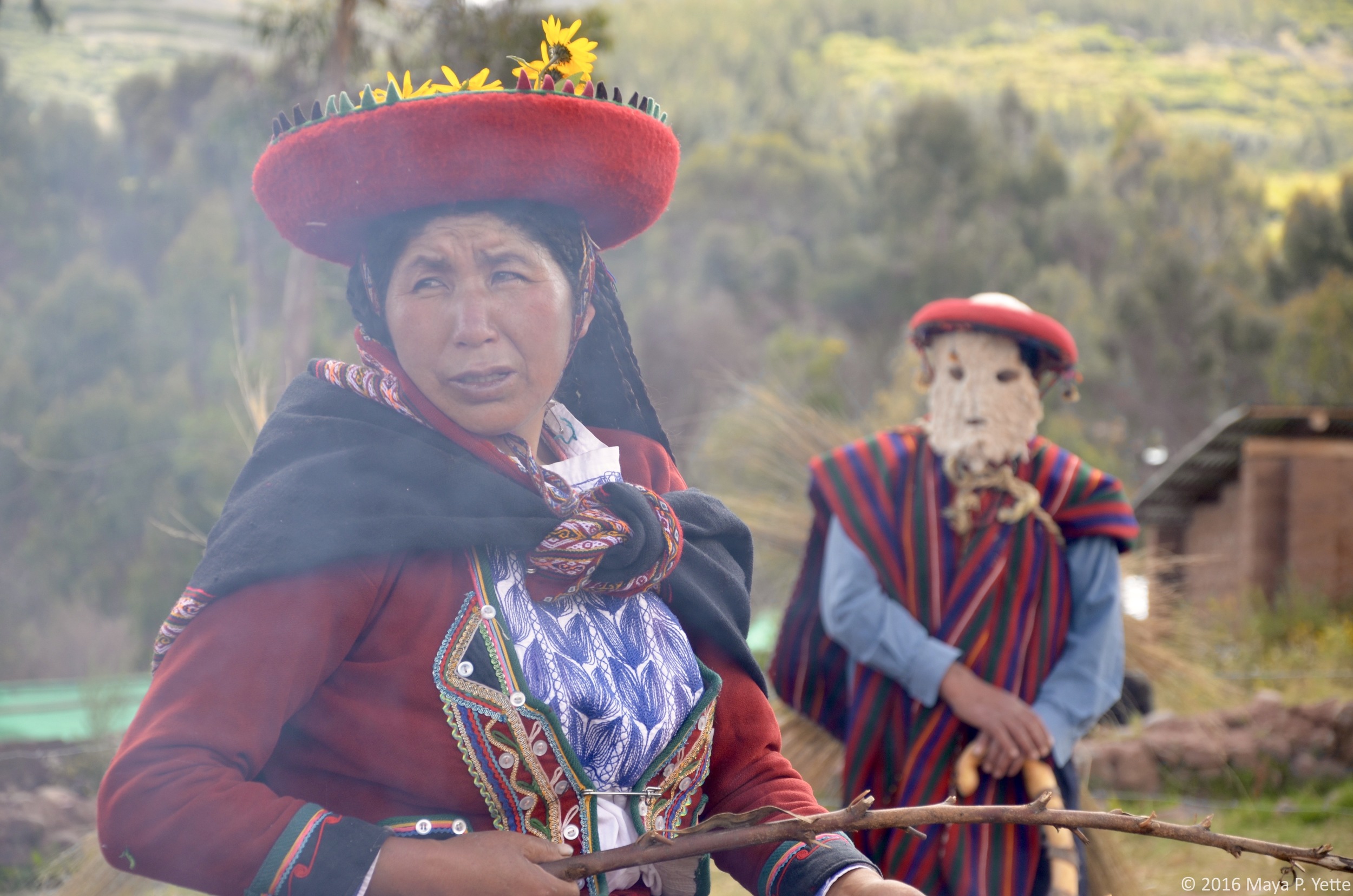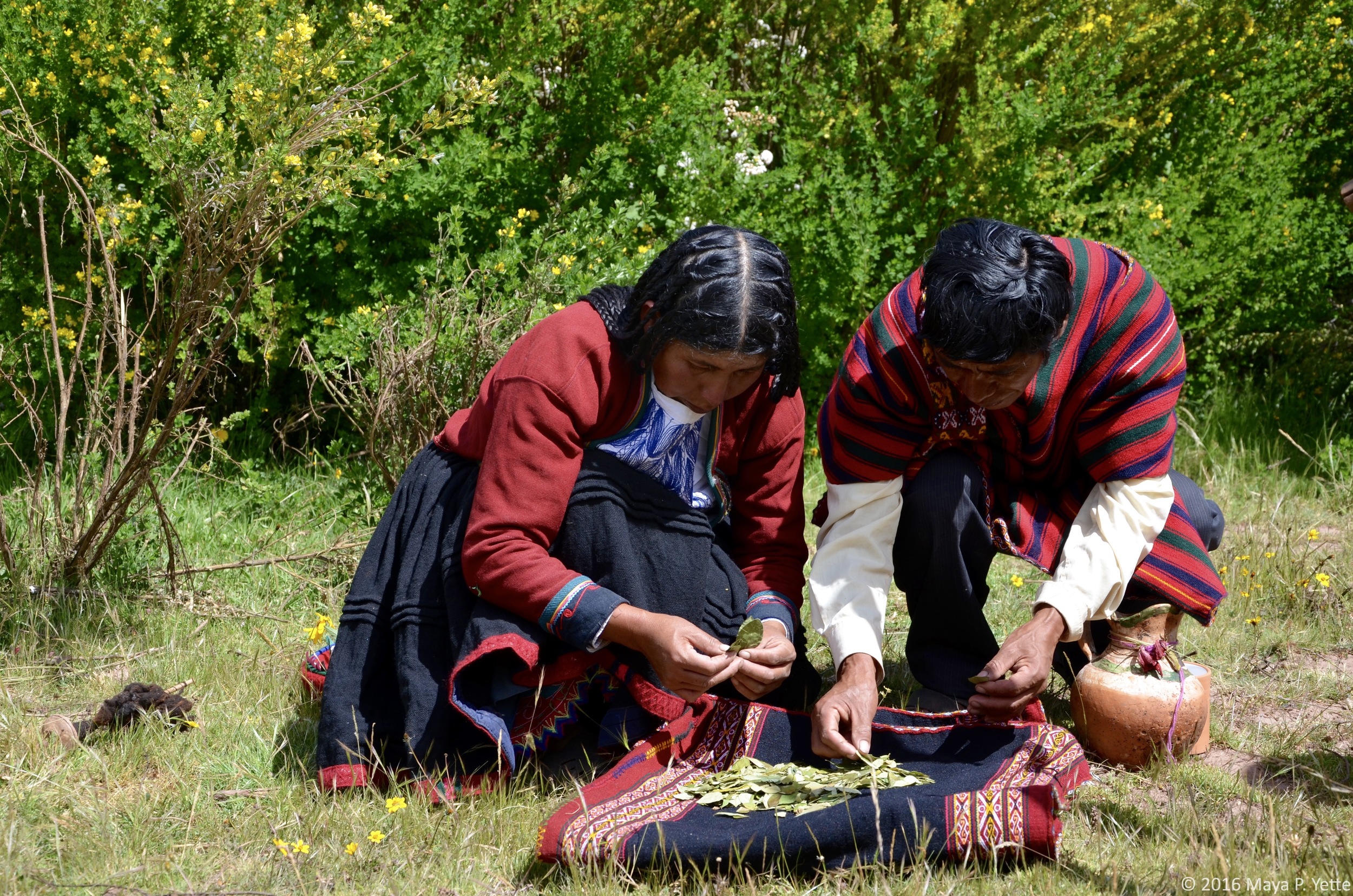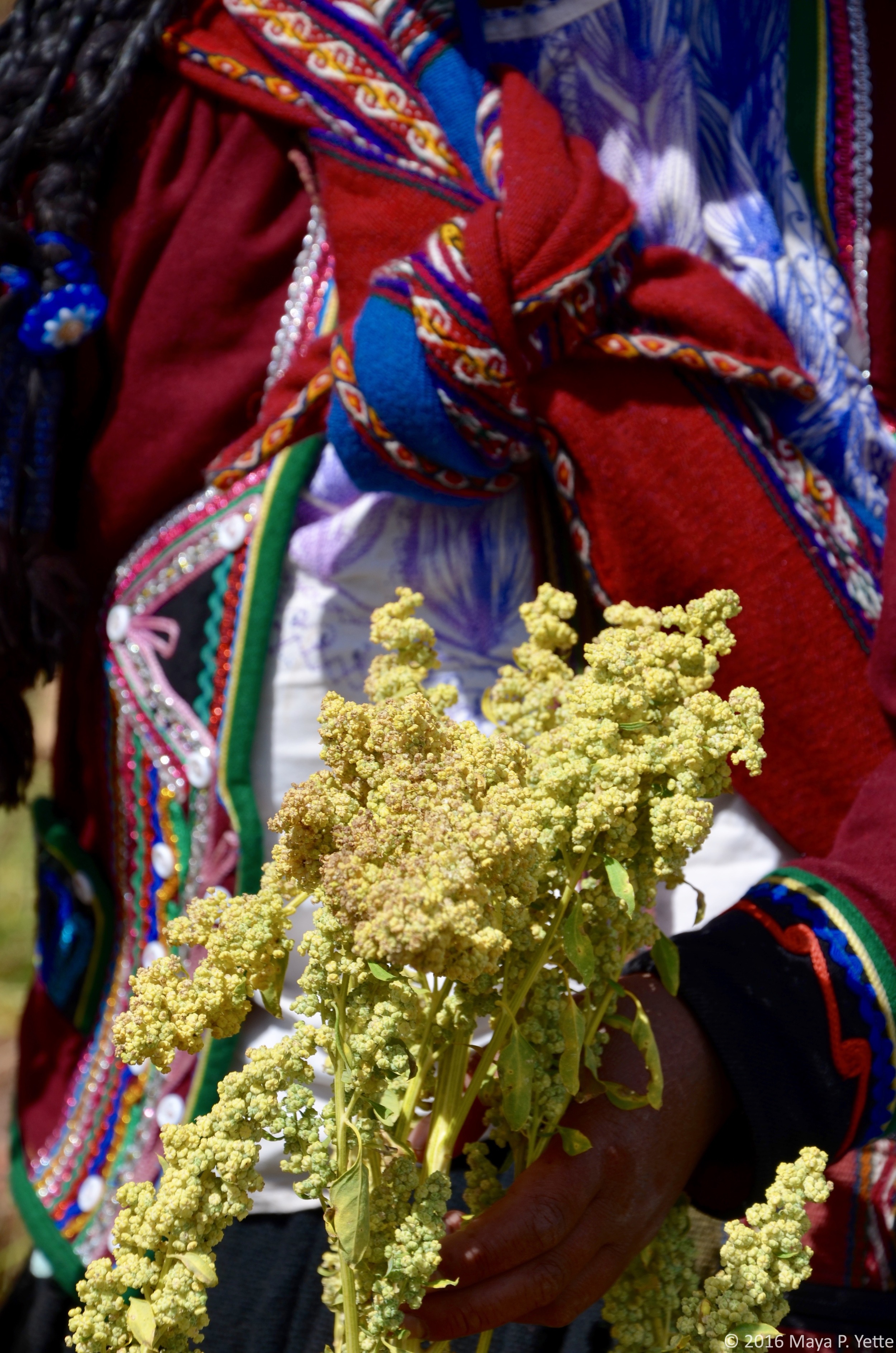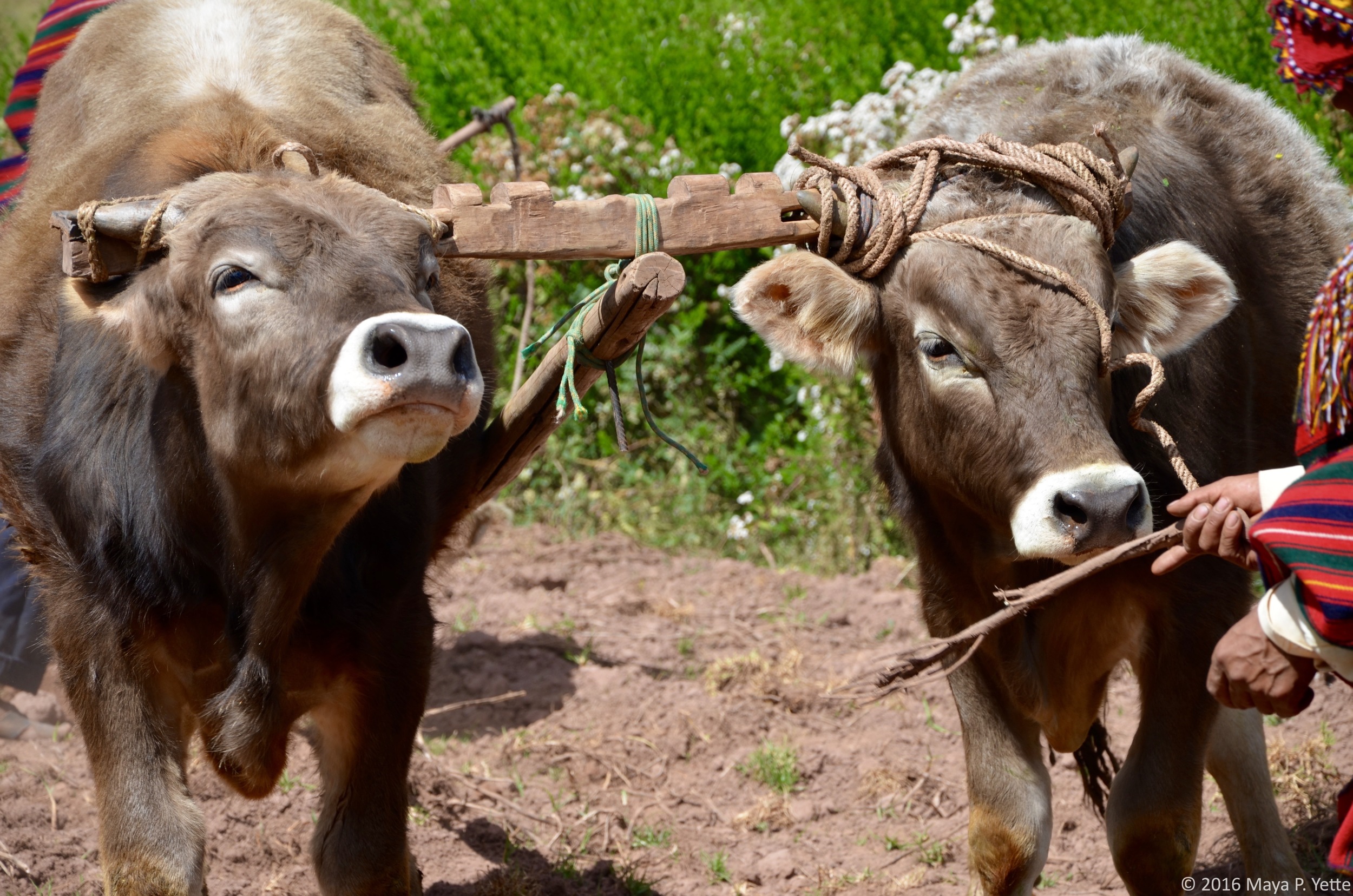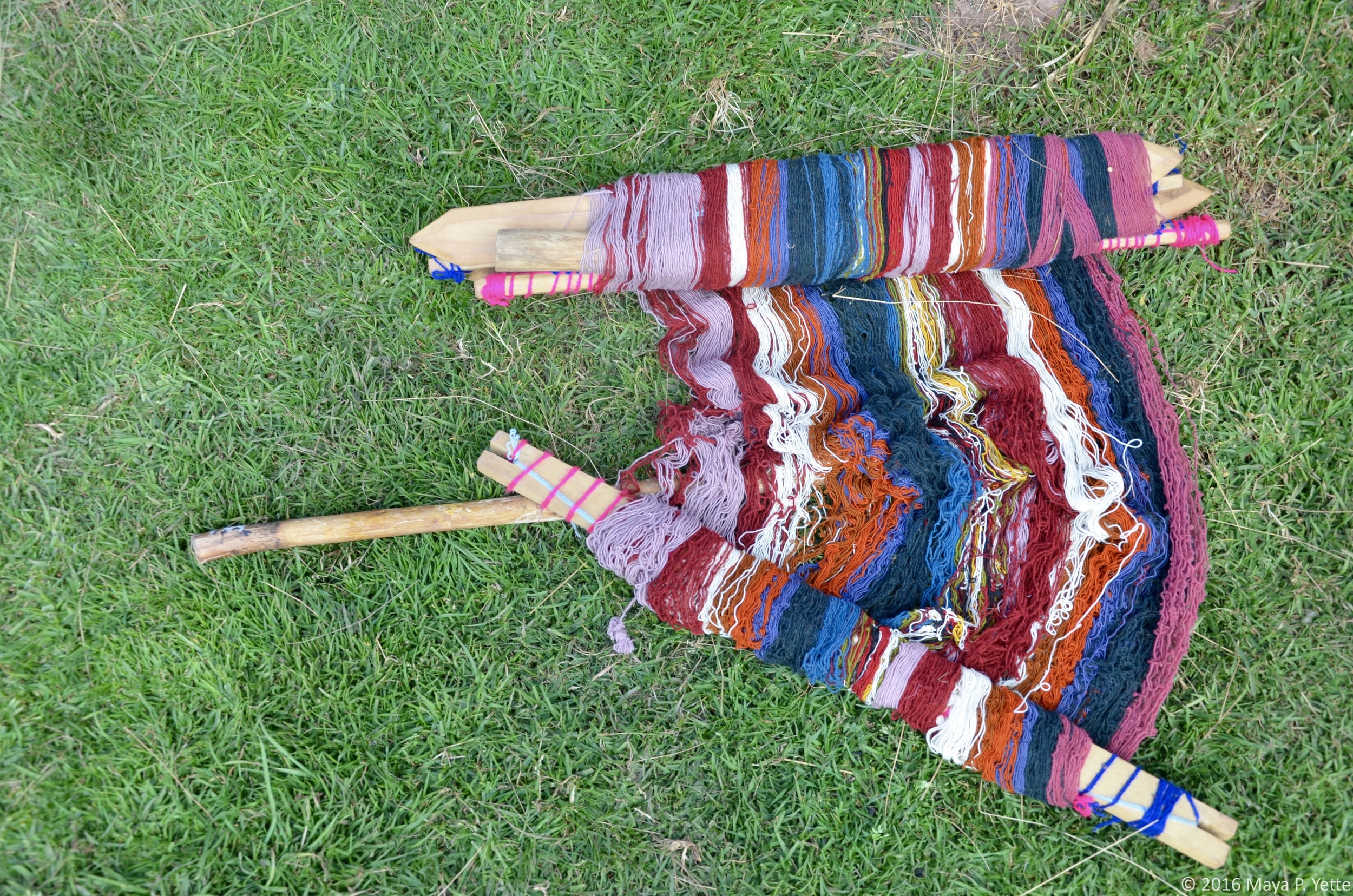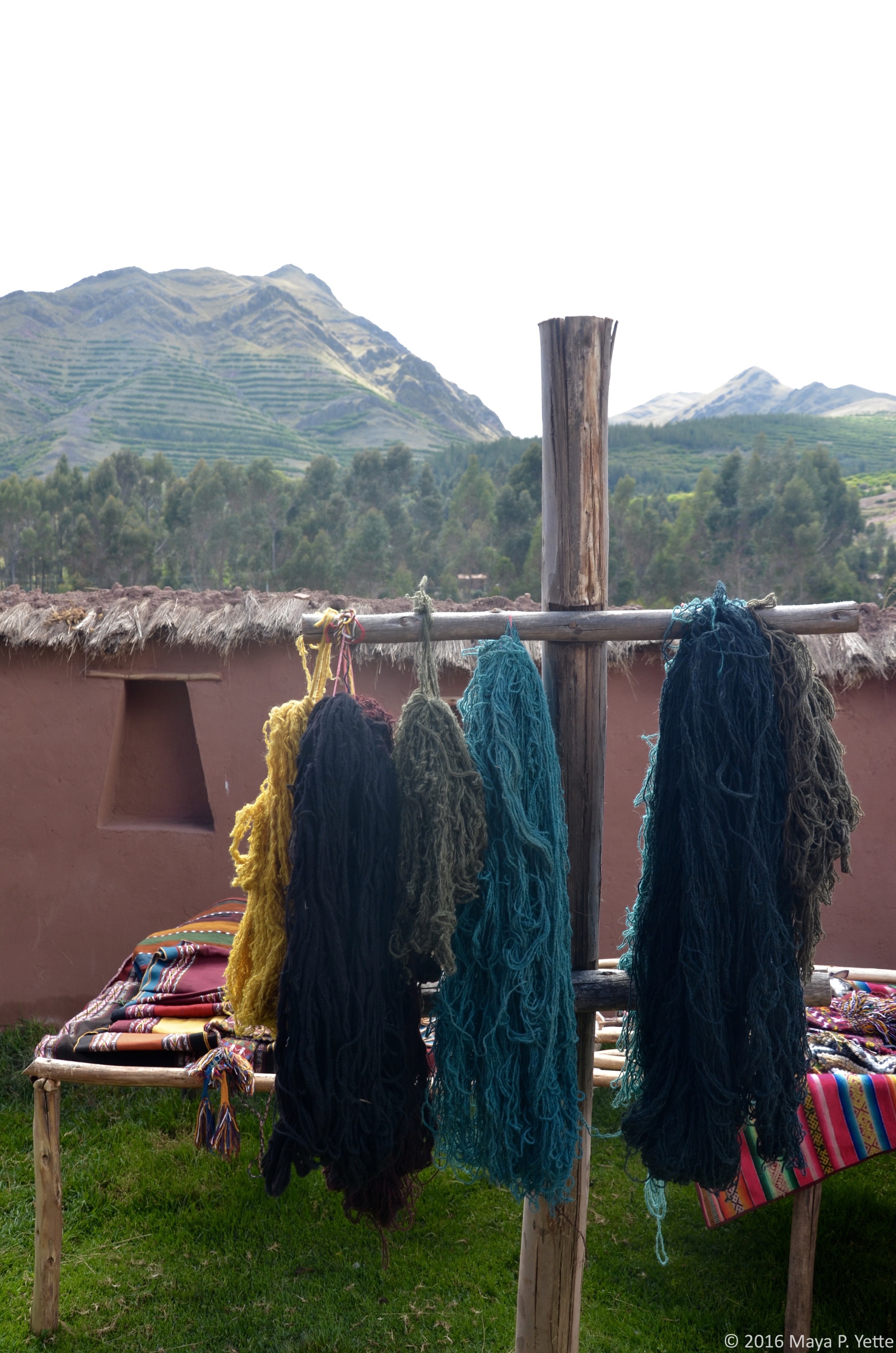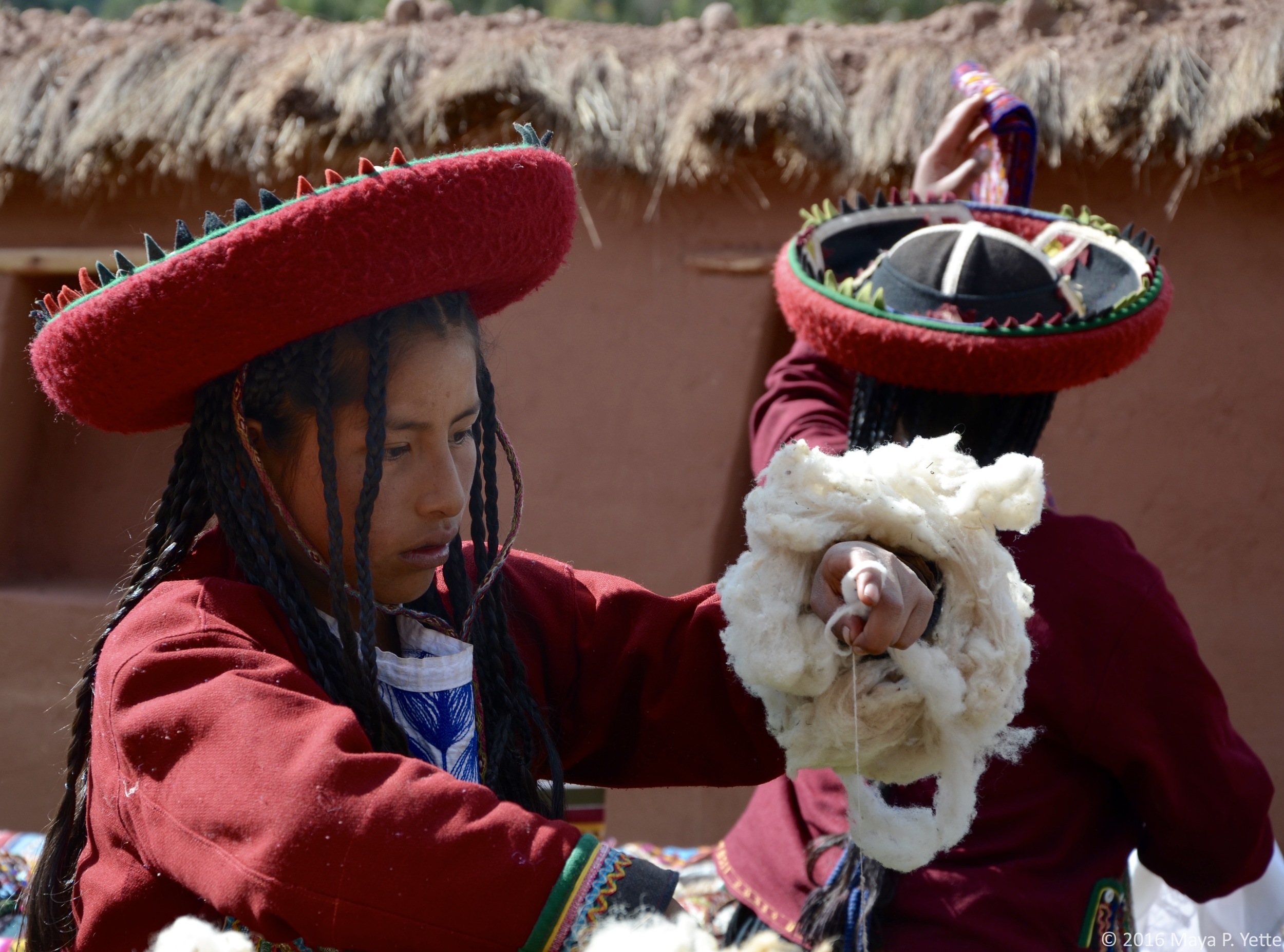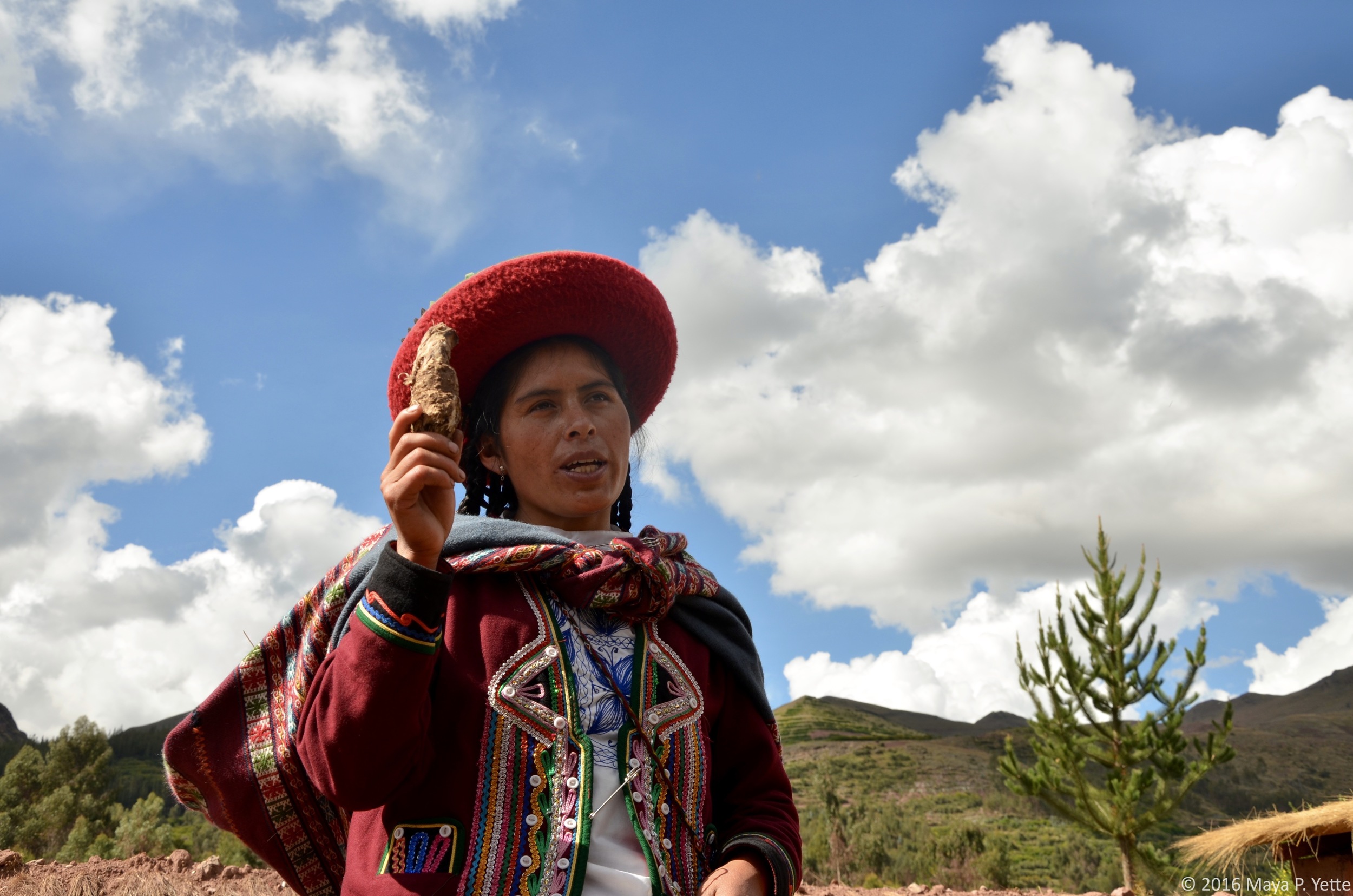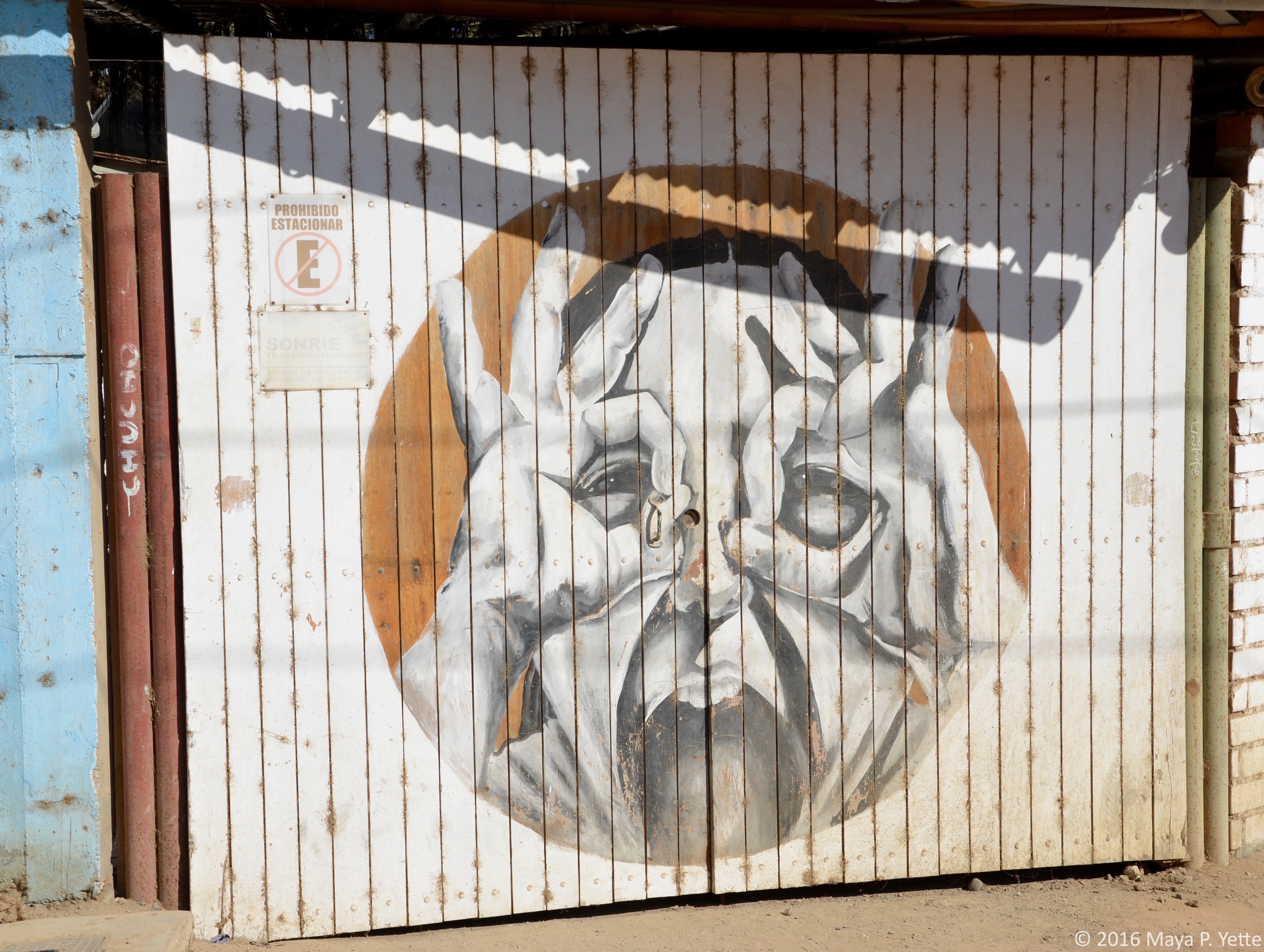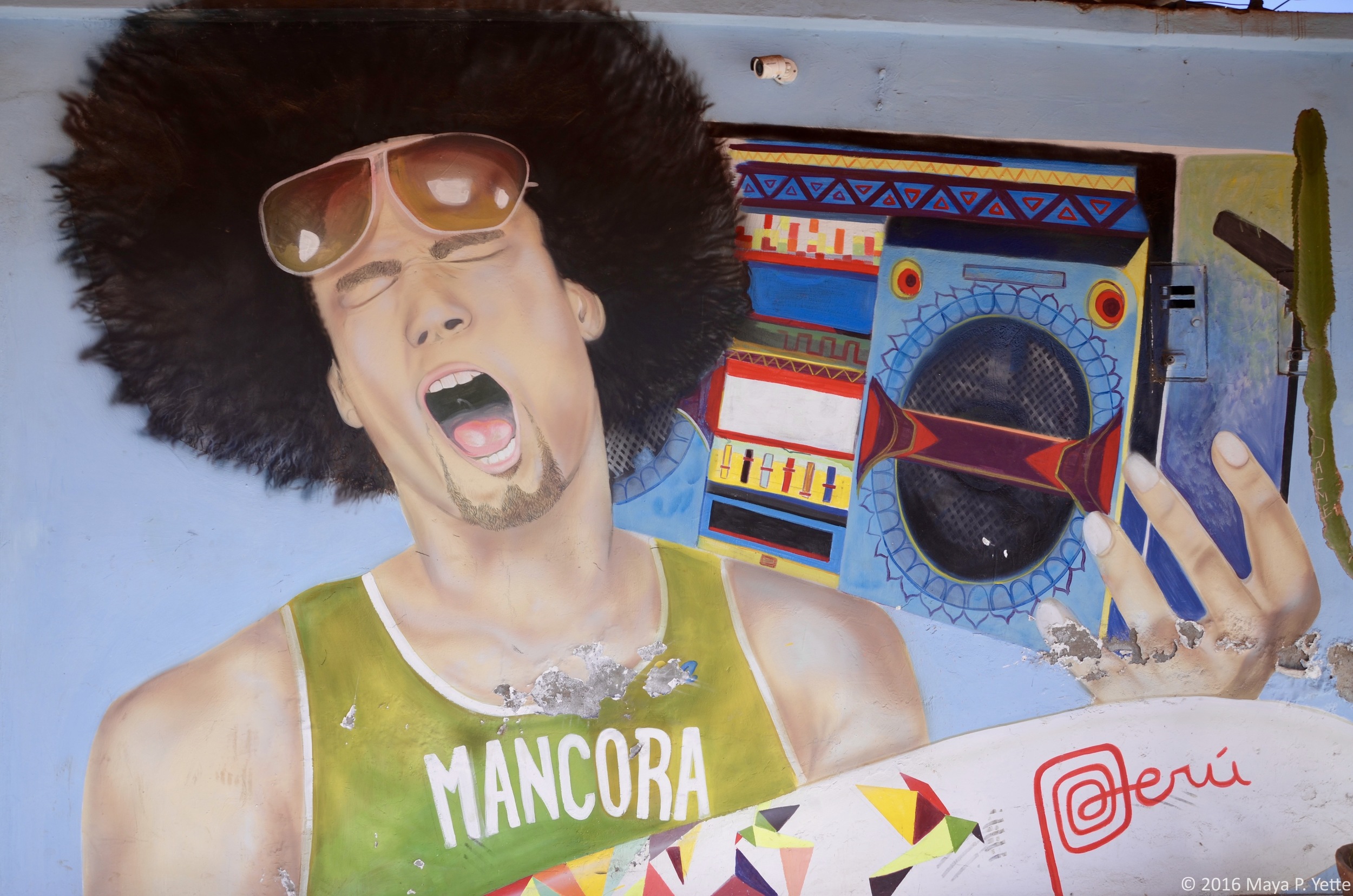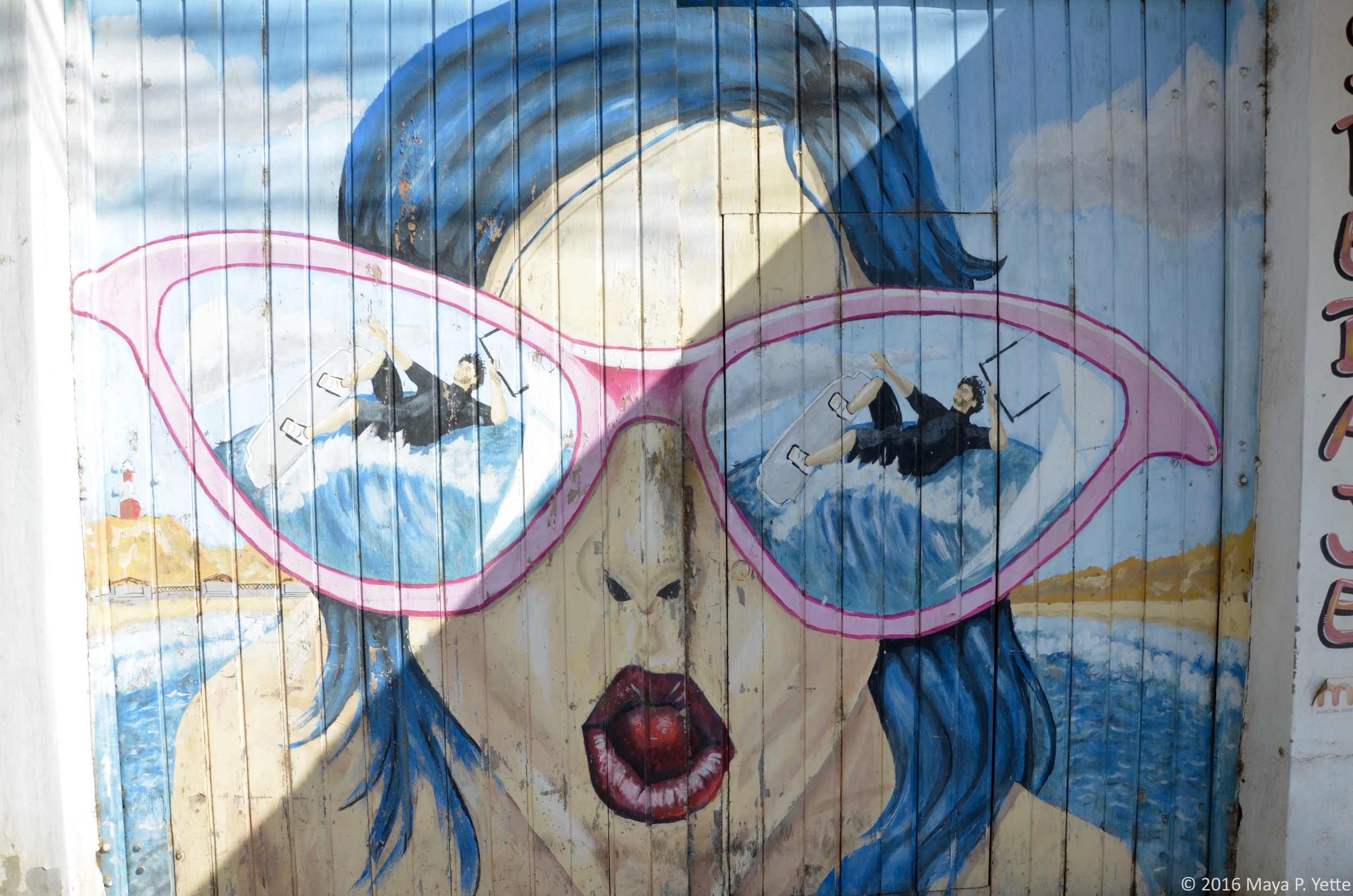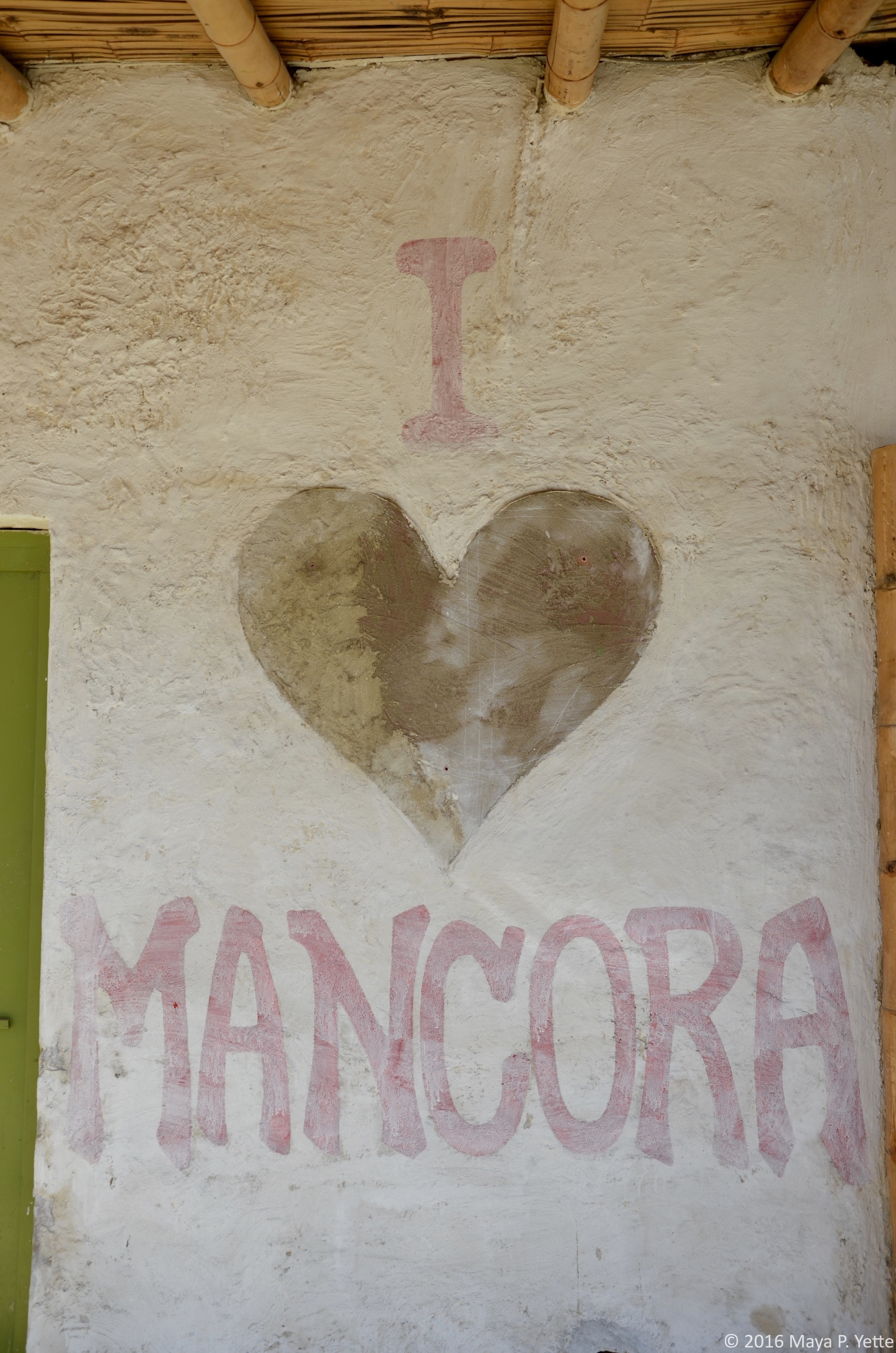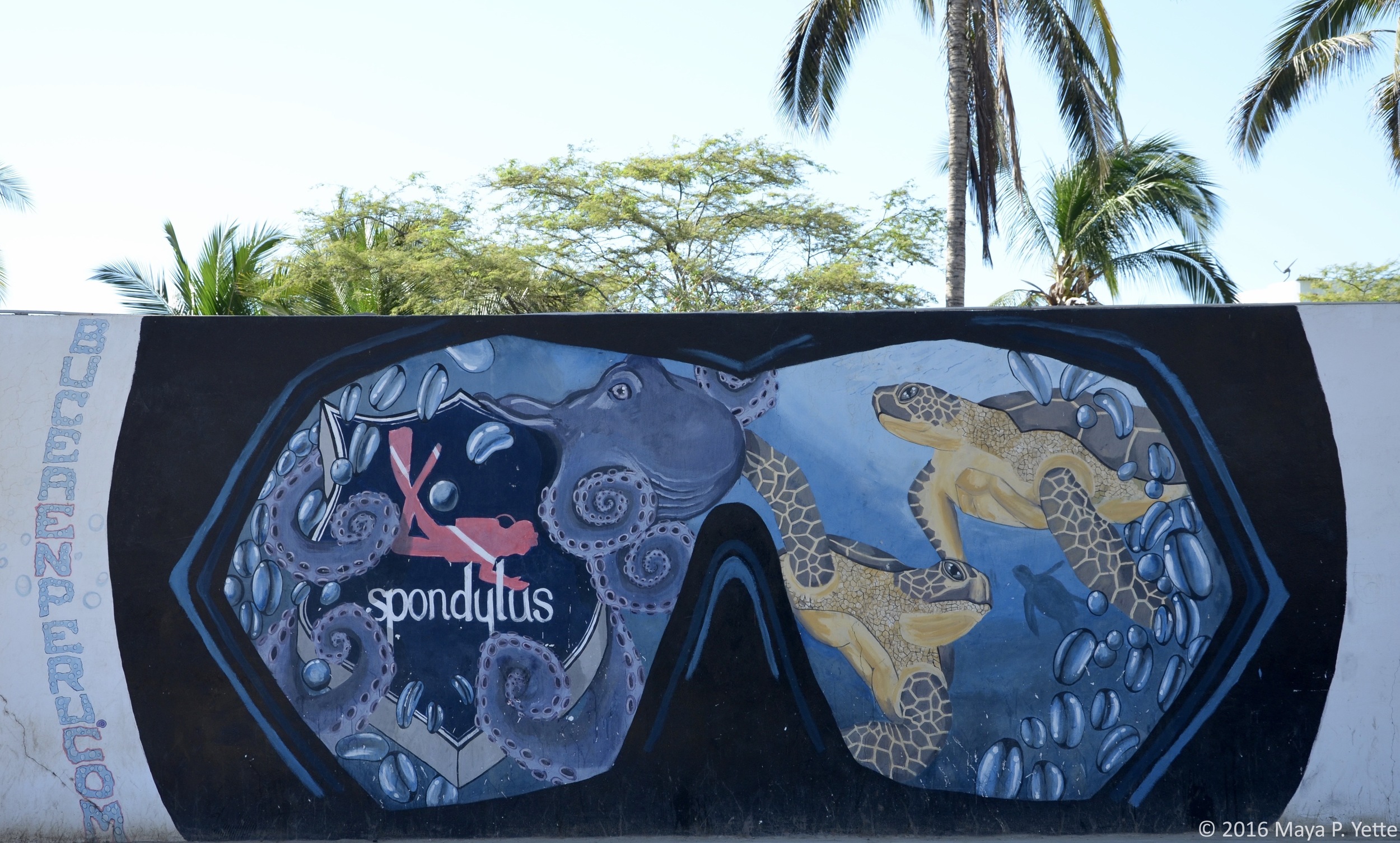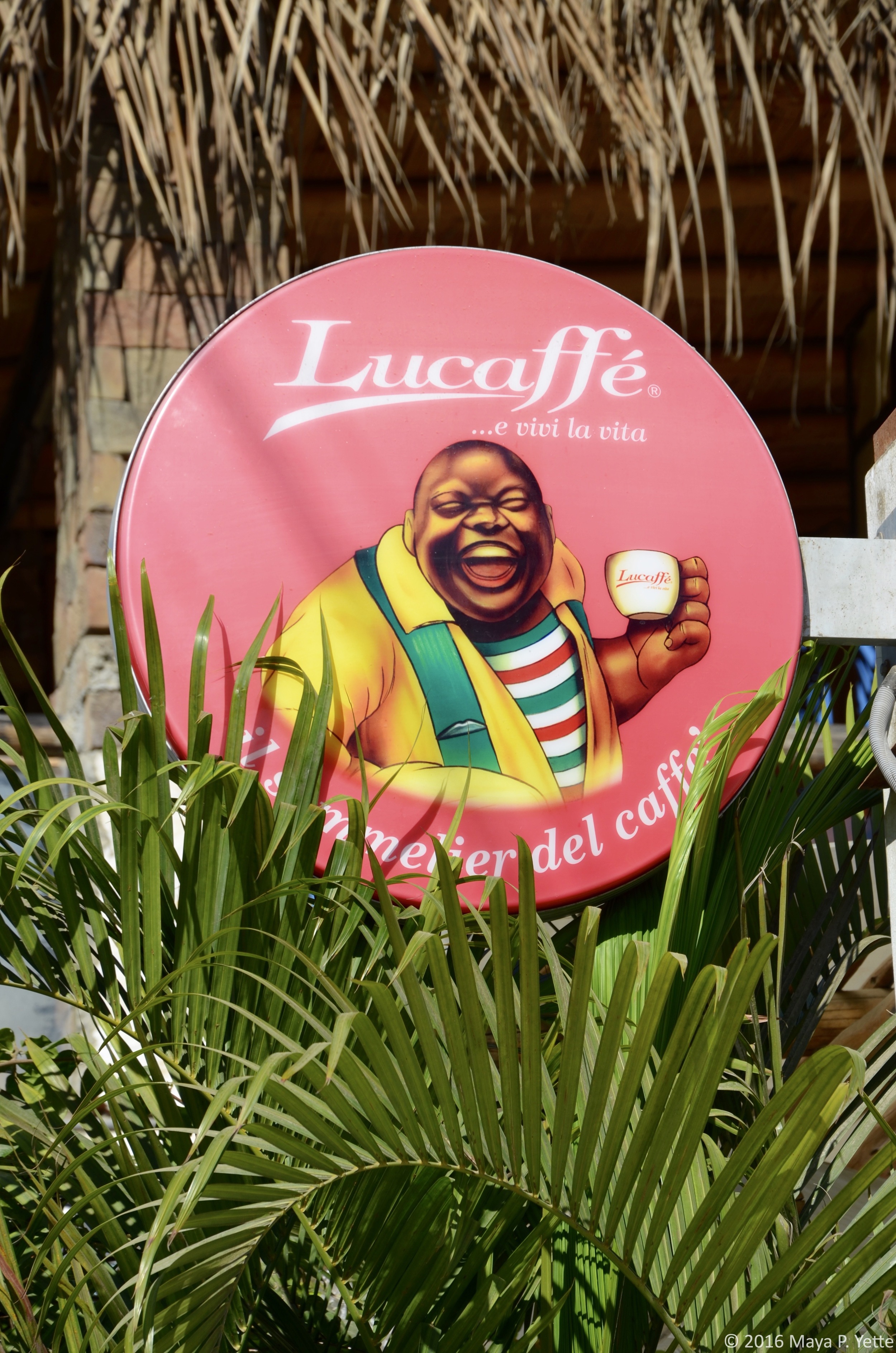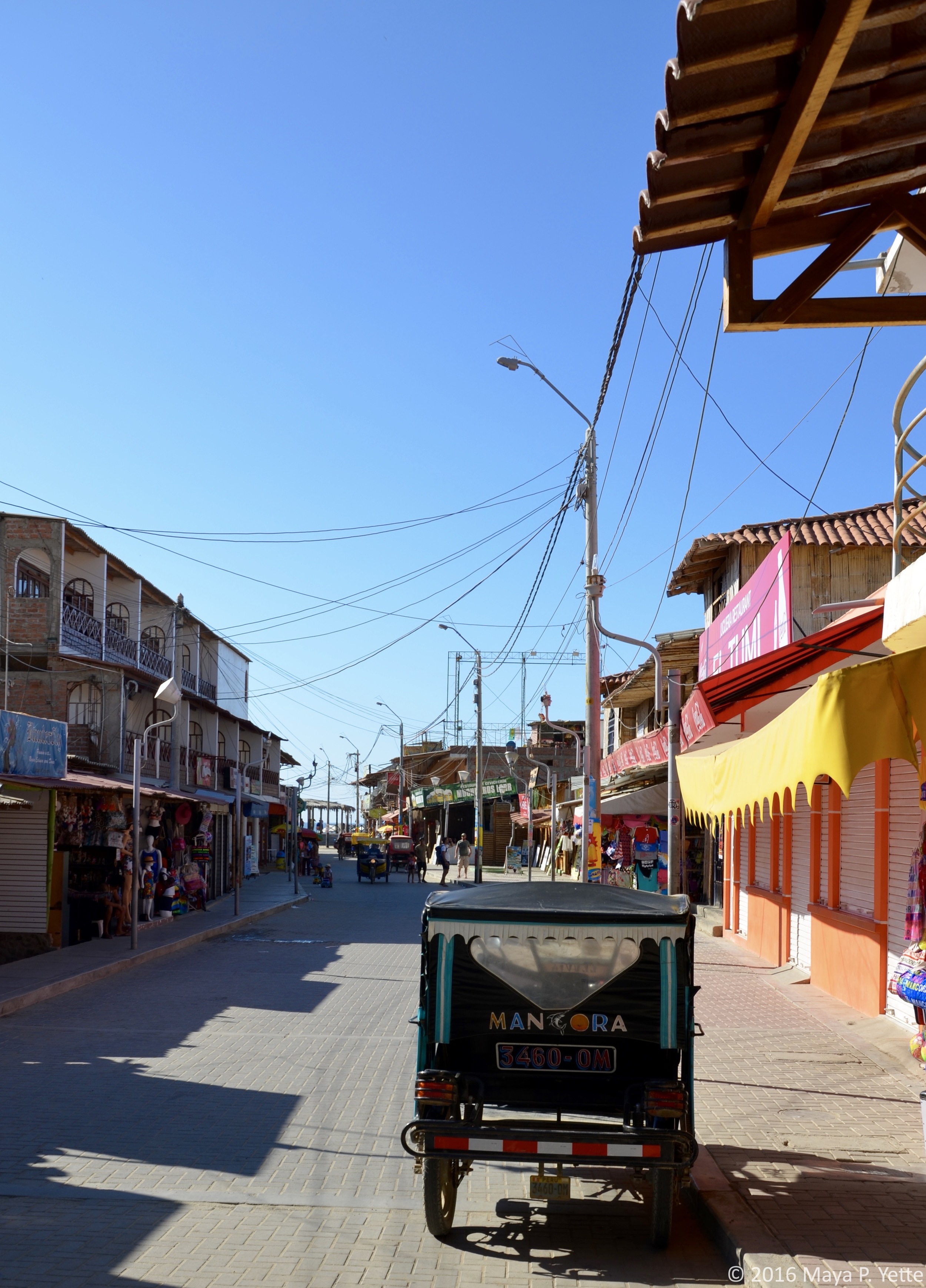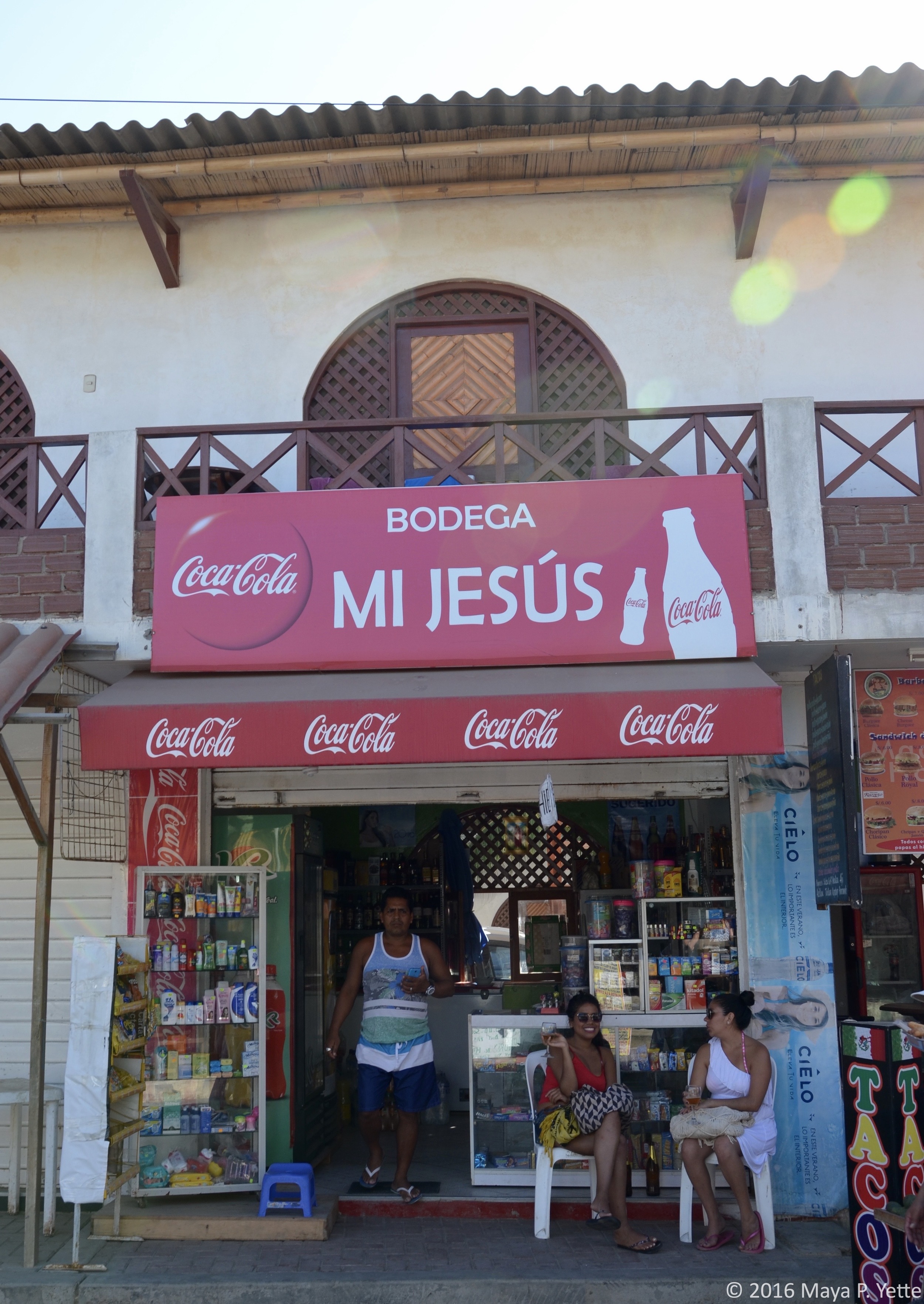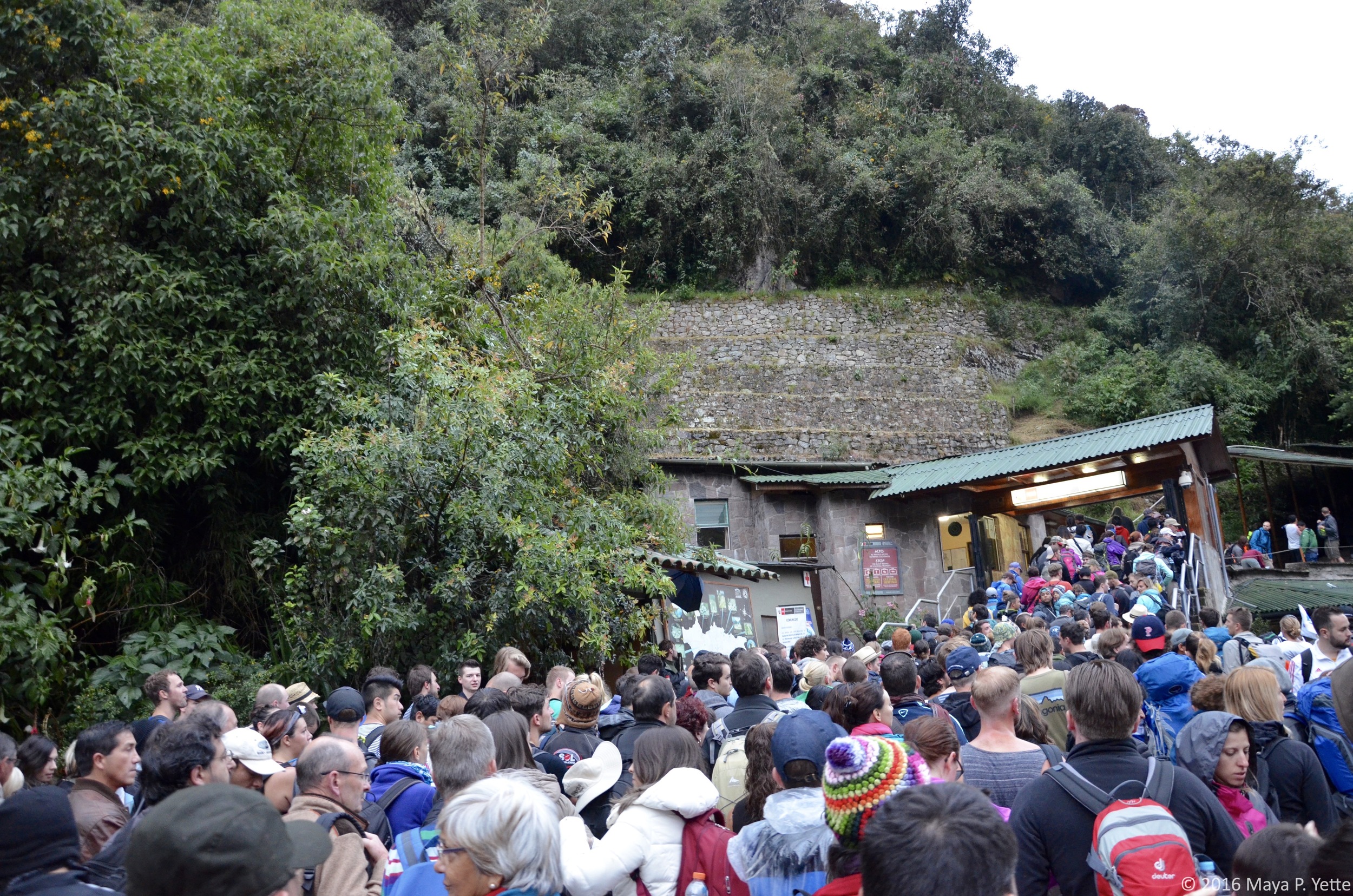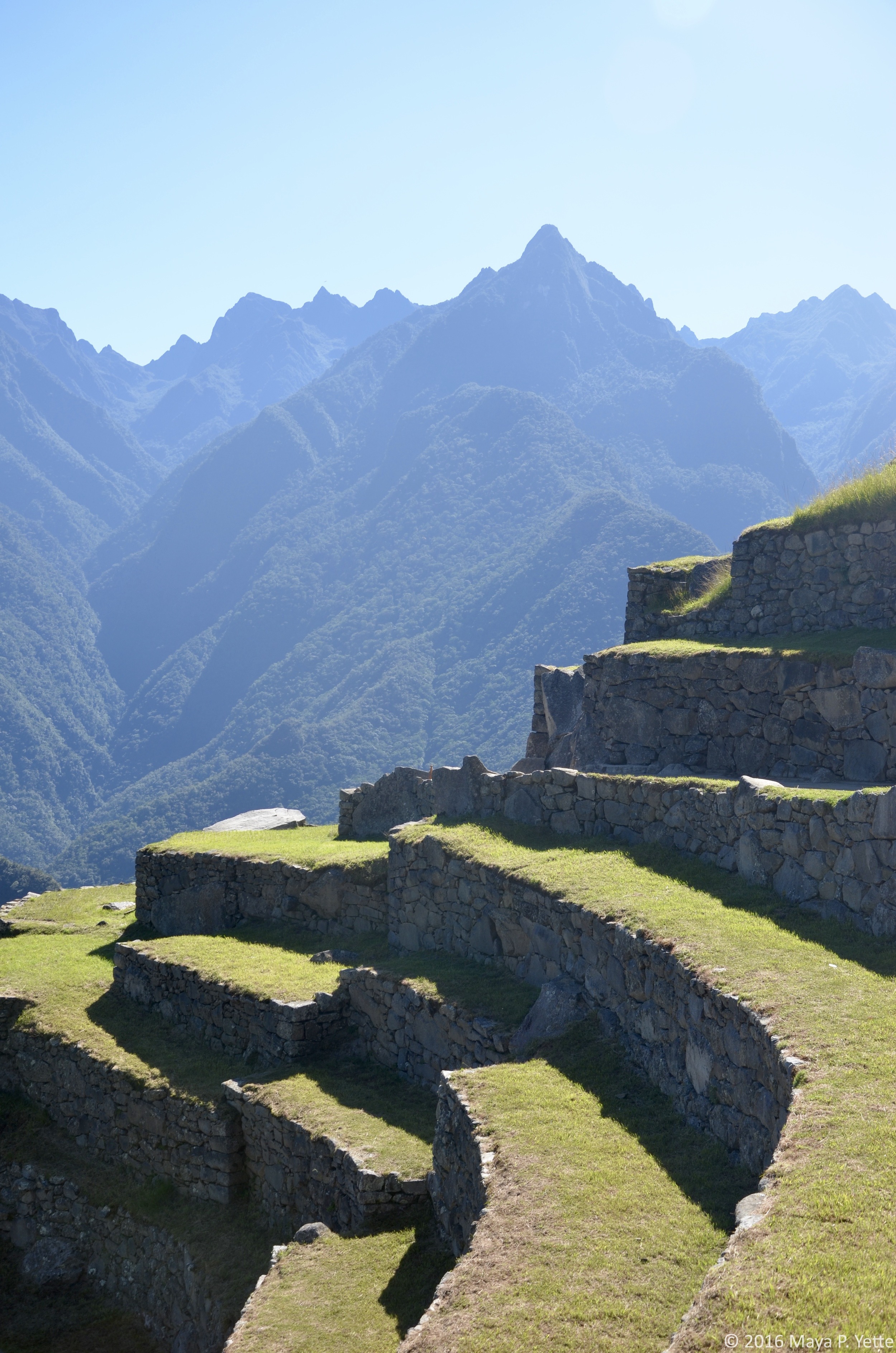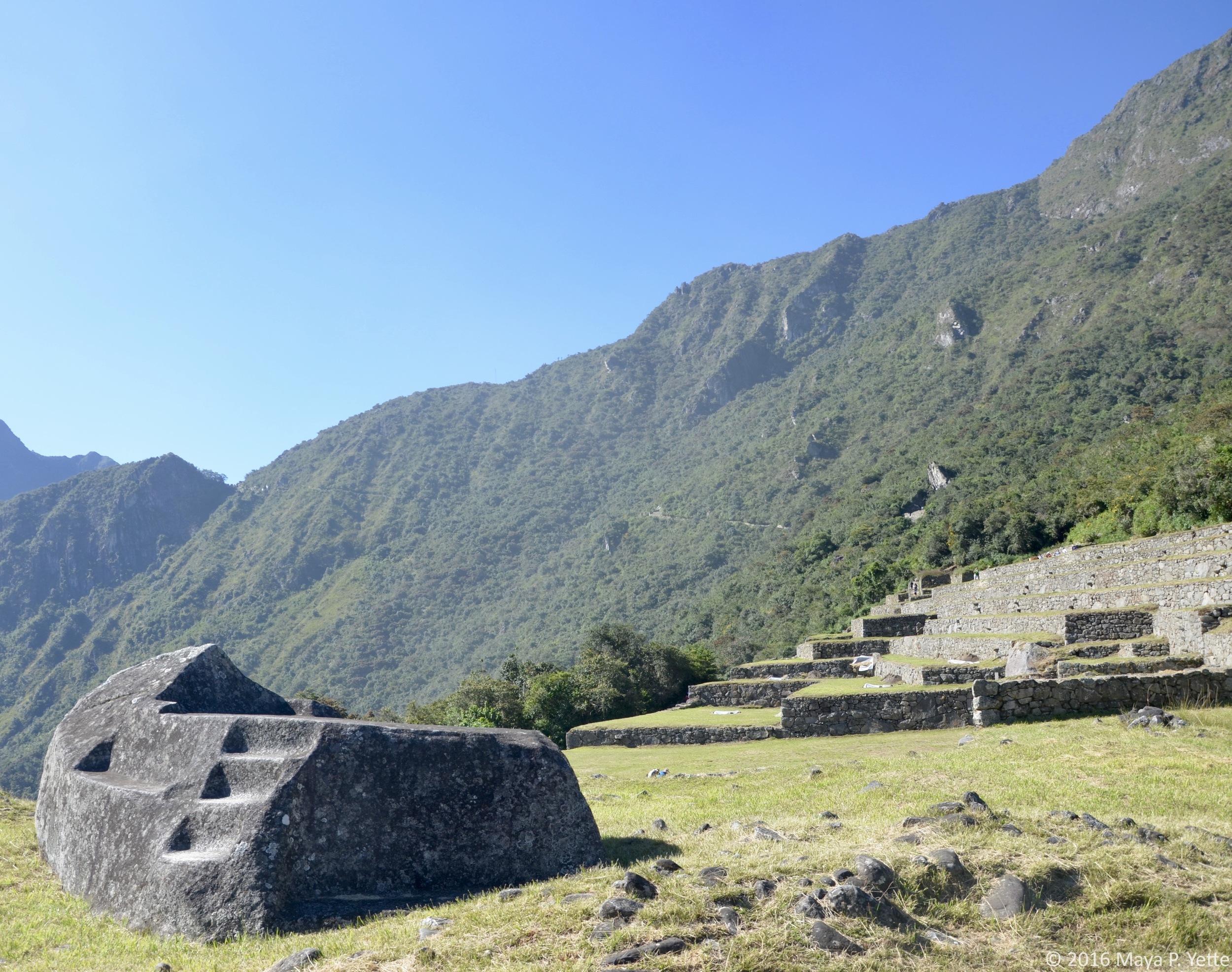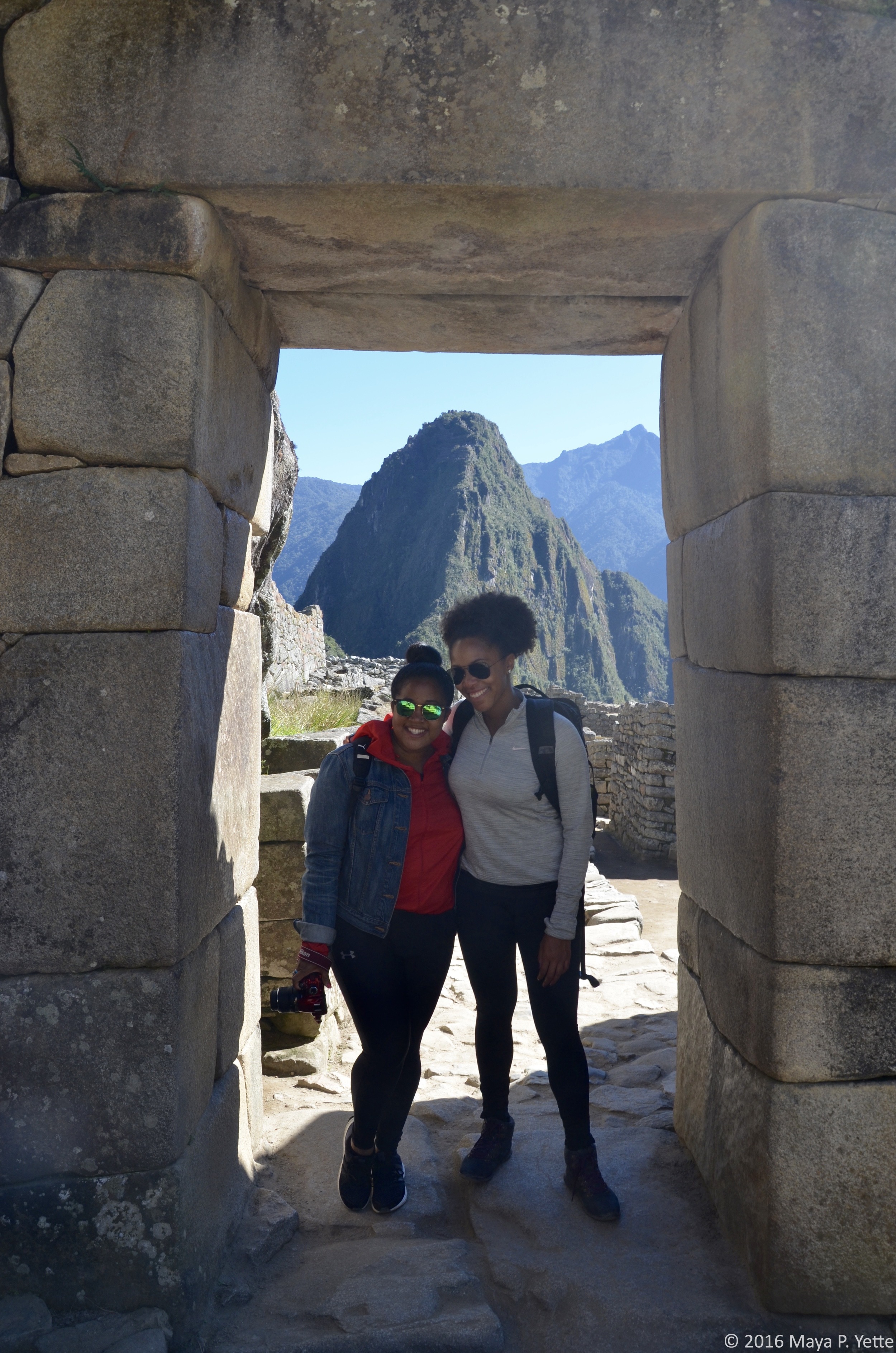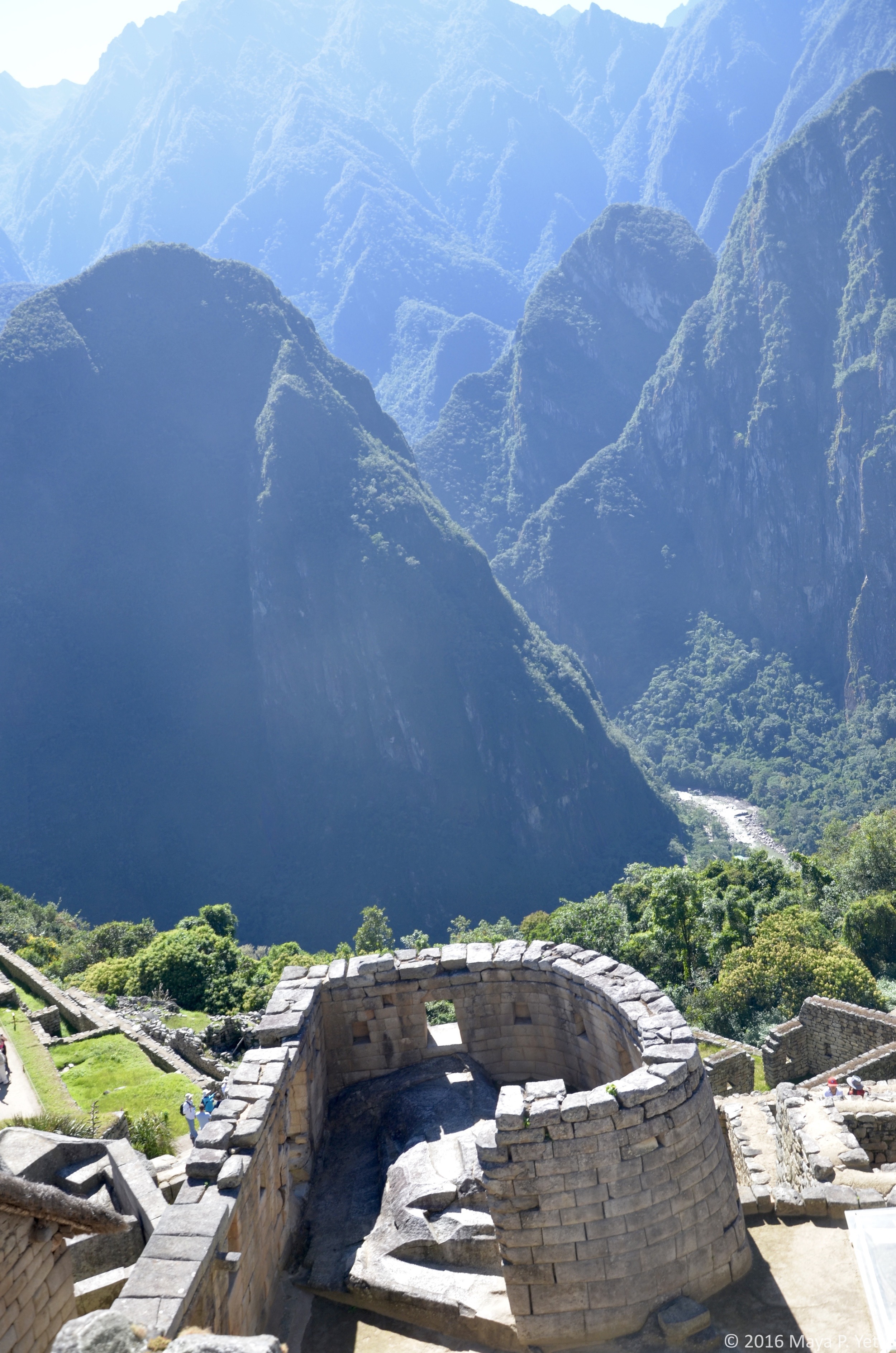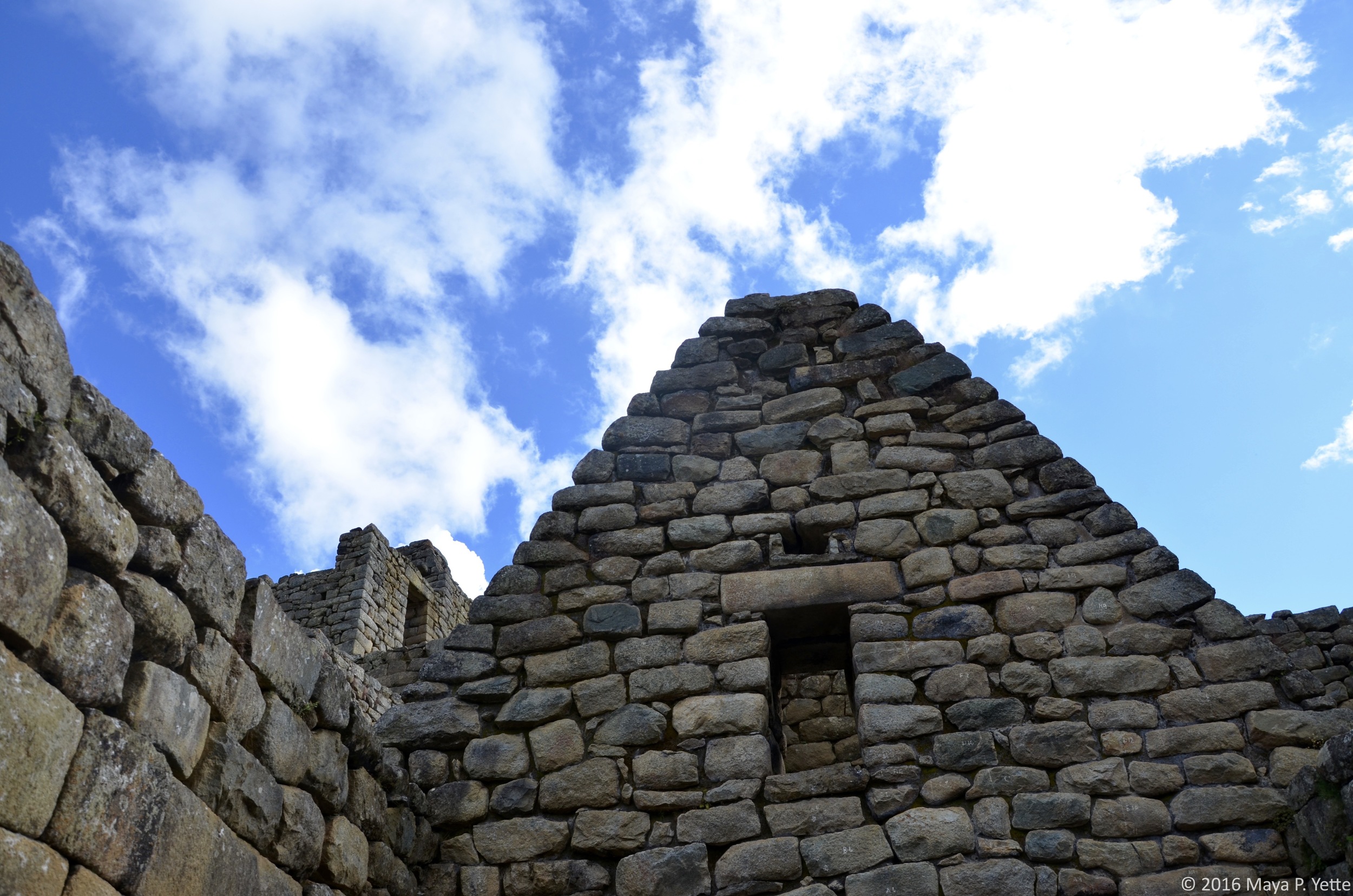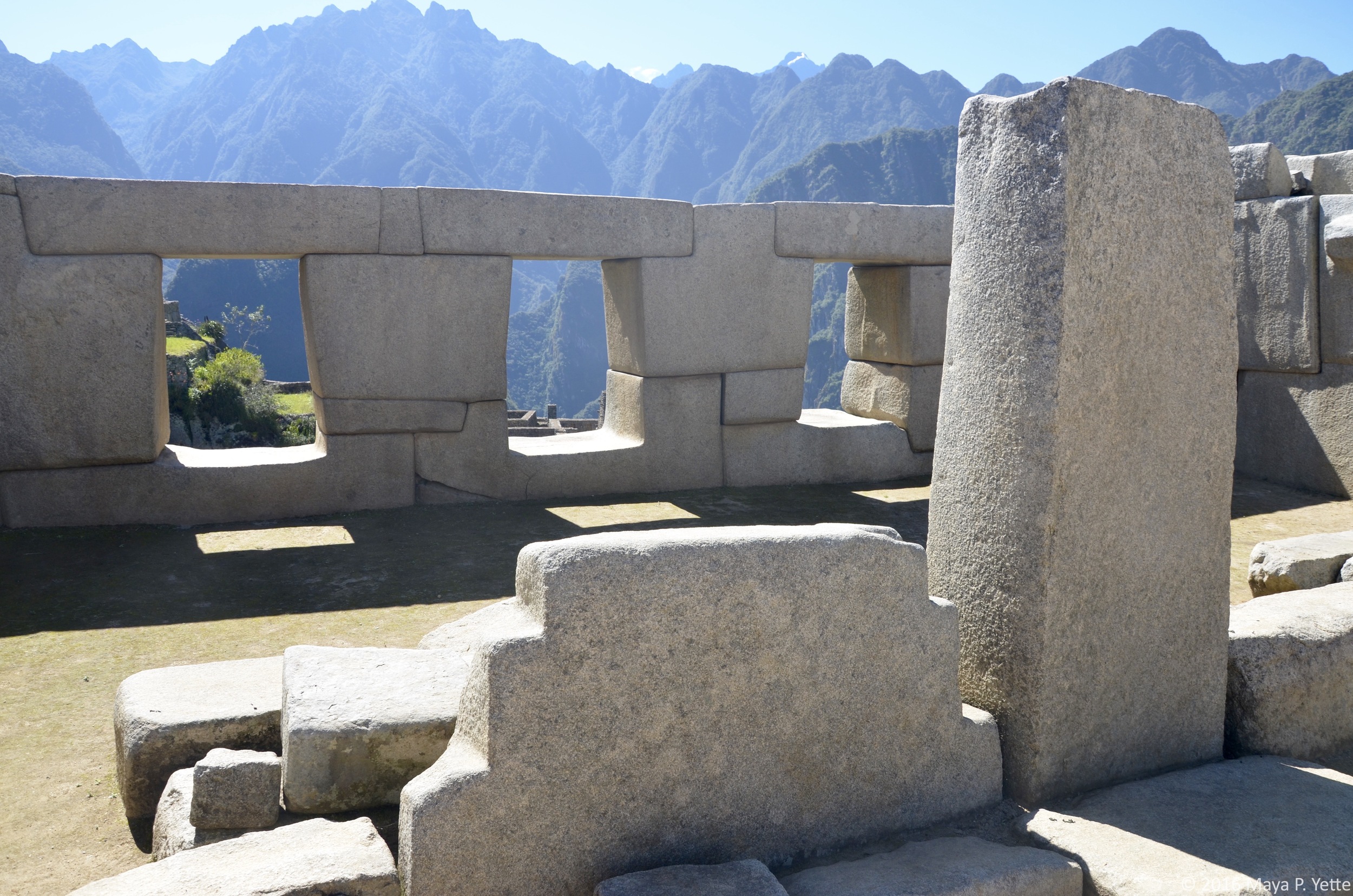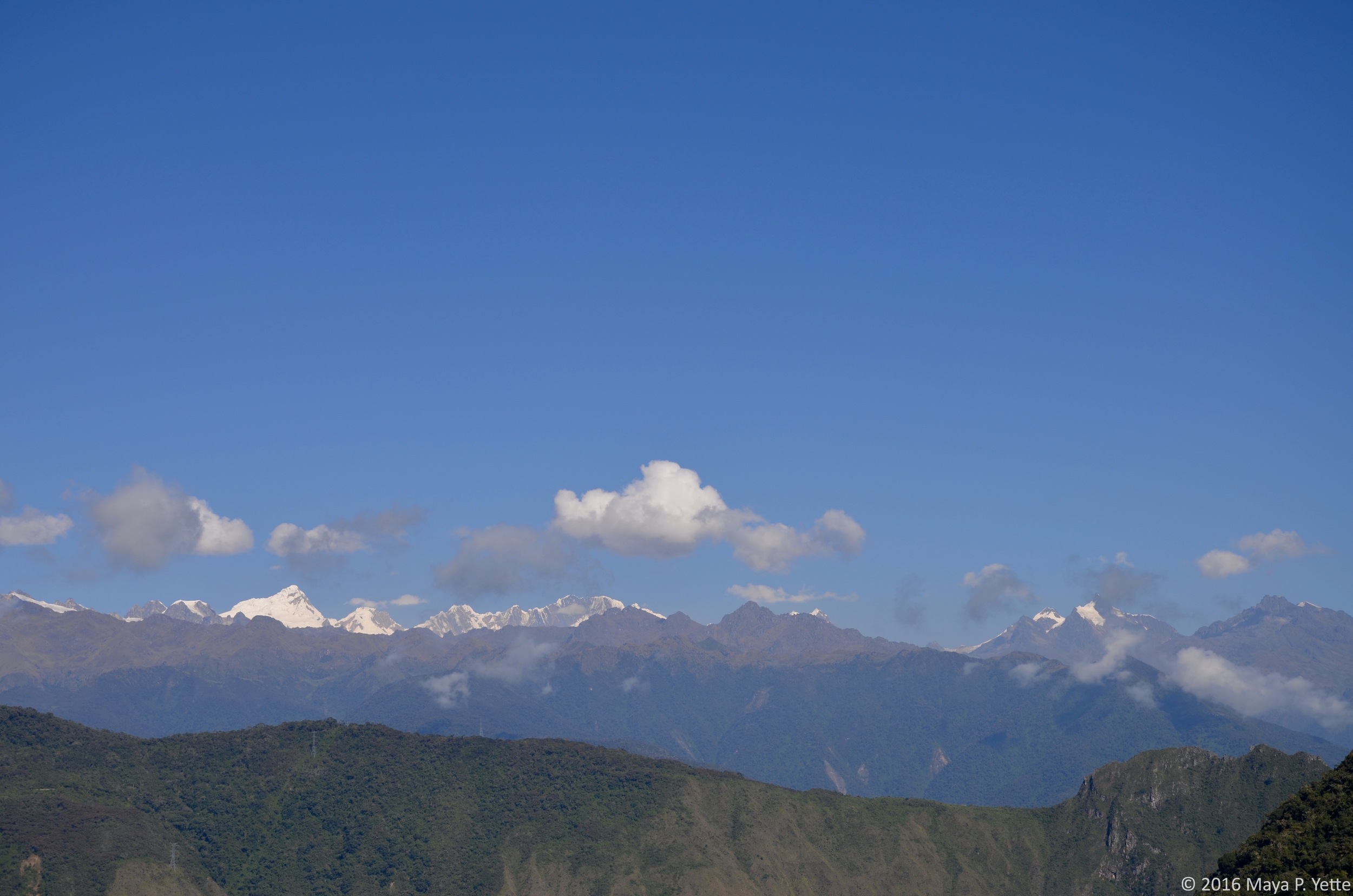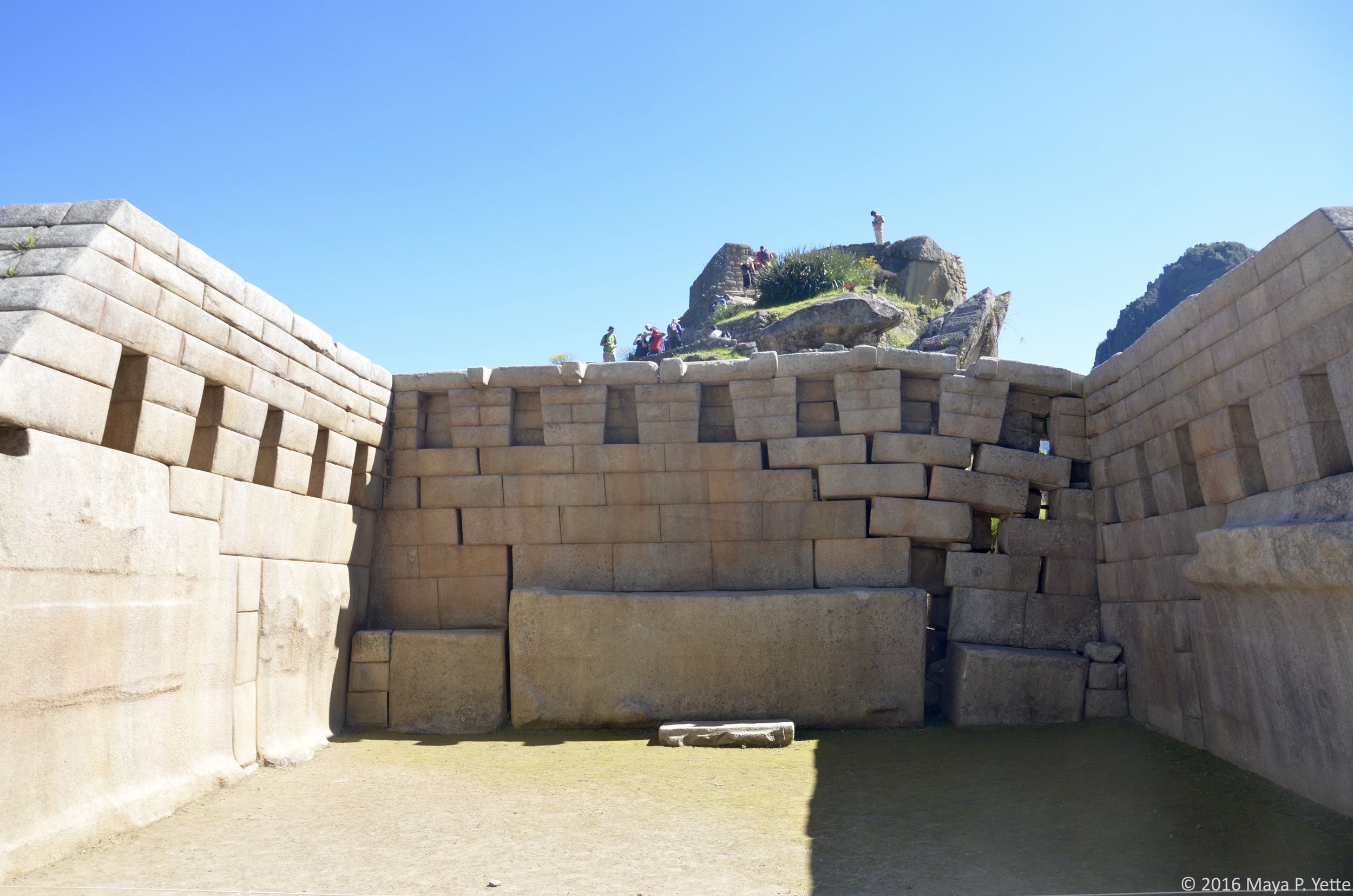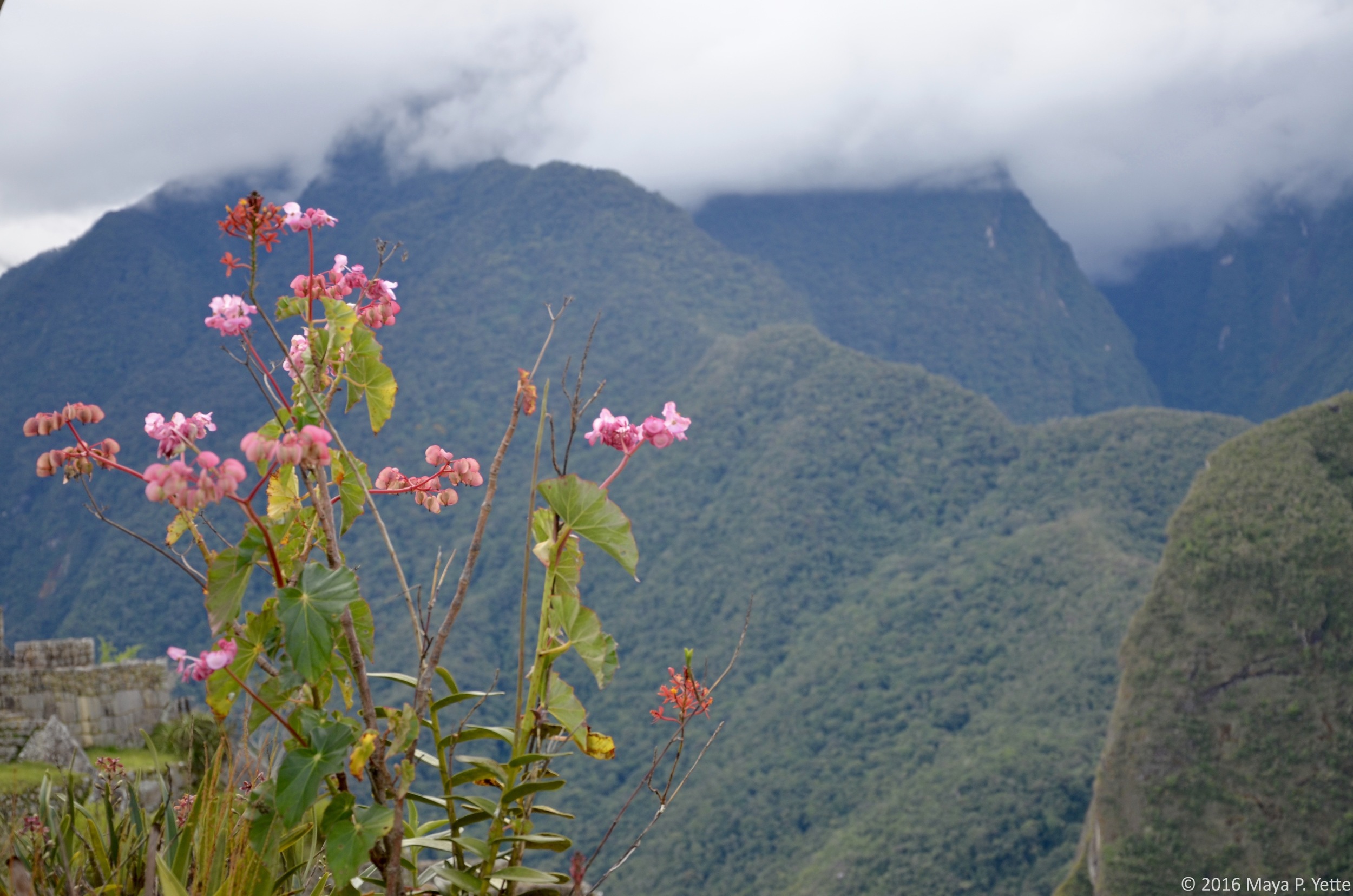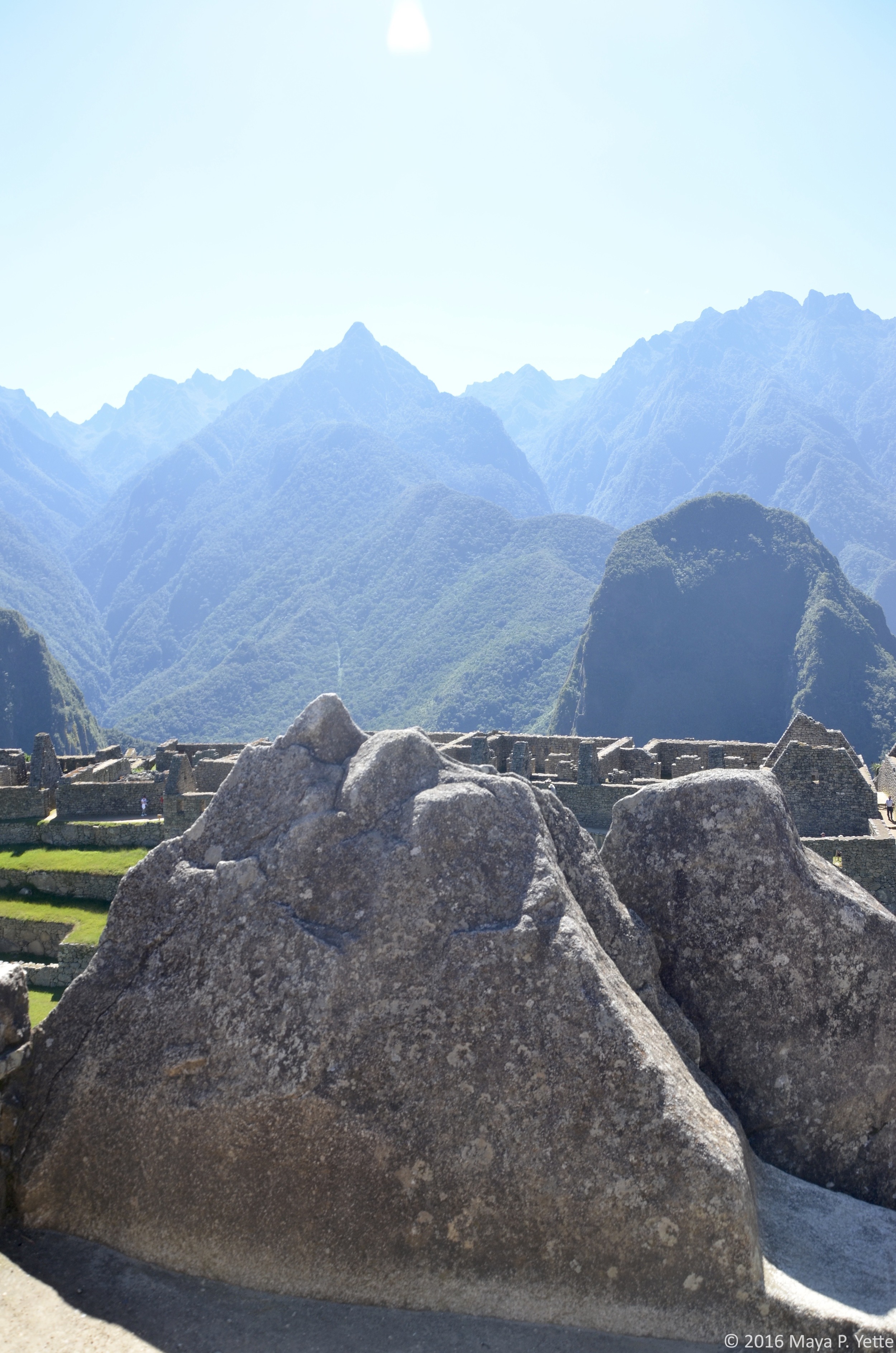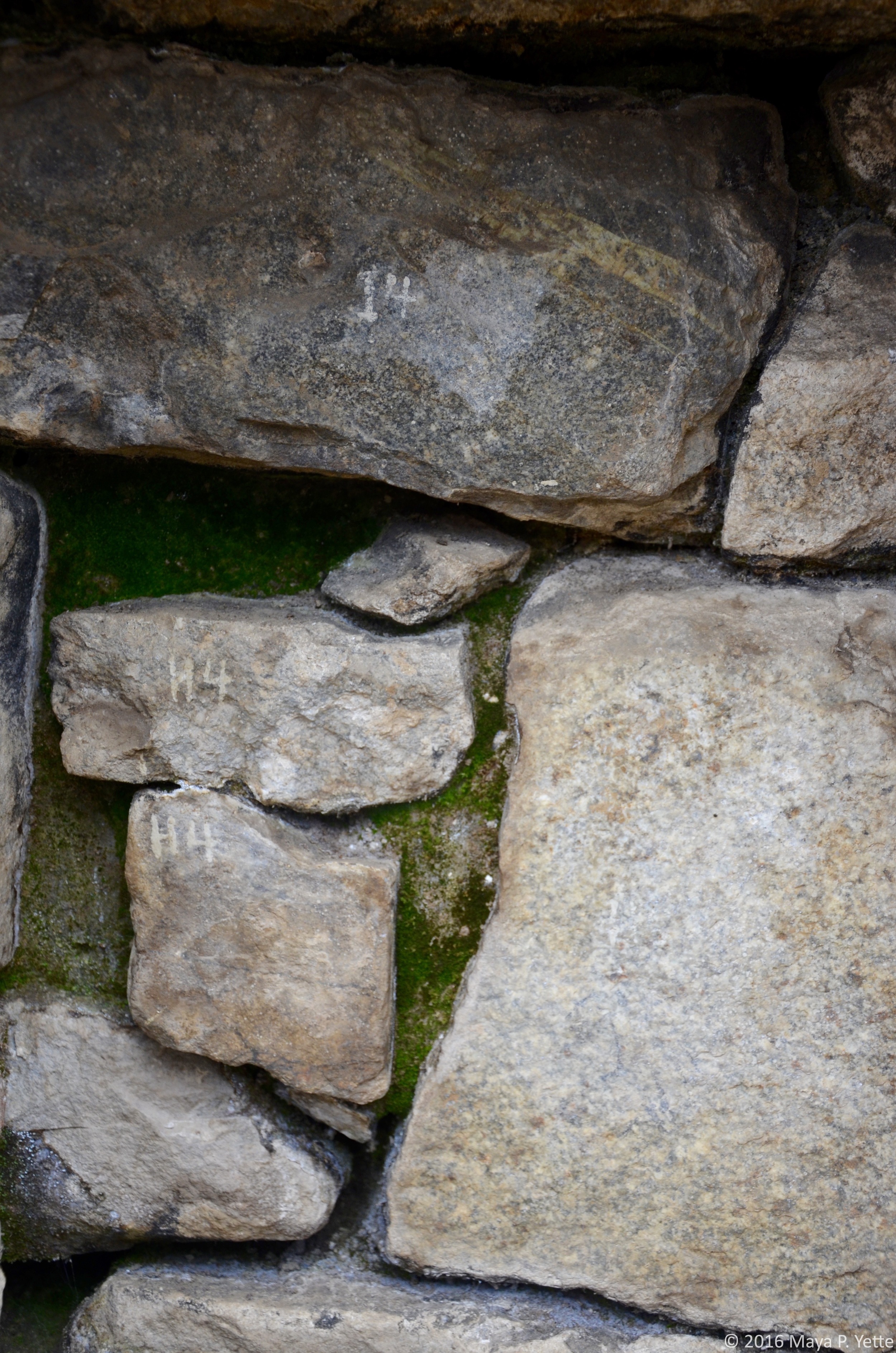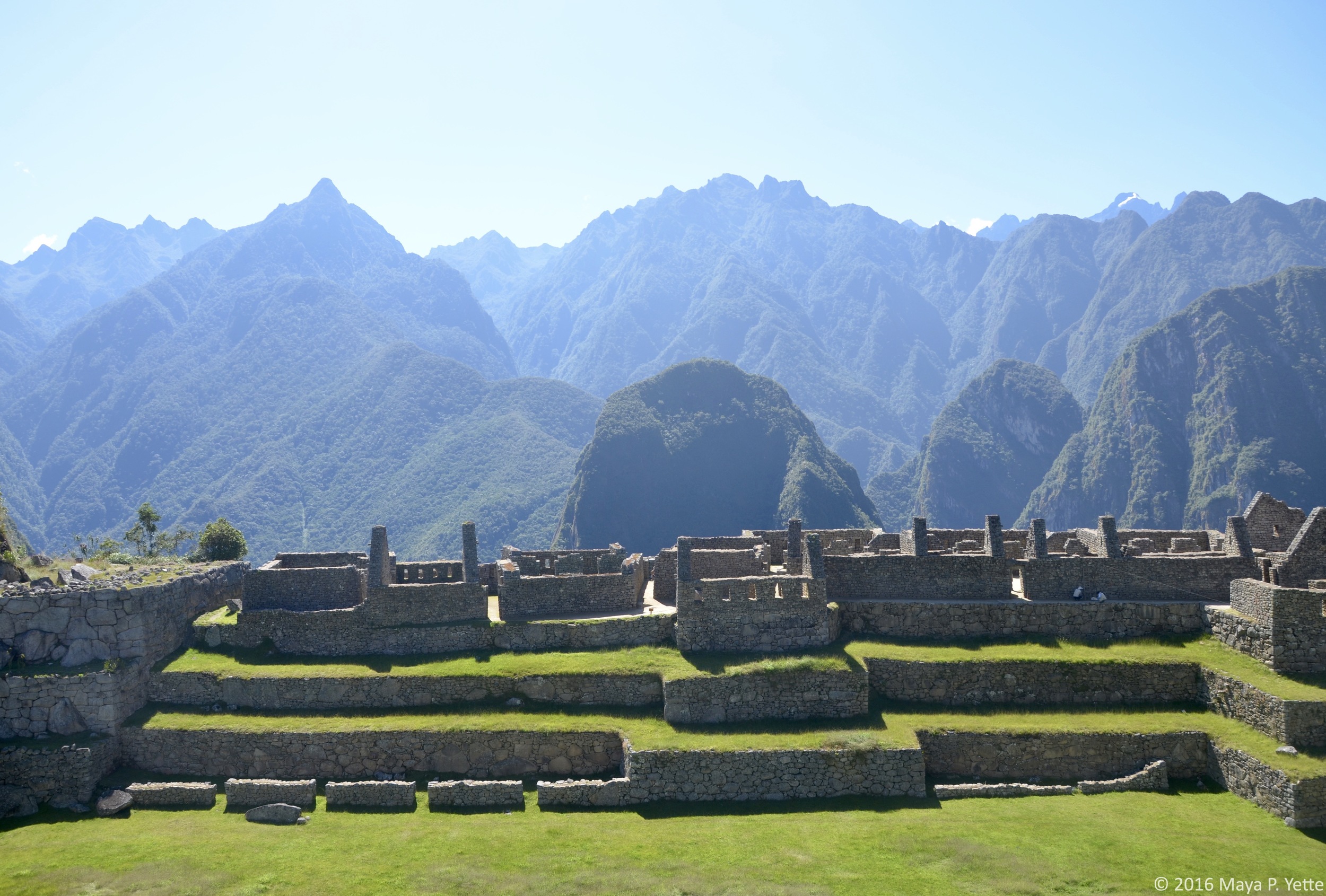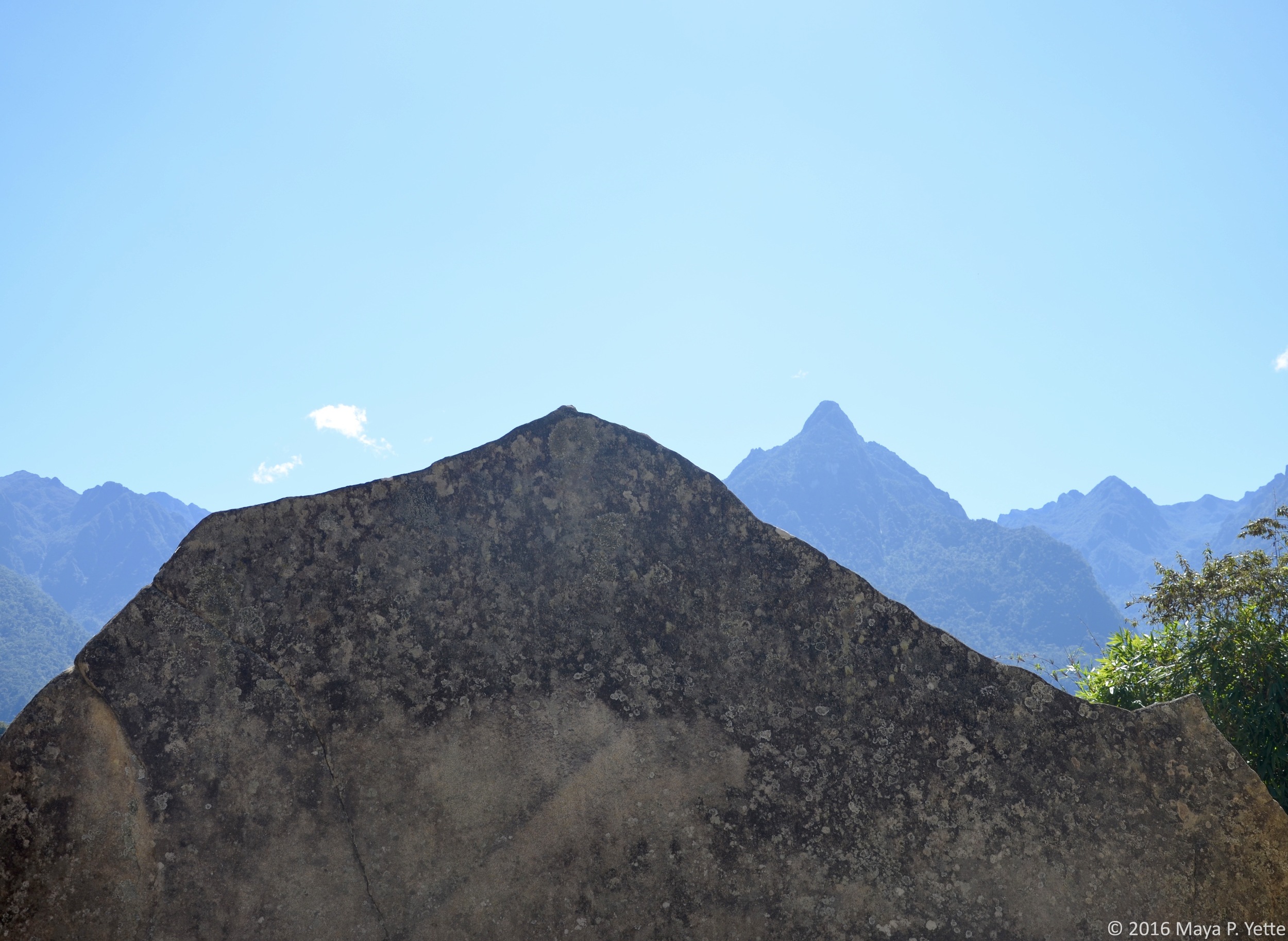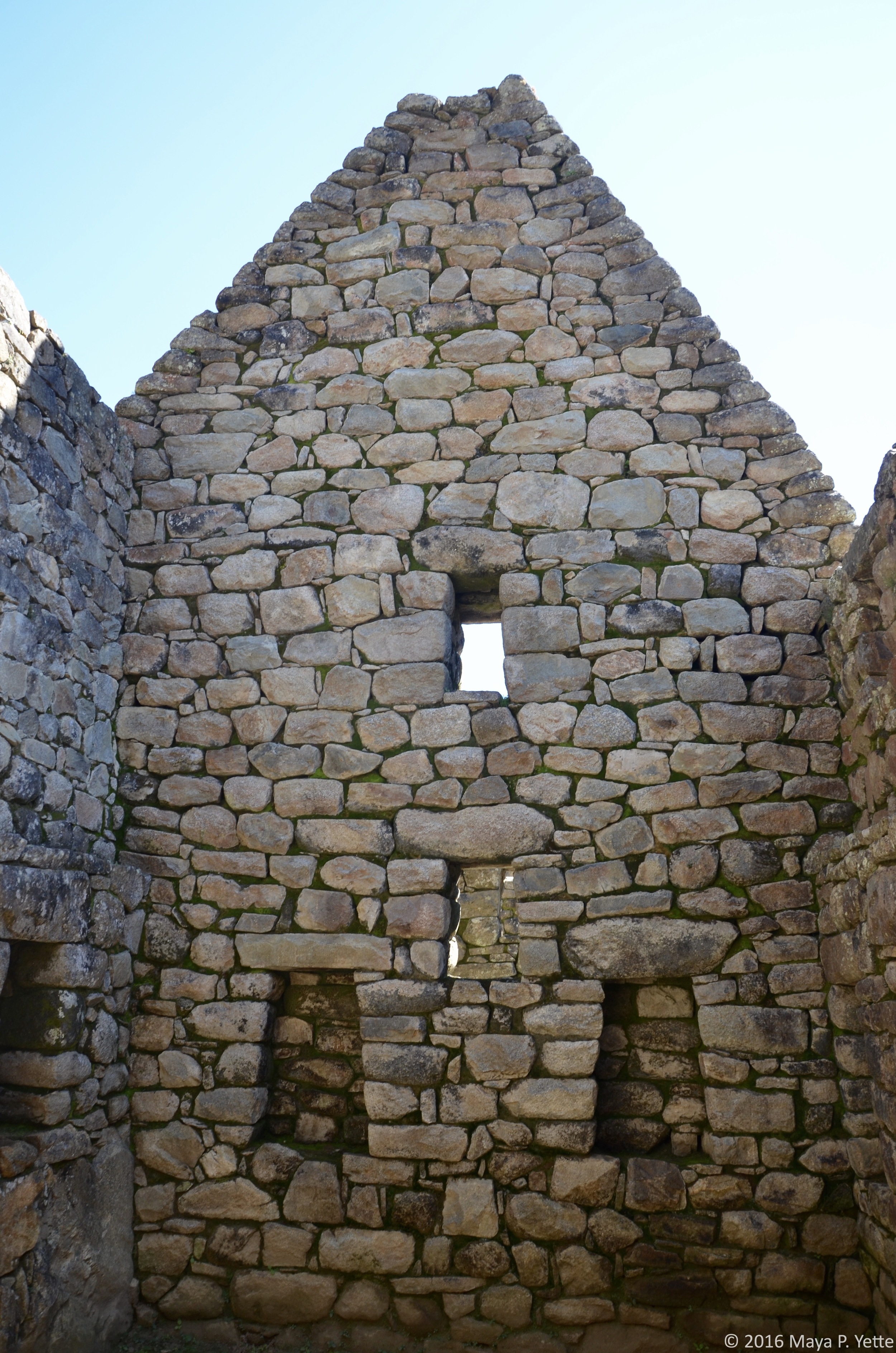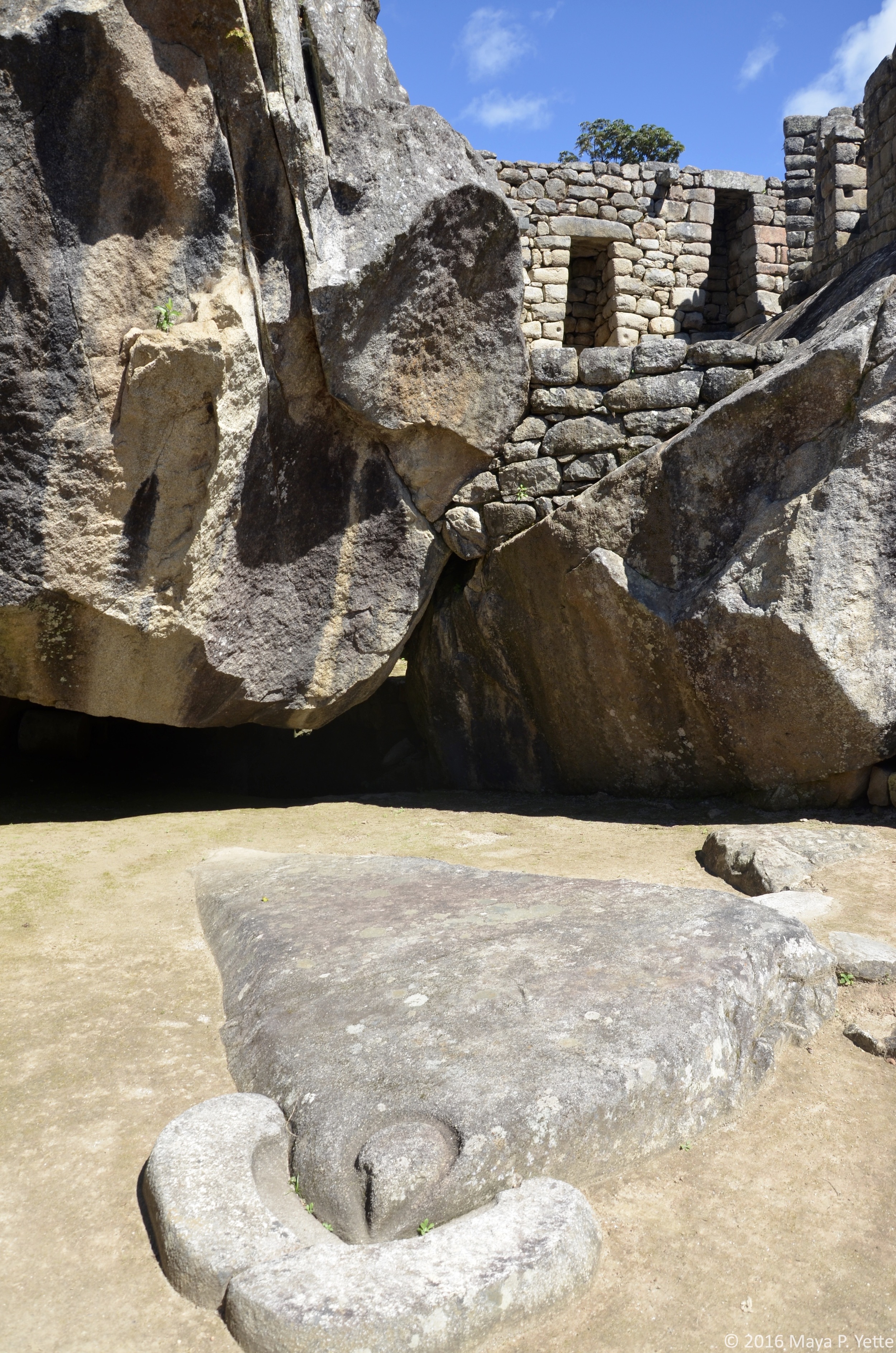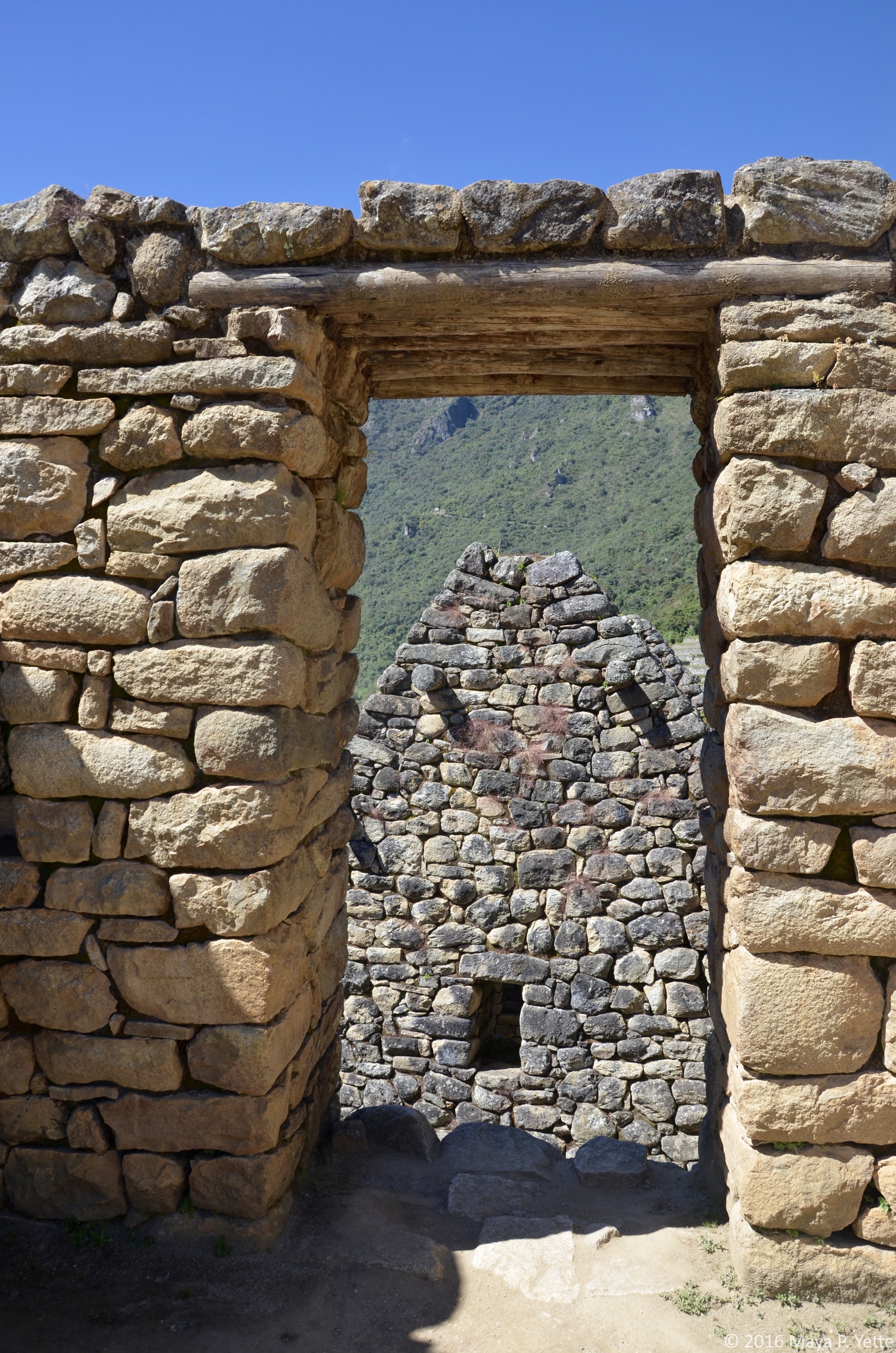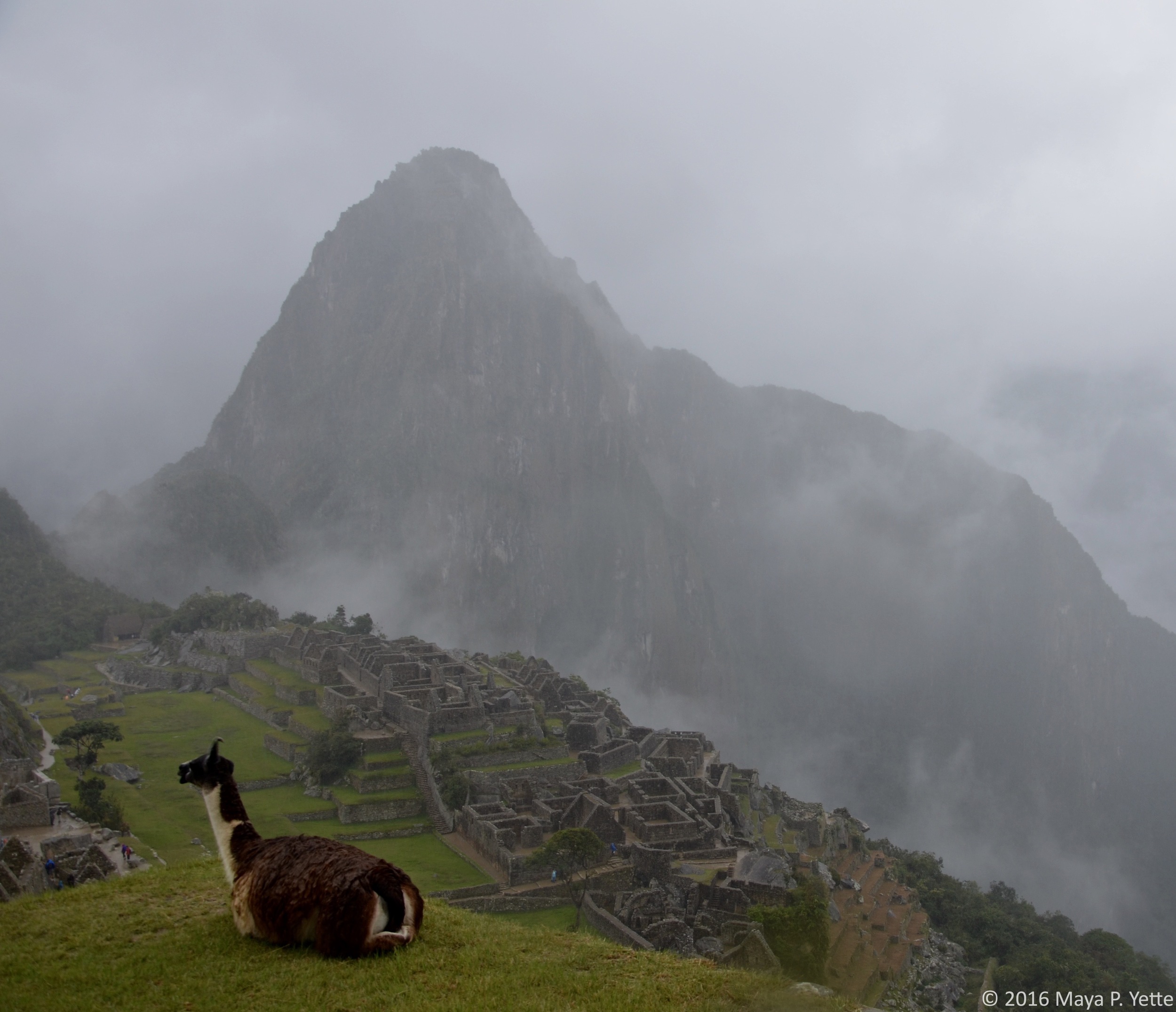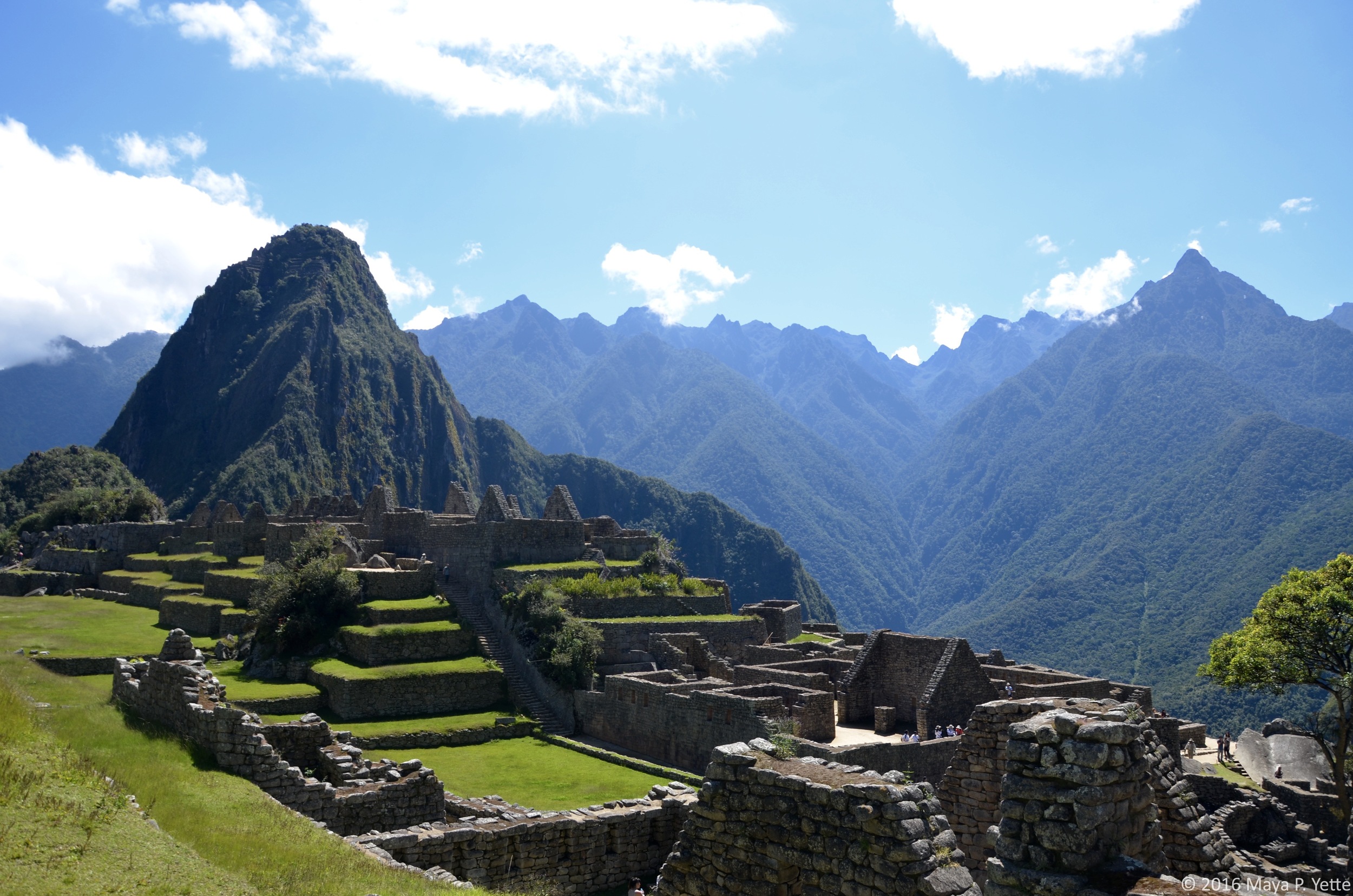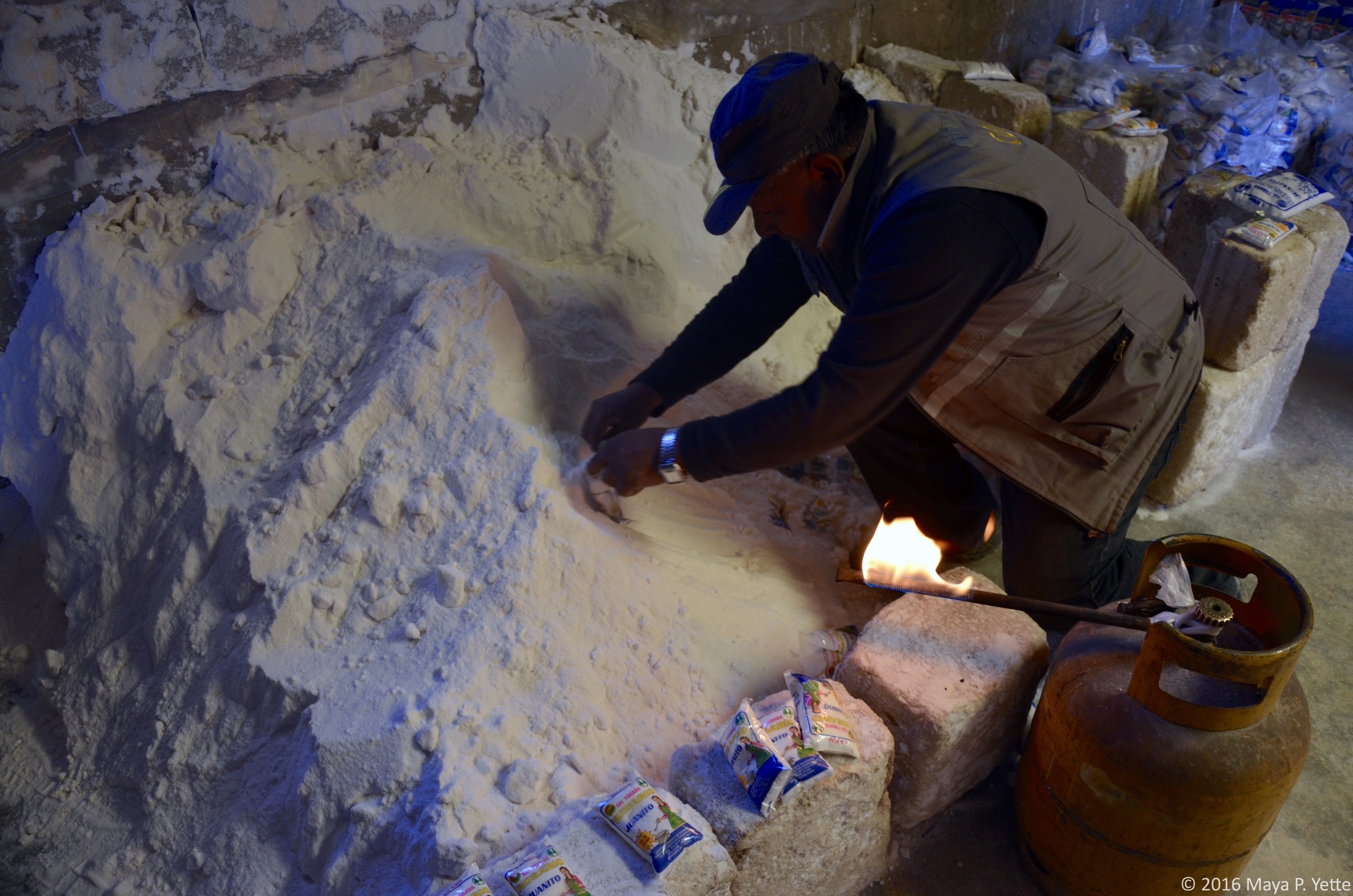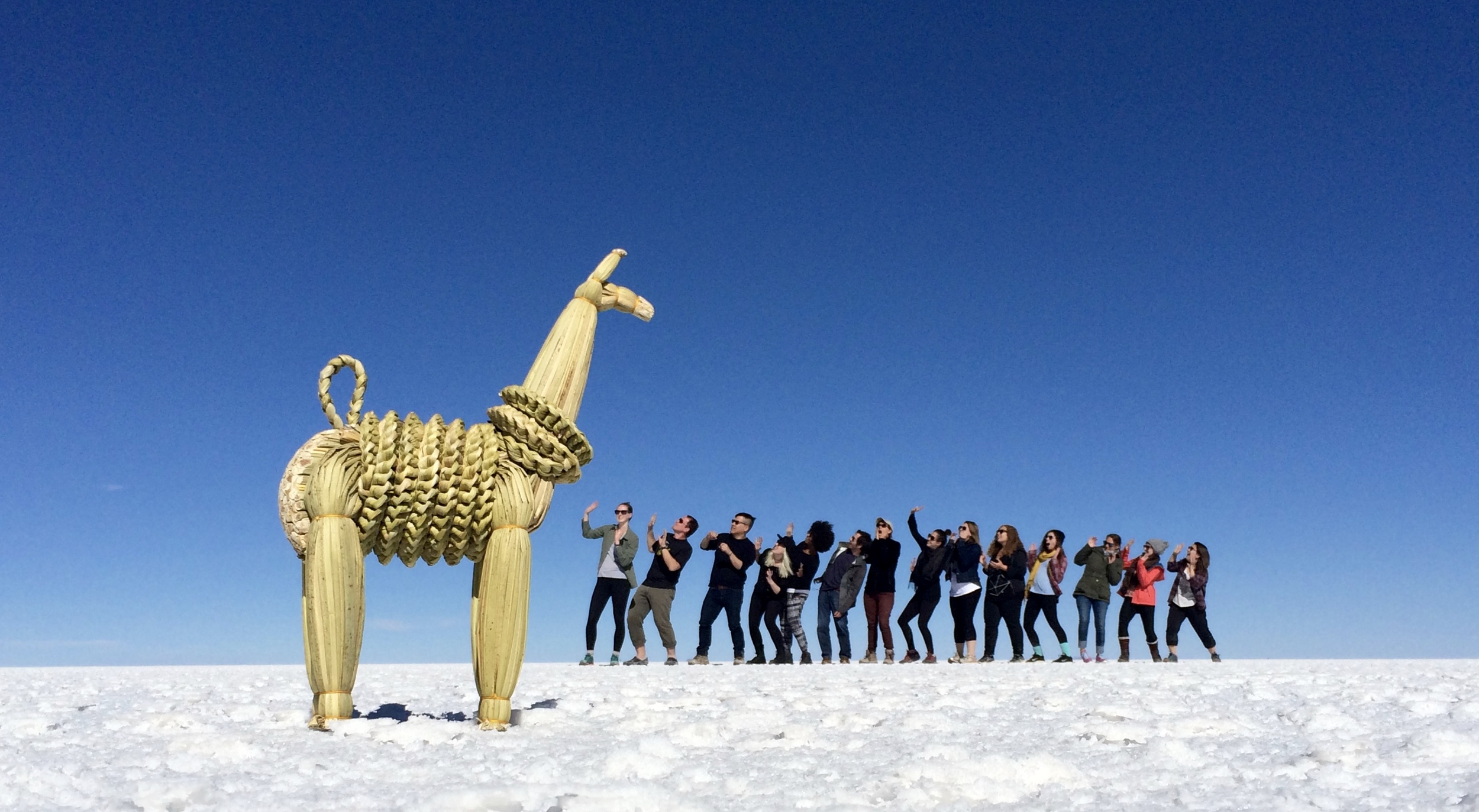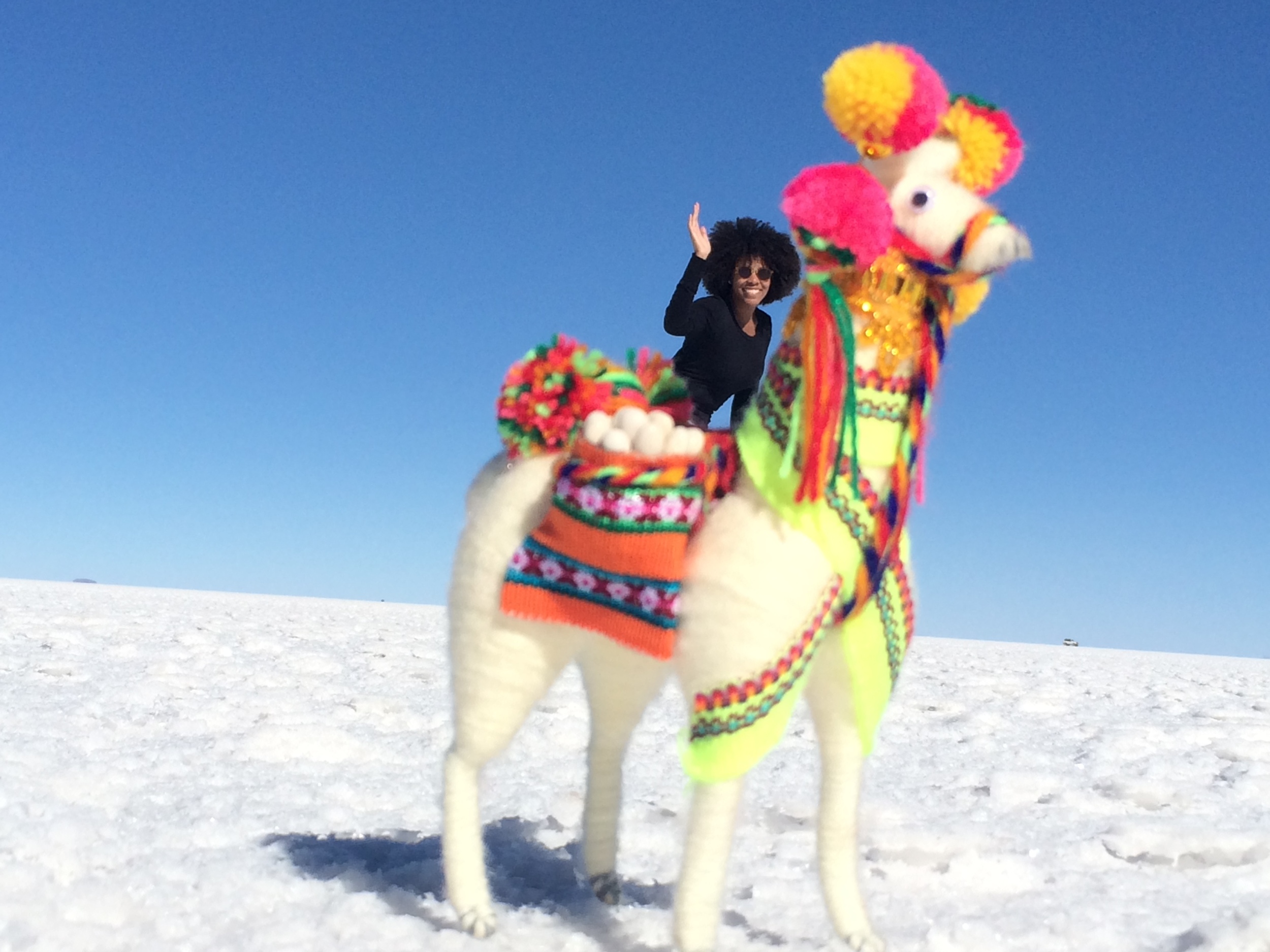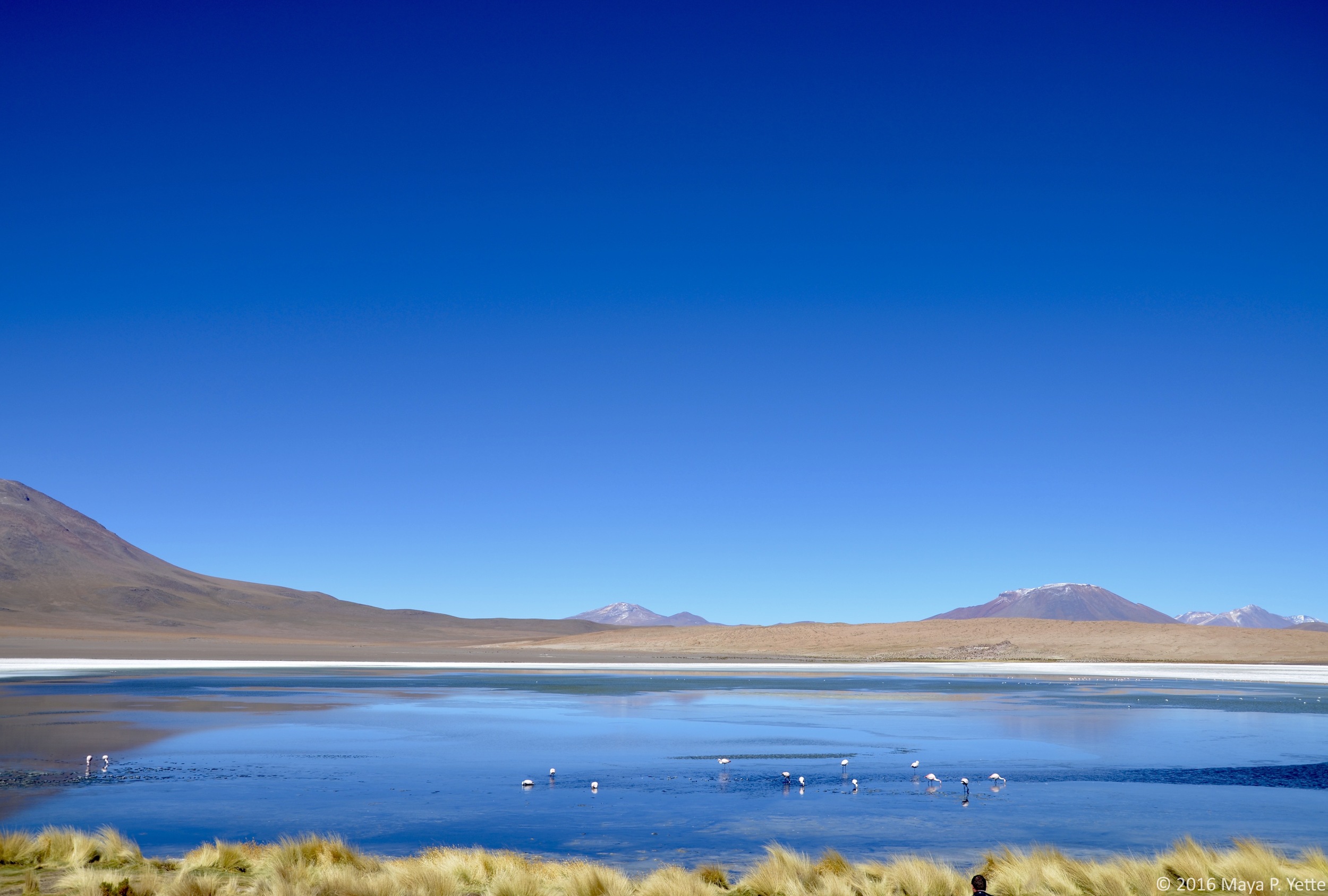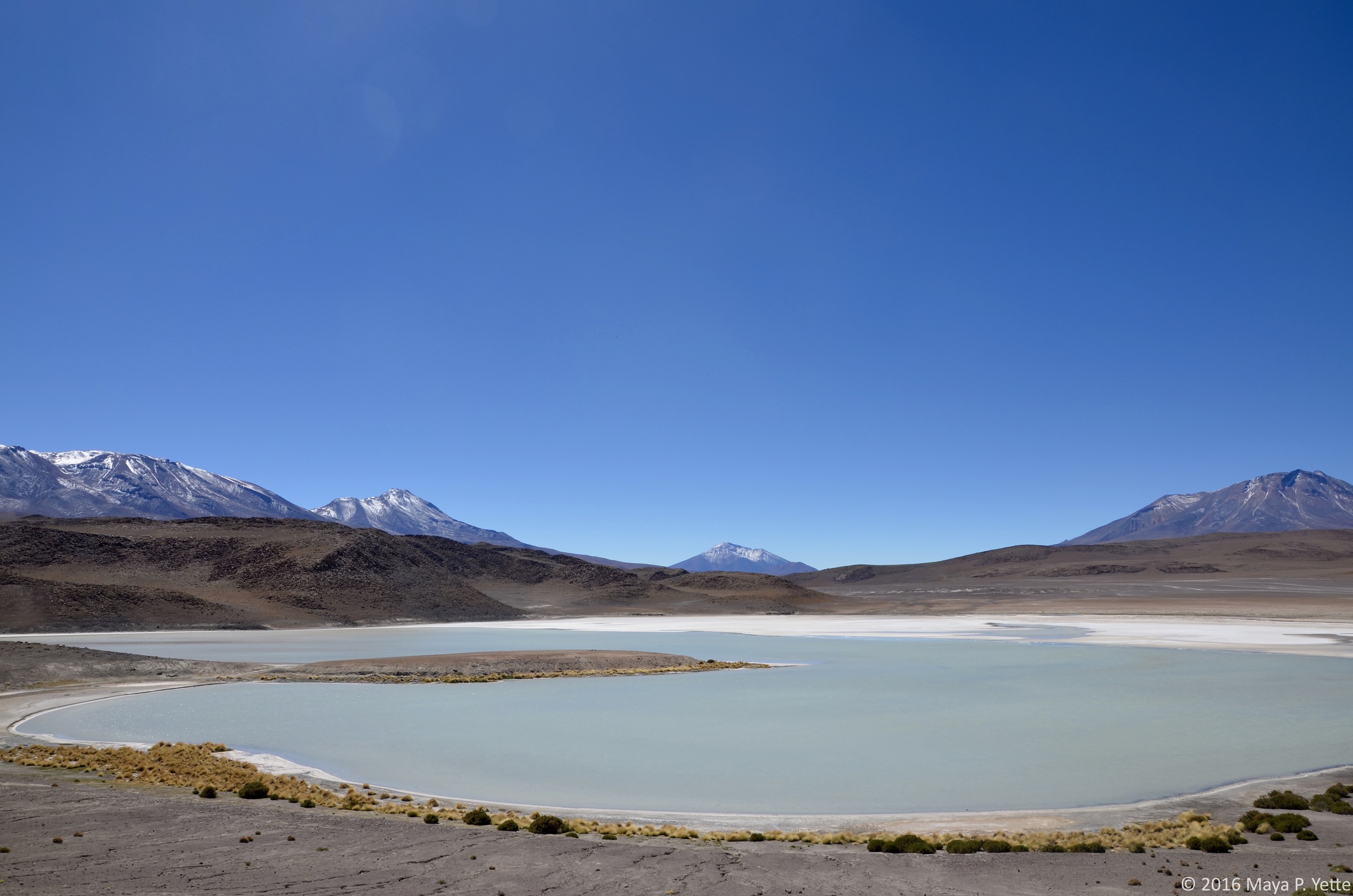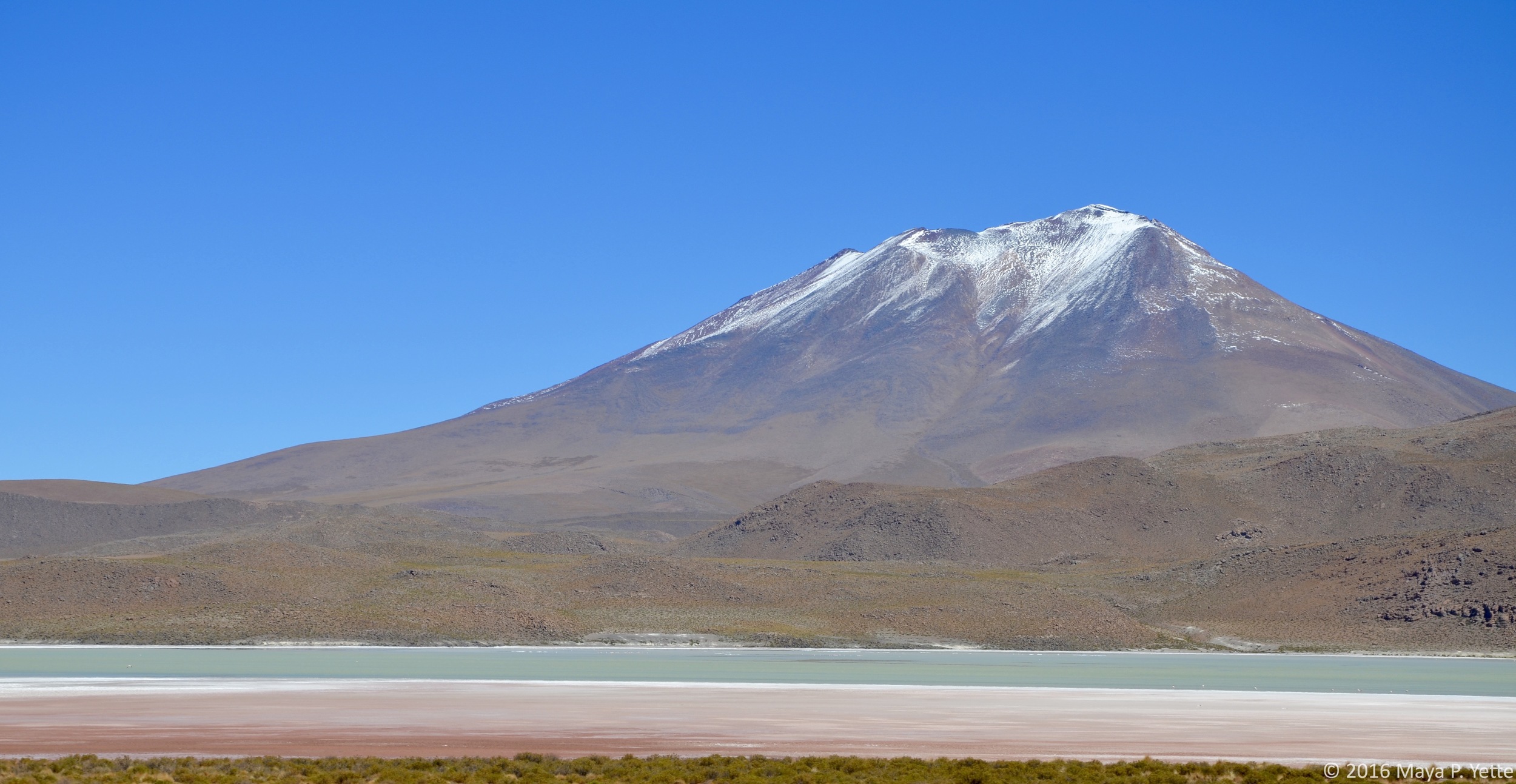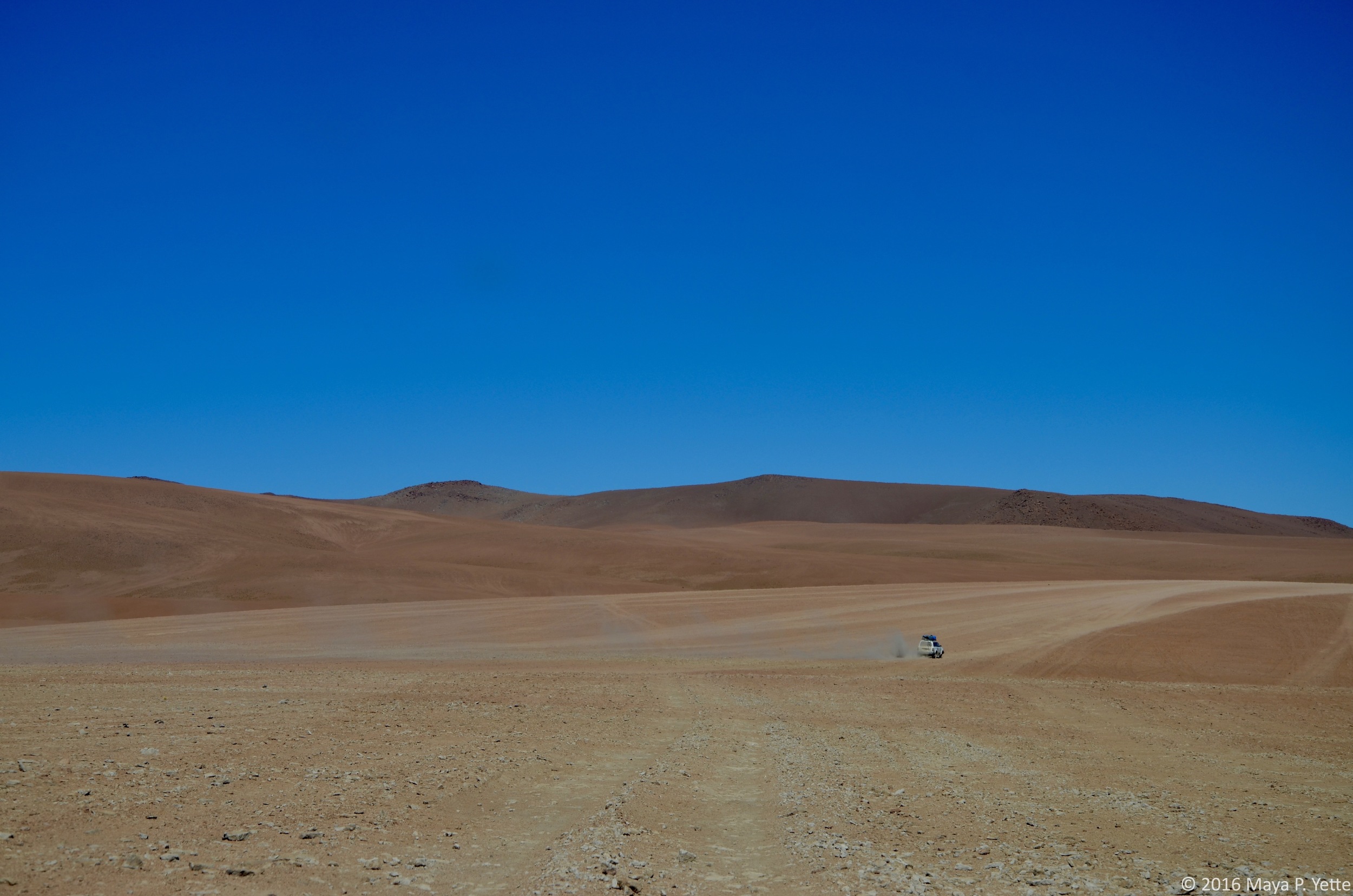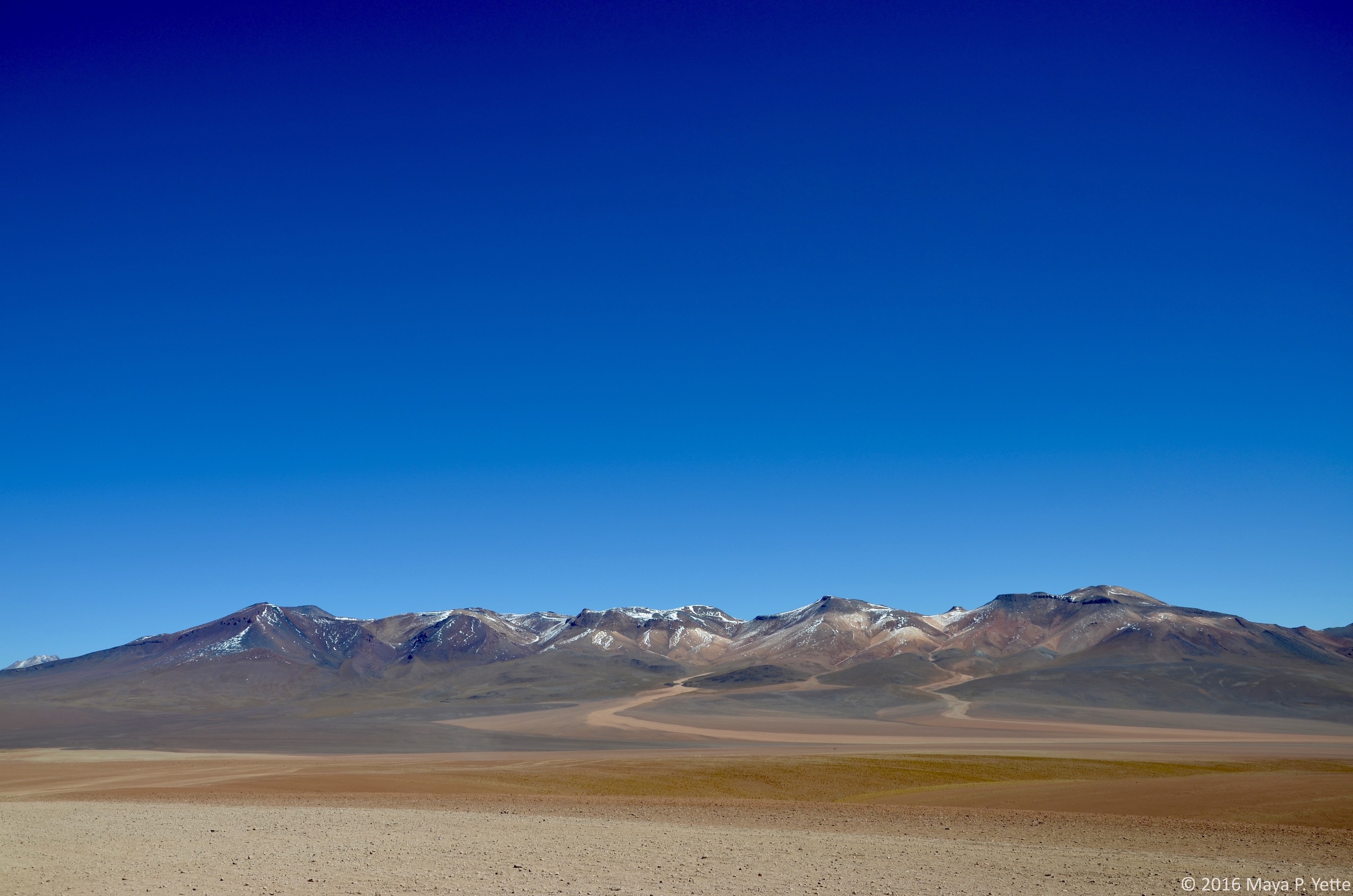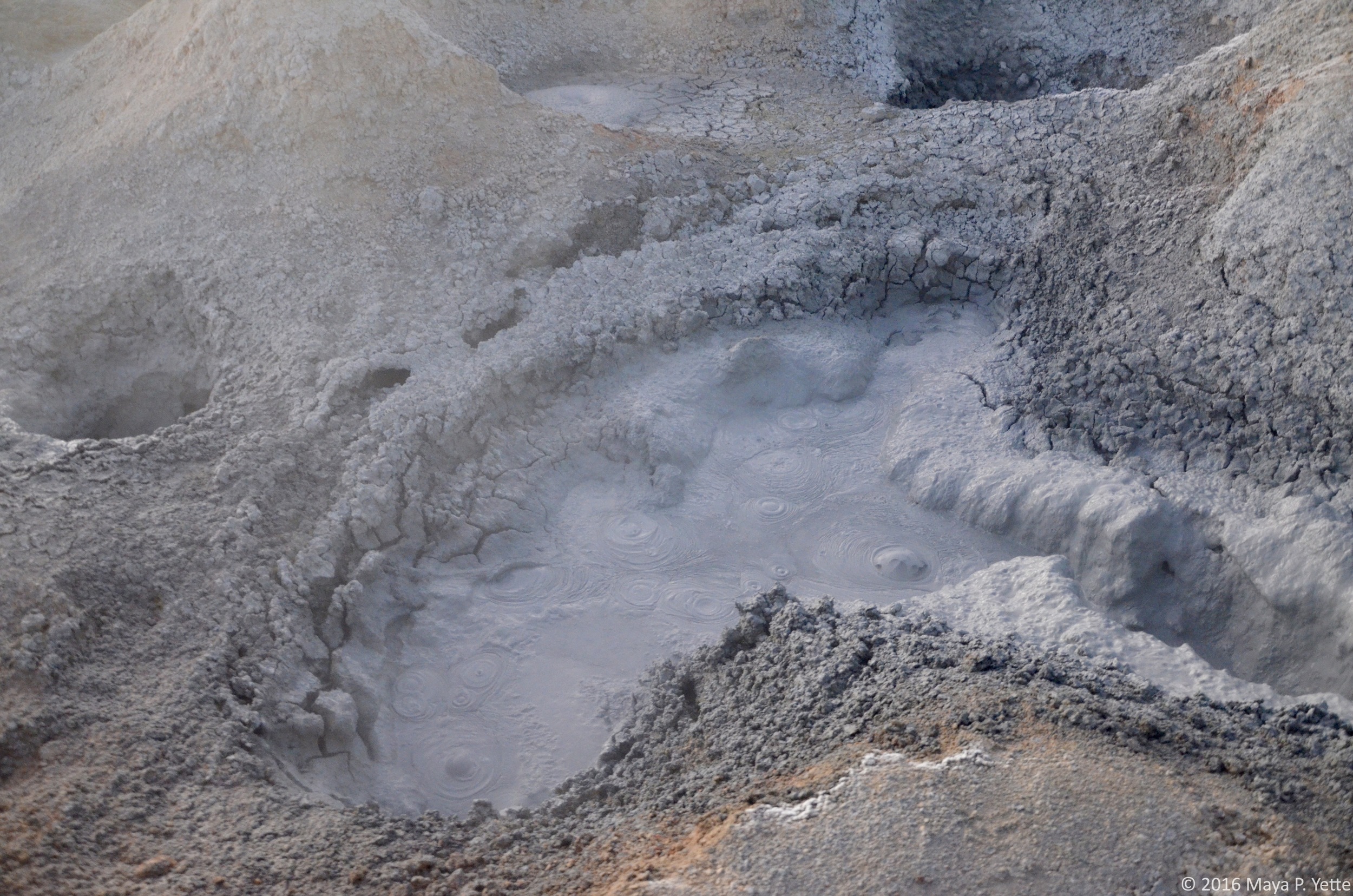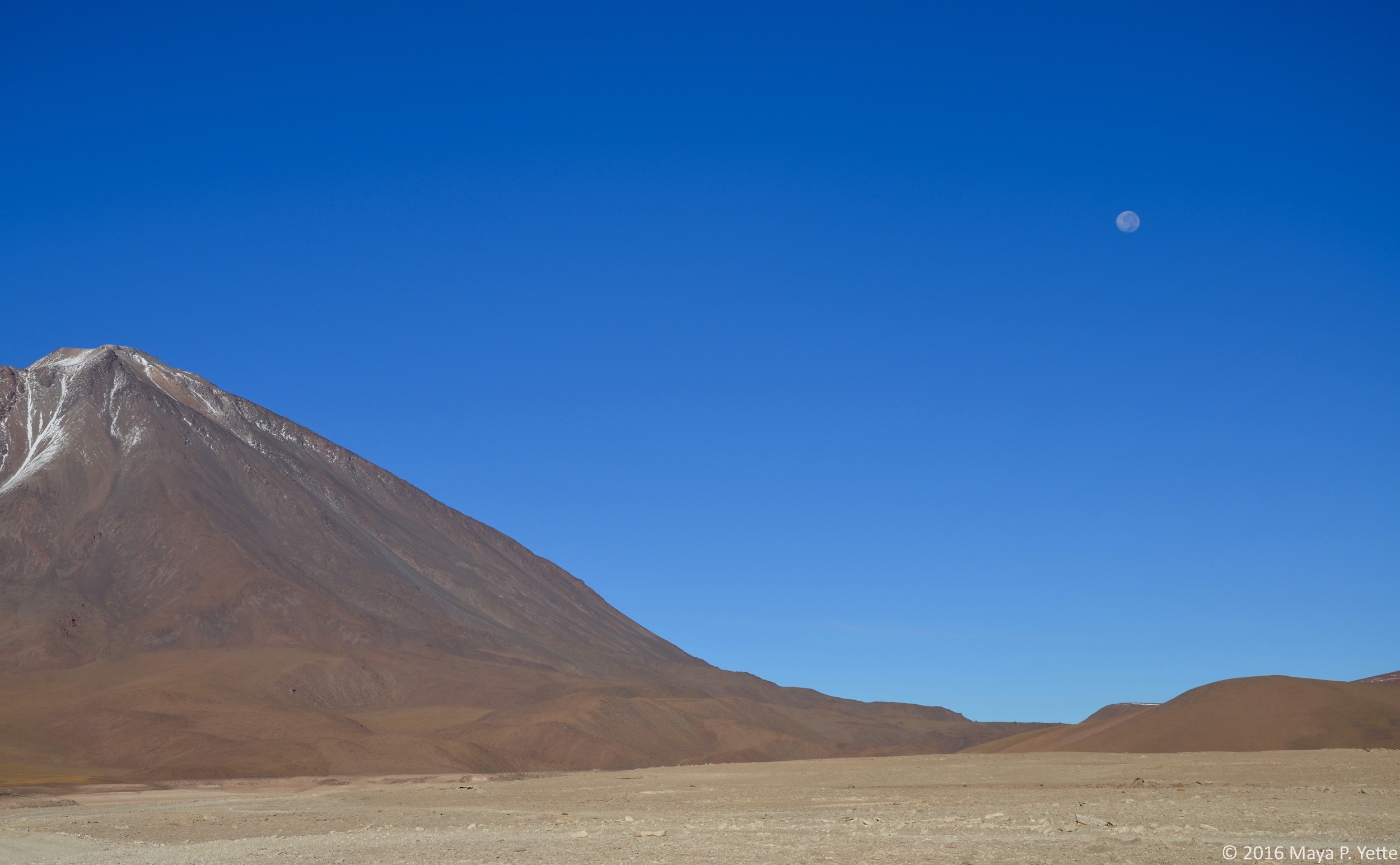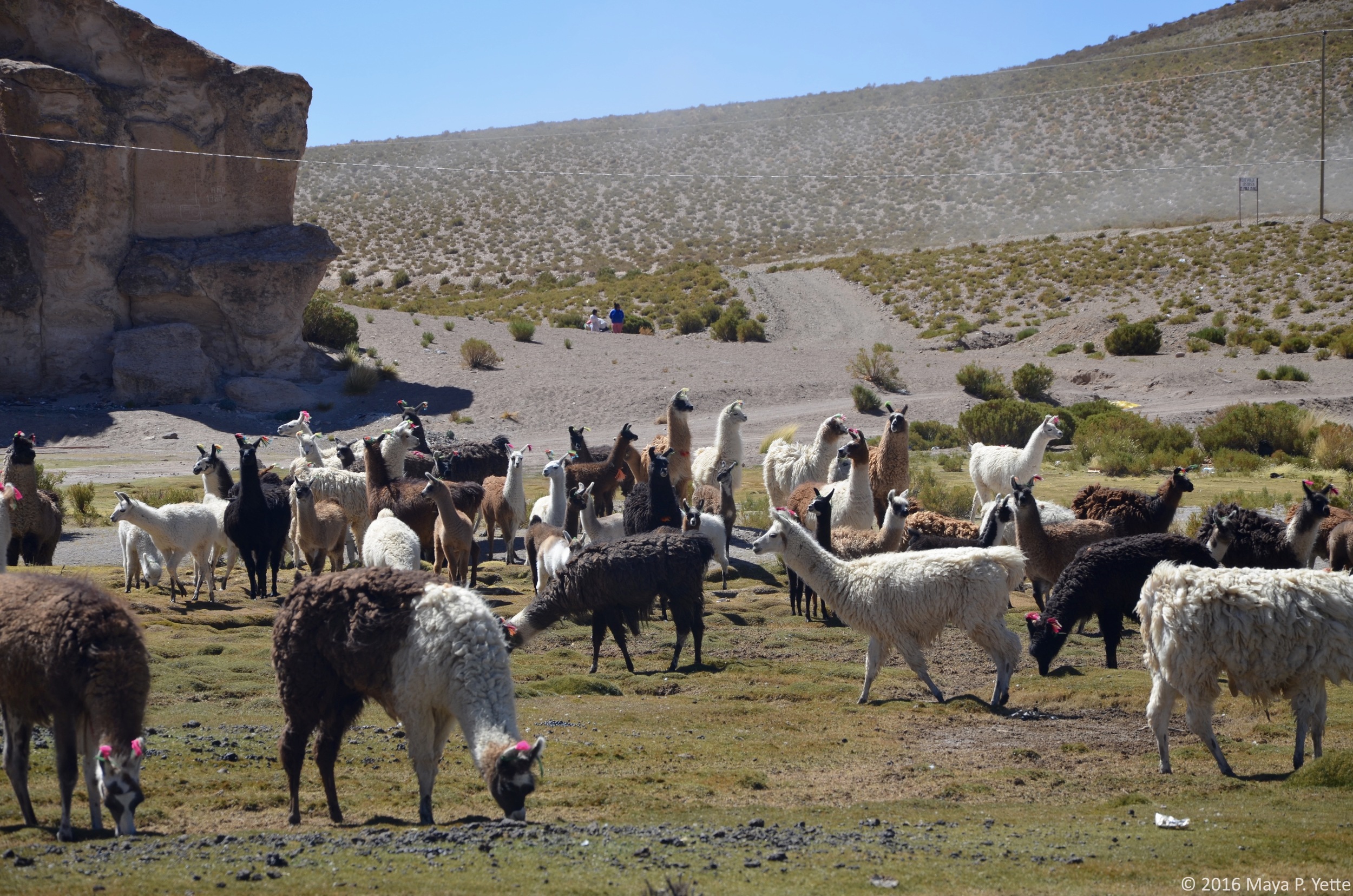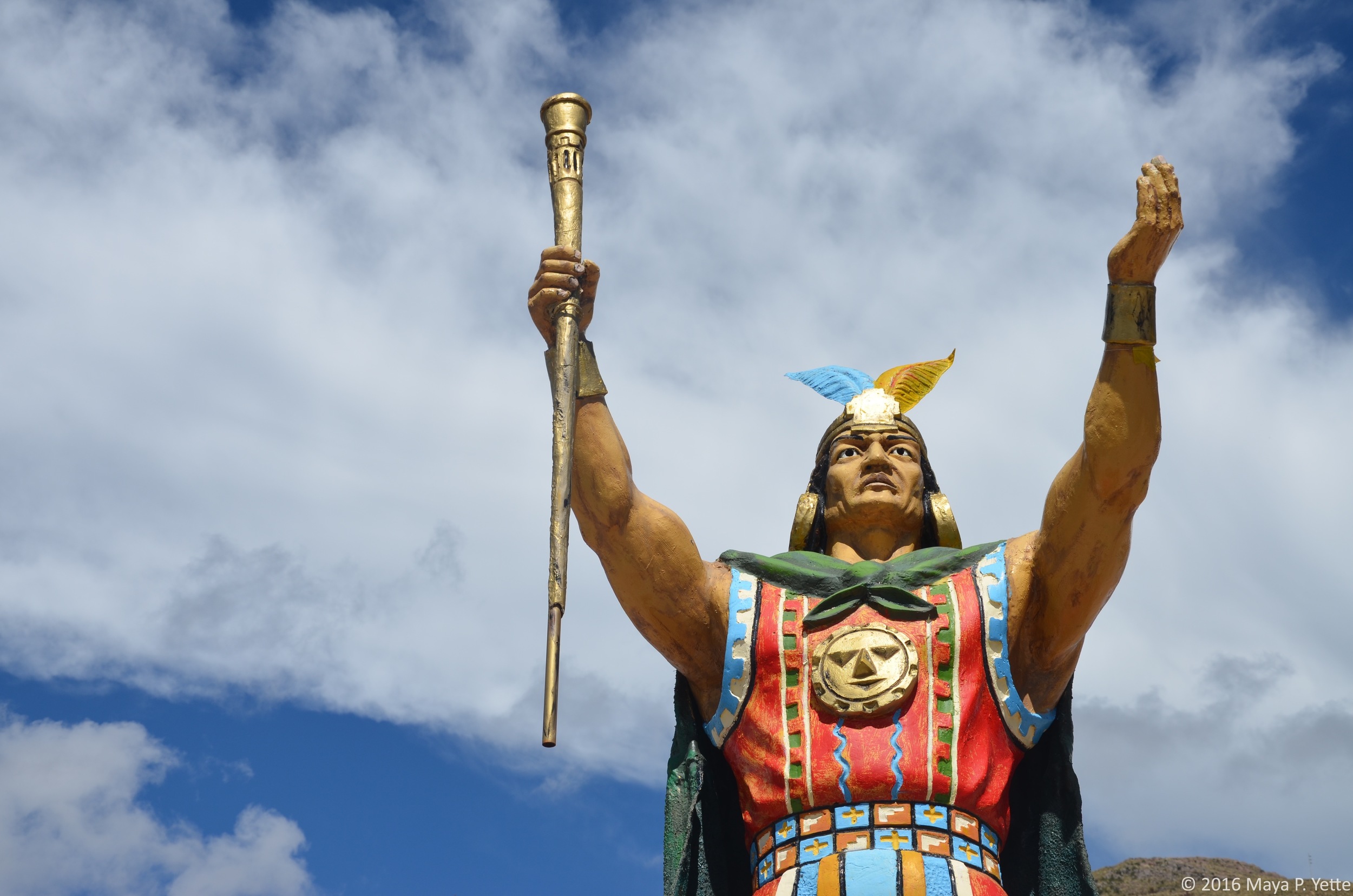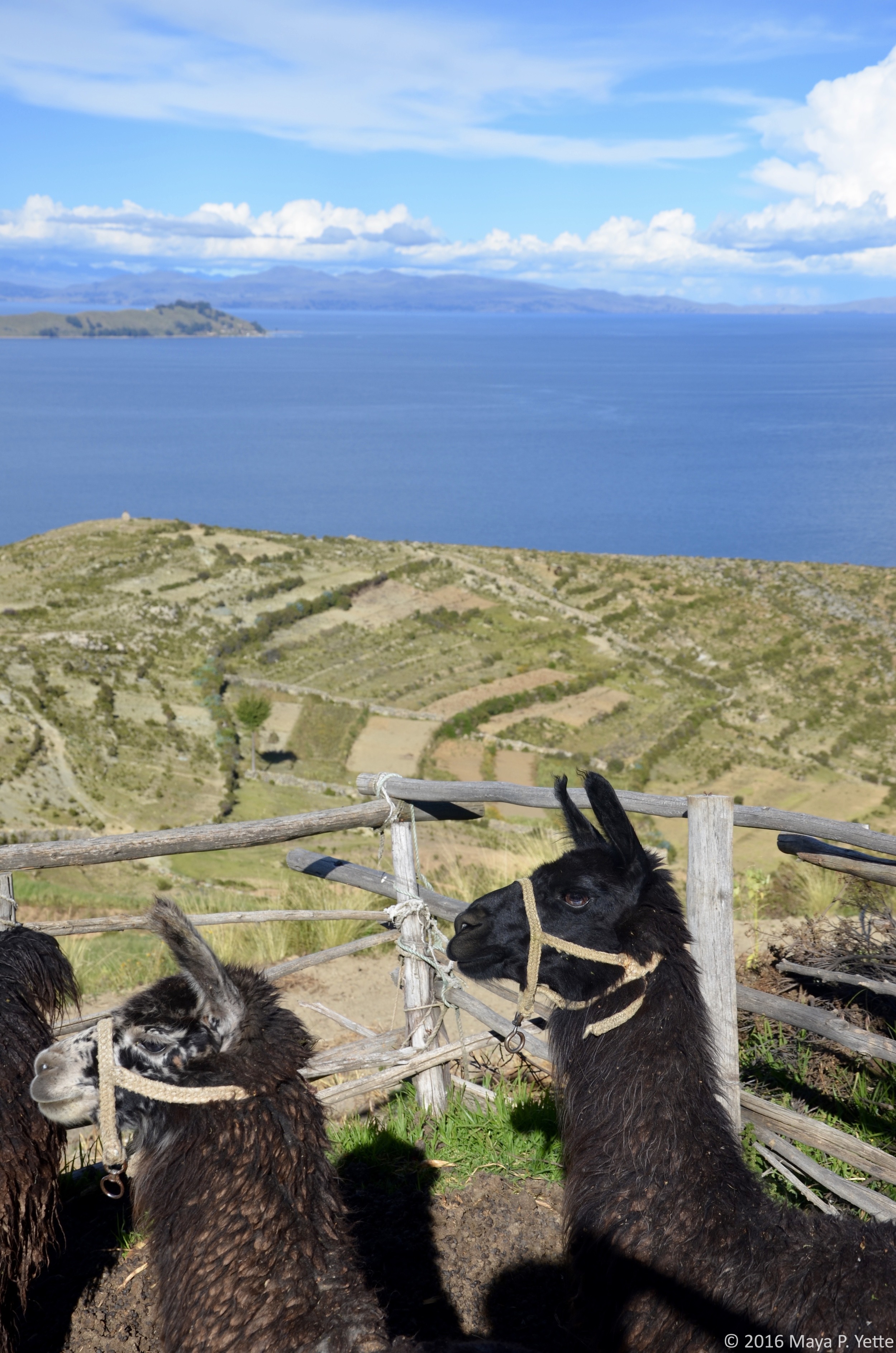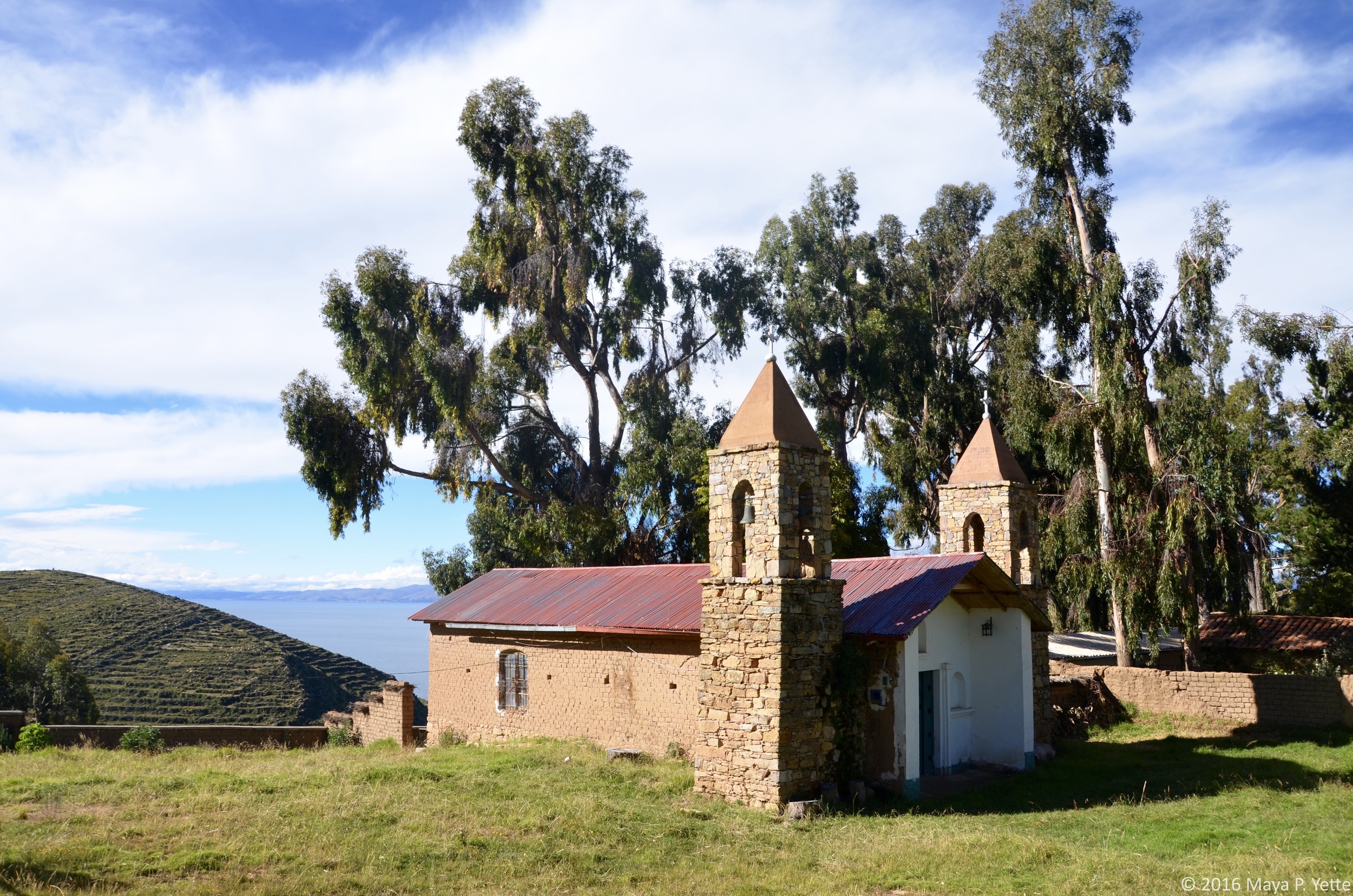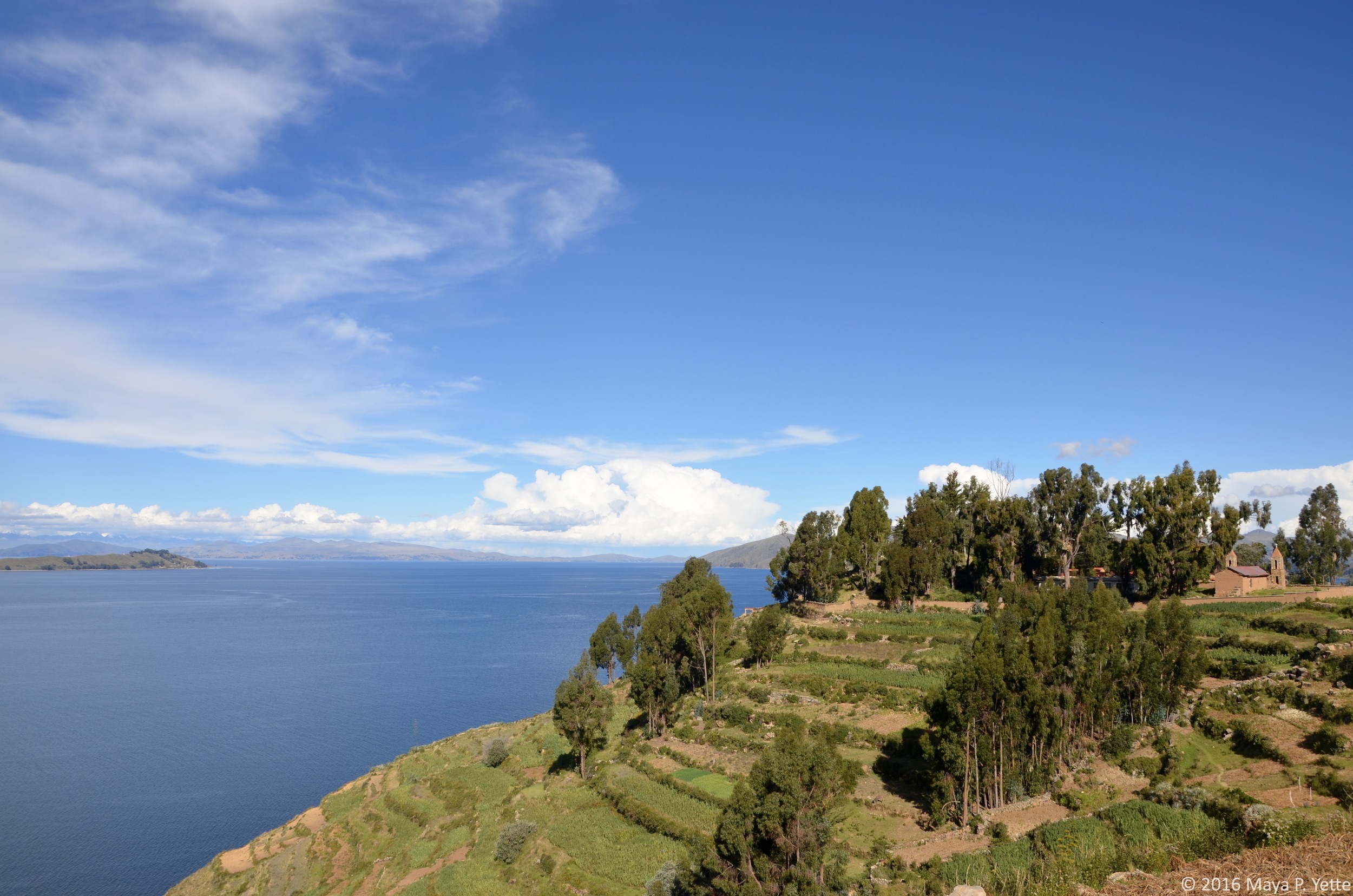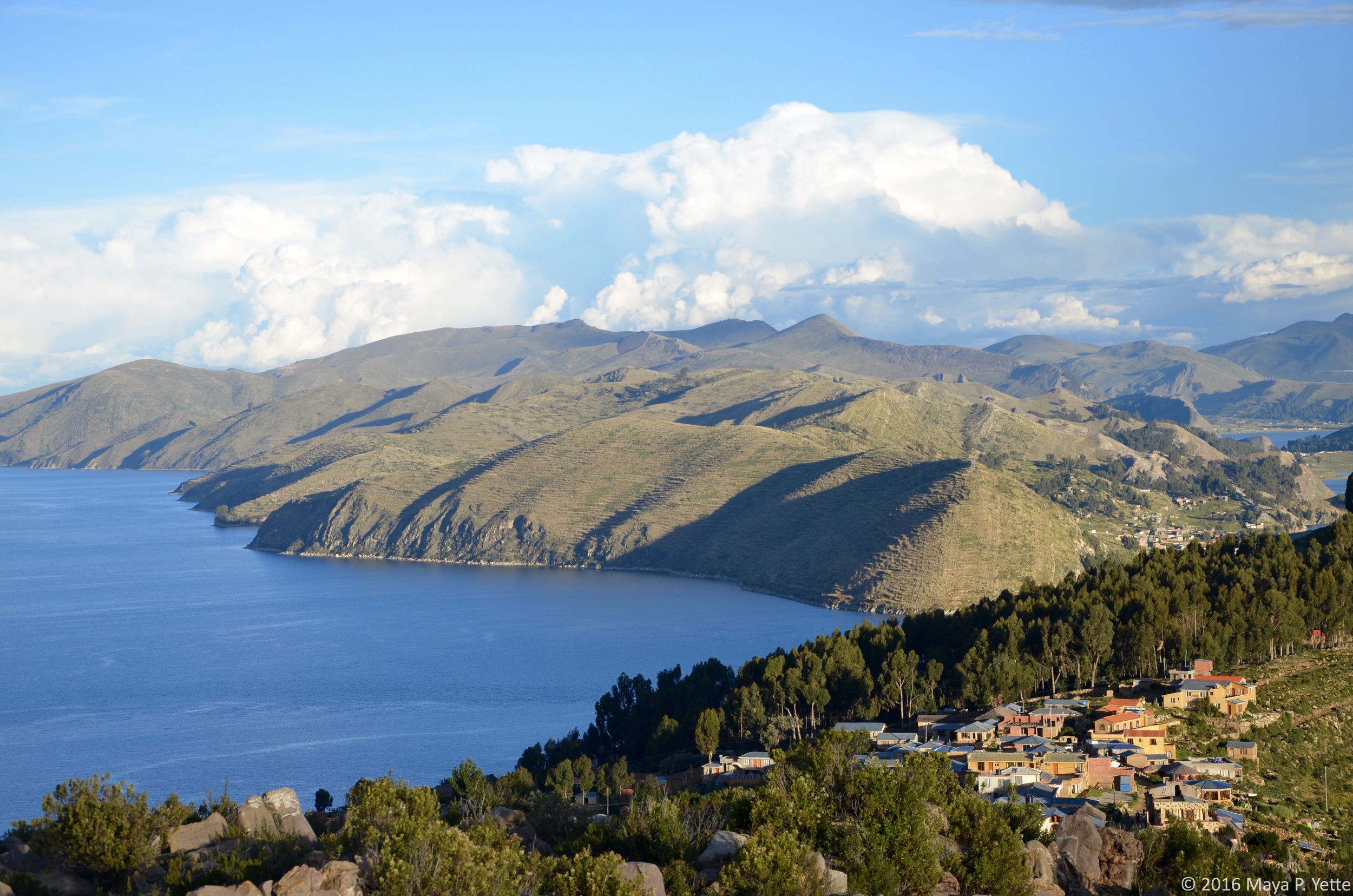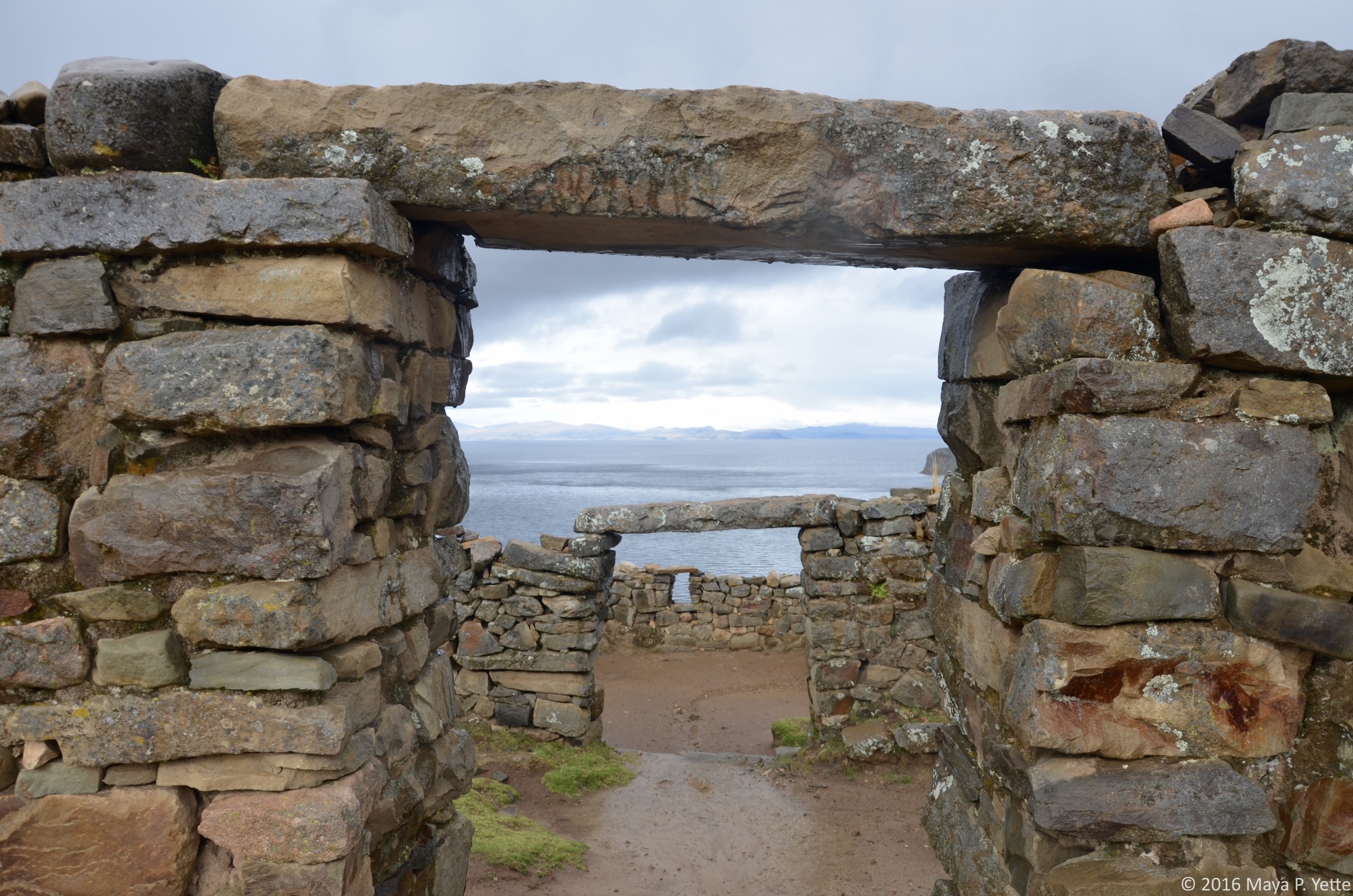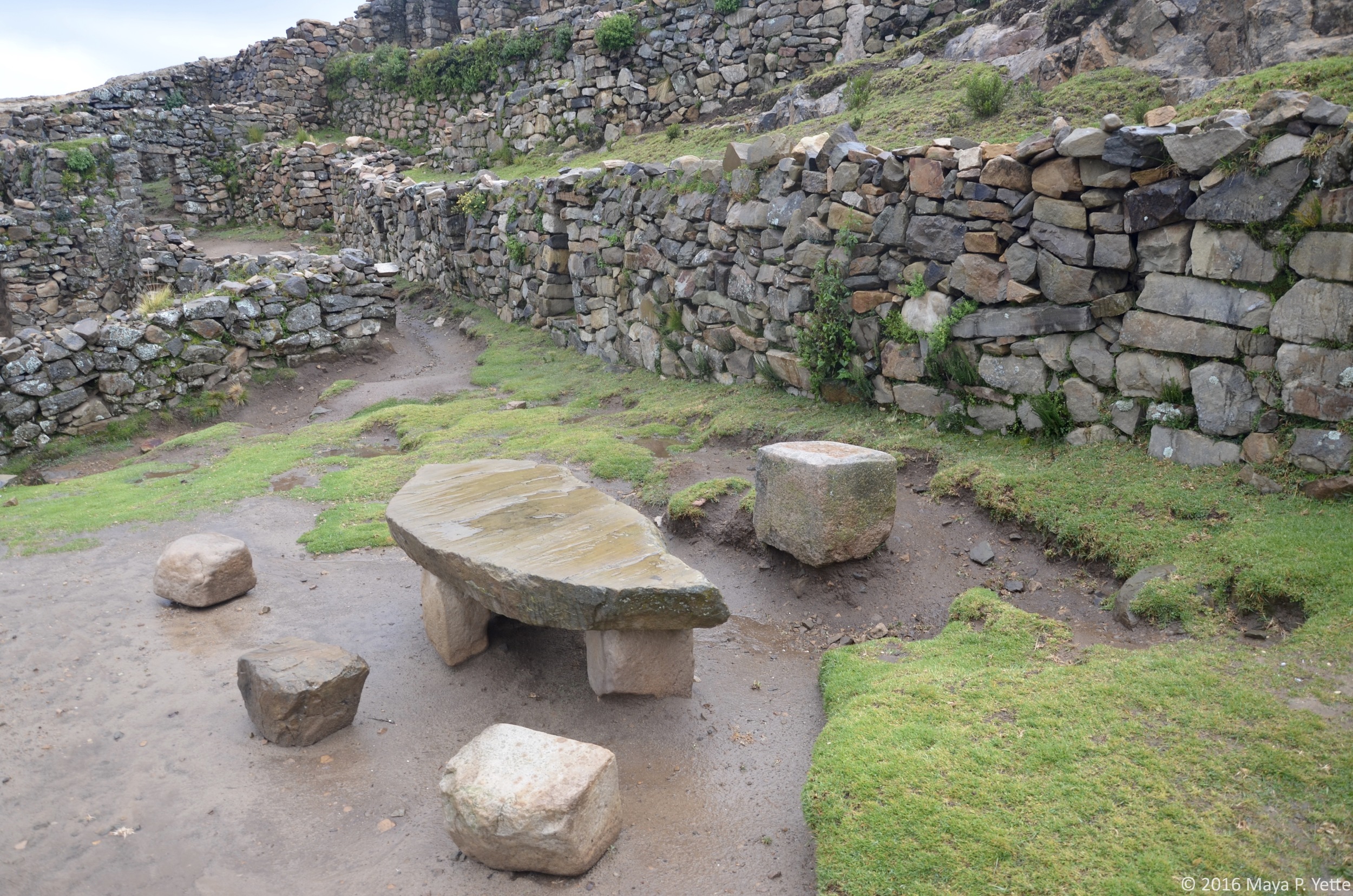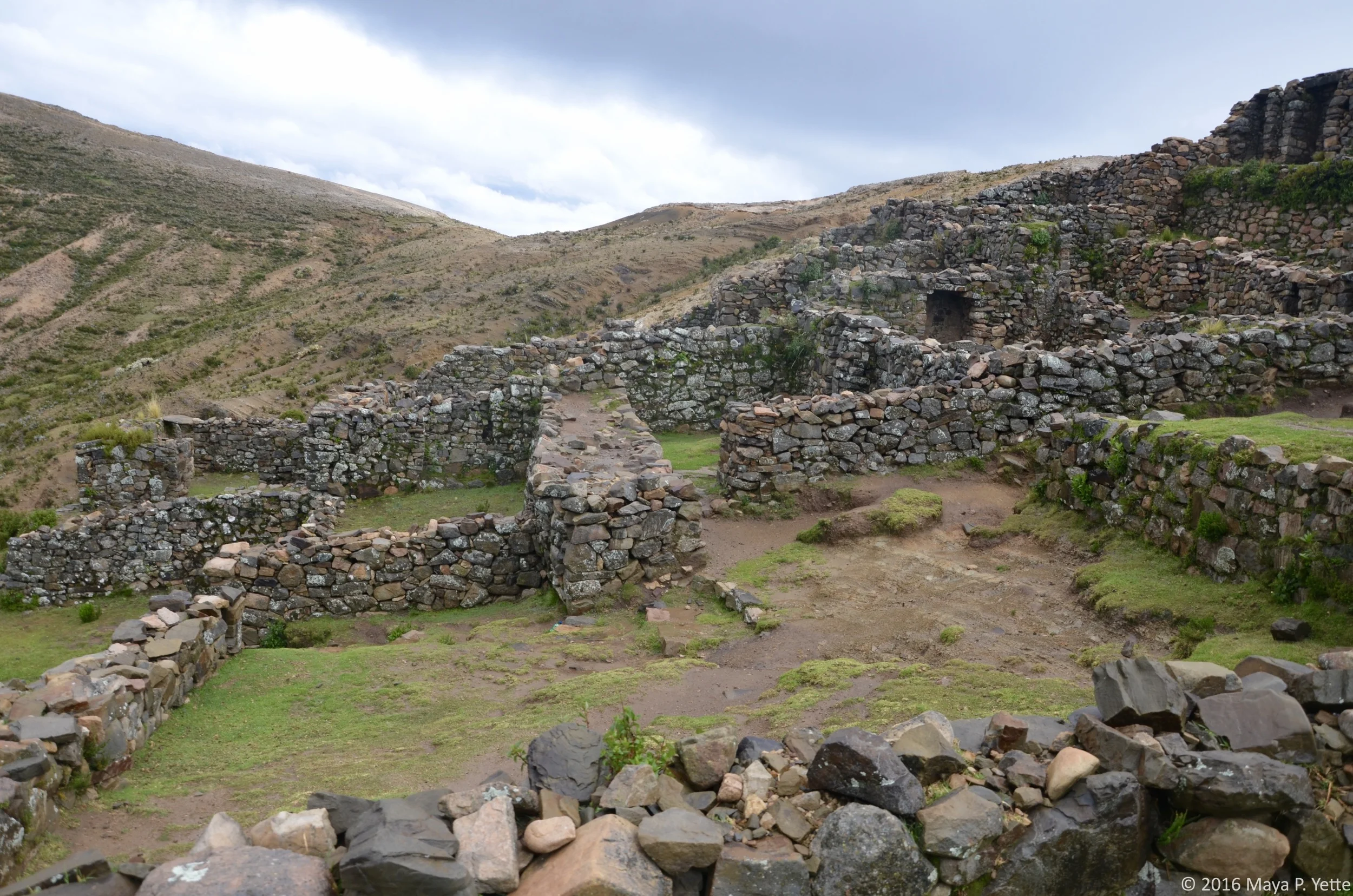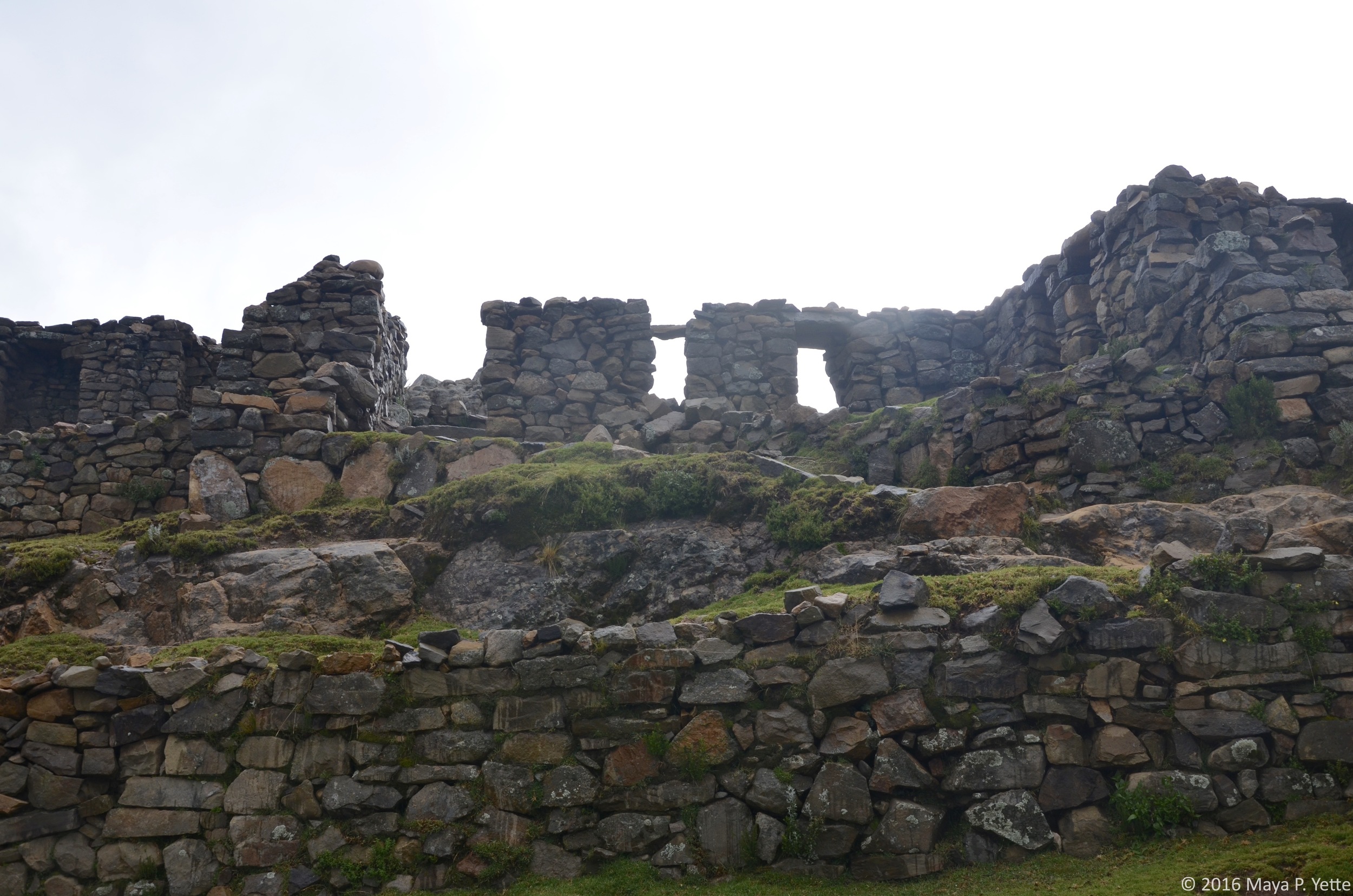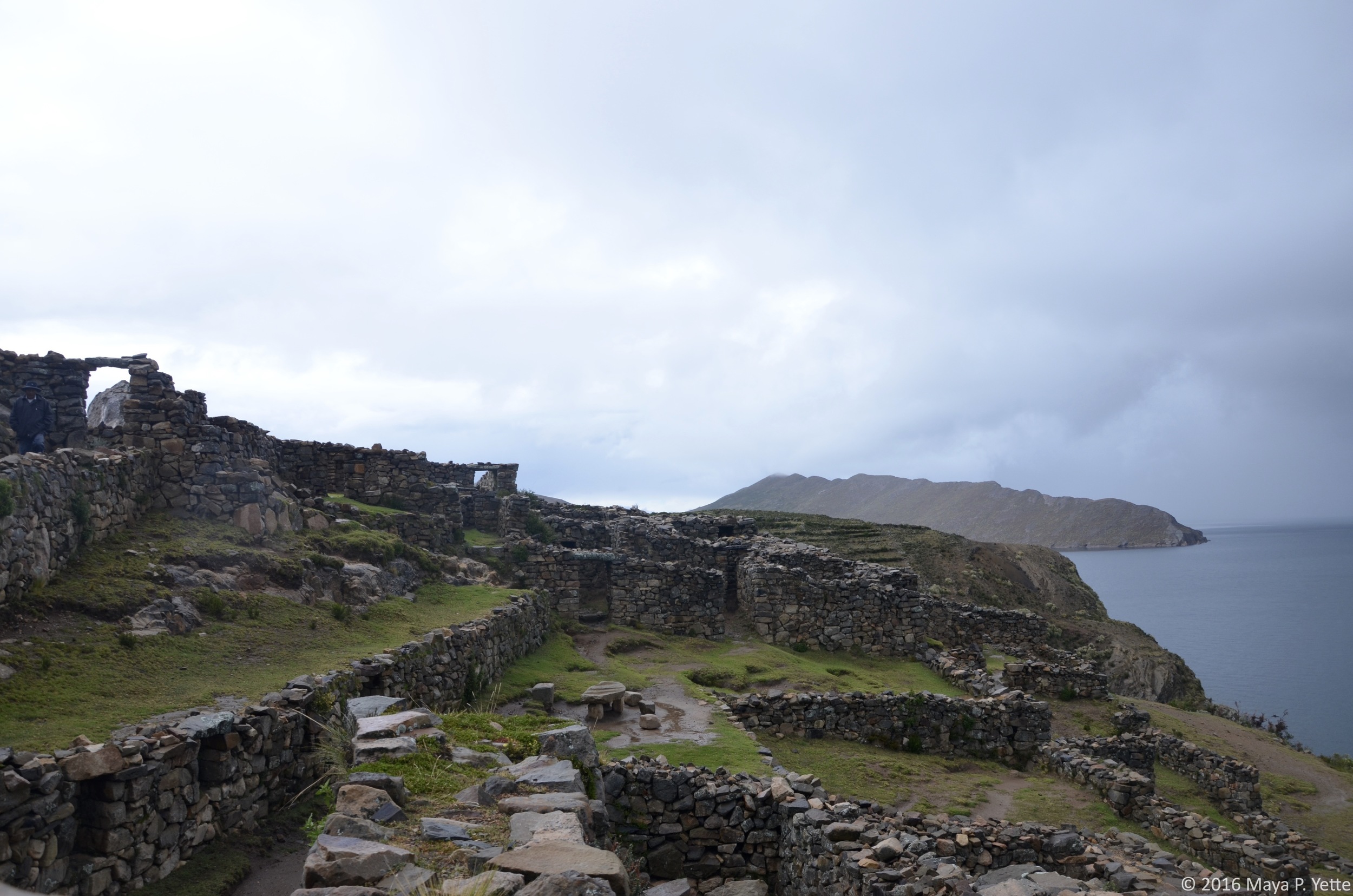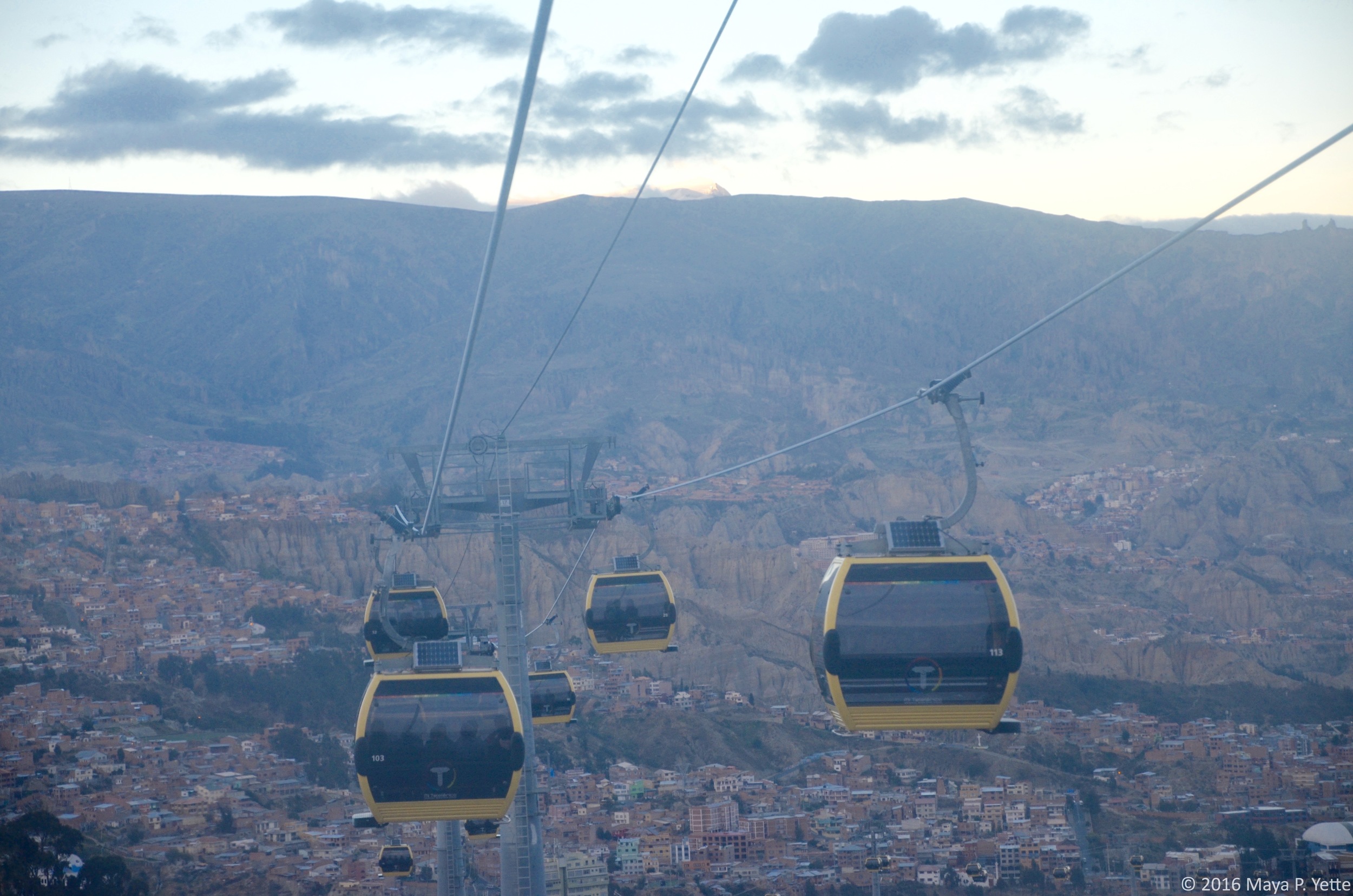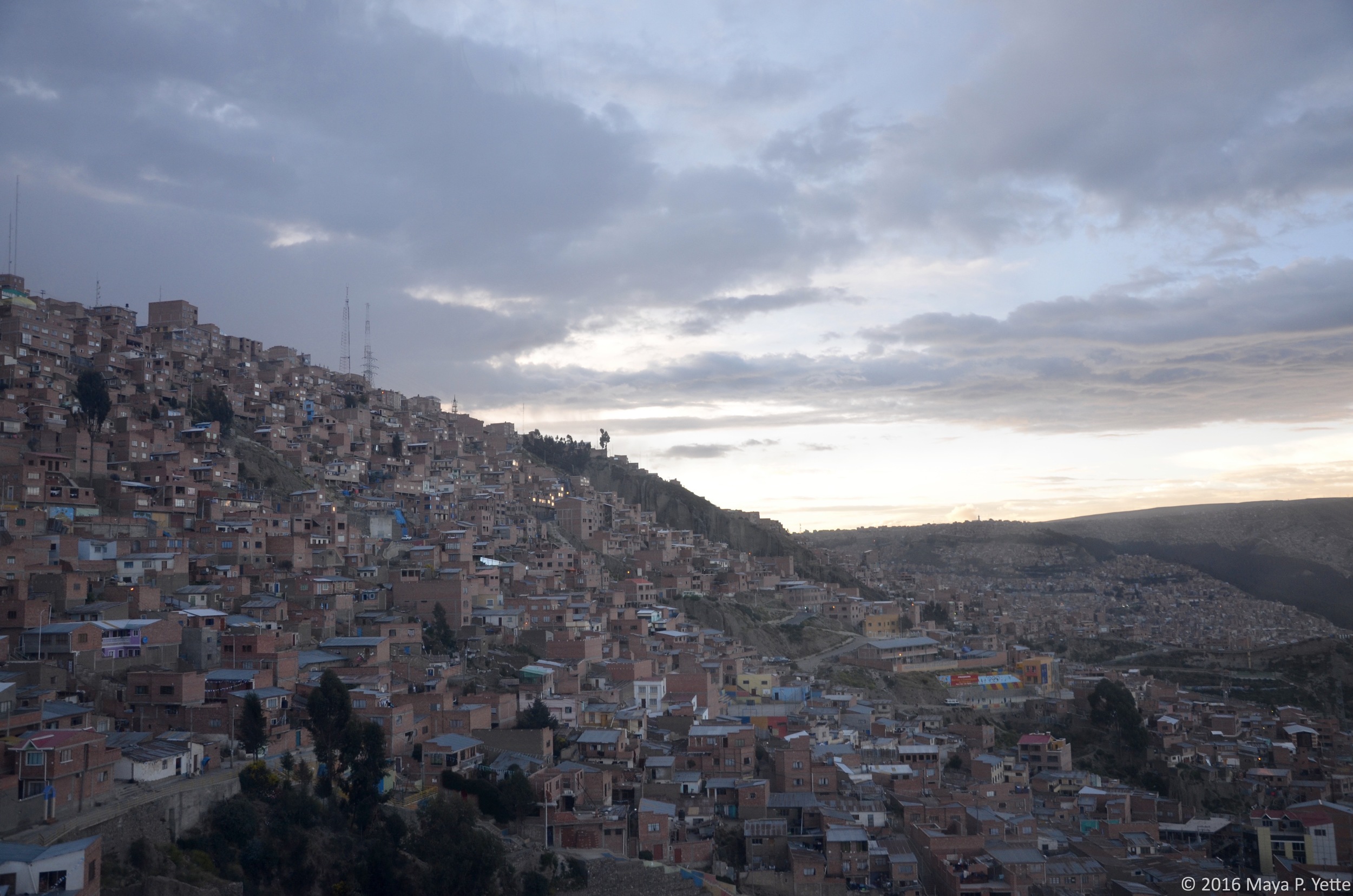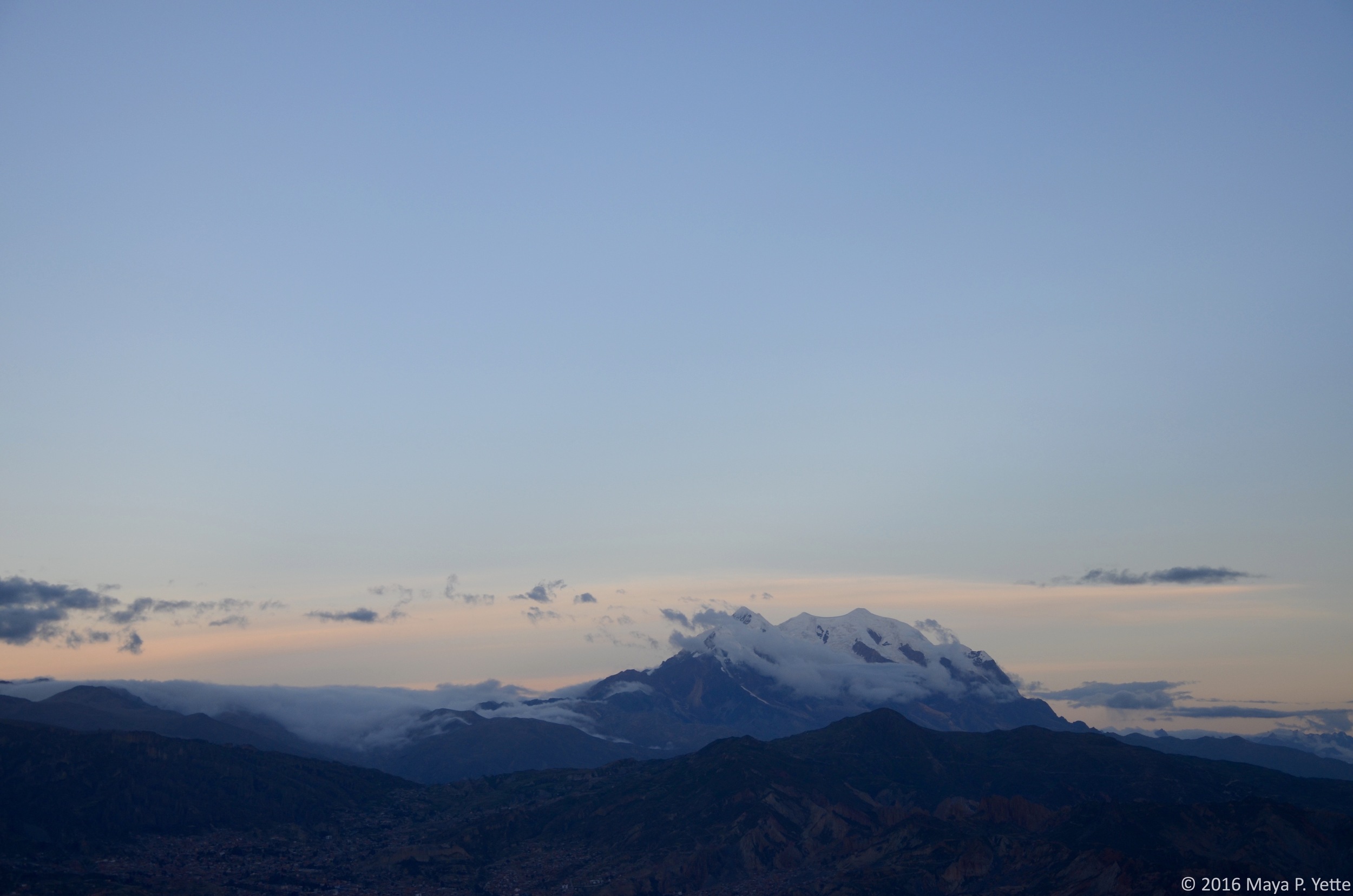* My dad suggested this title and probably didn’t think I would use it. He also didn’t think I’d be writing this post until at least 2017.
Prague was my first visit to a city in Eastern Europe and a great introduction to the region. Like many European cities, Prague is oozing with charm and all of the streets and buildings are just waiting to have their pictures taken. It also has a complicated history that is still seen when you walk the streets of this beautiful city.
I spent about two weeks in Prague in July (the other two weeks I spent in Sayulita, Mexico for a company team retreat) and the weather was great, especially after less than ideal weather during our month in London. I was based in a neighborhood called, Žižkov, which was extremely livable and removed from the craziness of all the tourists in Prague’s Old Town Square, but still pretty central. There were a number of cute cafes and restaurants nearby, and we were a short 20-minute walk to our co-working space, K10, which is housed in the old Danish embassy and one of my favorite workspaces of the year. I also lived right across the street from the infamous Žižkov TV Tower, known as the second ugliest building in the world and which has ten giant babies designed by a famous Czech artist crawling up and down its sides. This tower, the tallest building in the Czech Republic, served as our guiding light home for the month.
I found Prague easy to navigate using a combination of Uber, train and my own two feet to get around. I usually try to do a walking tour of each city we visit to get my bearings early on. In Prague, the tour of the Old City took us from the Old Town Square to see the famous Astronomical Clock, through the Old Jewish Quarter to Wenceslas Square and ended with a visit to the Powder Tower.
My dad came to visit for a few days shortly before we left Prague and I had saved up the rest of my exploring for his visit. Our first stop was the famous Prague Castle, which is featured on many of the iconic images of Prague. I was surprised to learn that it’s not a castle in the traditional sense, but a complex of churches and an old palace, which has served as the seat of Czech princes and kings, as well as the Prague bishop. We also walked across the Charles Bridge to visit the John Lennon Wall for some obligatory photo ops.
Over the weekend, we tried to avoid the traditional tourist attractions and visited a couple of underrated destinations, which turned out to be some of my favorites. We started with a visit to the Vyšehrad Fortress, which offers great views of the city below and has some pretty cool architecture within the park grounds. After wandering around Vyšehrad we walked down to the Náplavka Farmer’s Market for lunch, which made me a bit nostalgic for Sundays at the Dupont Circle Farmer’s Market.
During my month in Prague I was also surprised to learn that it’s home to a mini Eiffel Tower, built in 1891 as part of the Jubilee Exhibition, sitting atop Petrín Hill overlooking the entire city.
Within the Old Town, the Klementium, a complex of baroque and rococo halls is also home to, arguably, one of the most beautiful libraries in the world (no pictures allowed, sadly, so check out the link), in addition to the Czech National Library. These are the kind of attractions that I probably wouldn’t have visited if I were in Prague for a few days, but that I had the luxury of discovering because of my slow travel style this year.
Prague also has some pretty good food and, of course, beer that’s cheaper than water. Some of my favorites were Field, Čestr and the Letna Beer Garden (go at sunset for the best views). There’s a food tour that I didn’t have a chance to participate in, but which gets rave reviews if you’re ever in Prague. The owners also rent out a very cute apartment, so maybe that will be my next home base when I make my way back to Prague one day.





